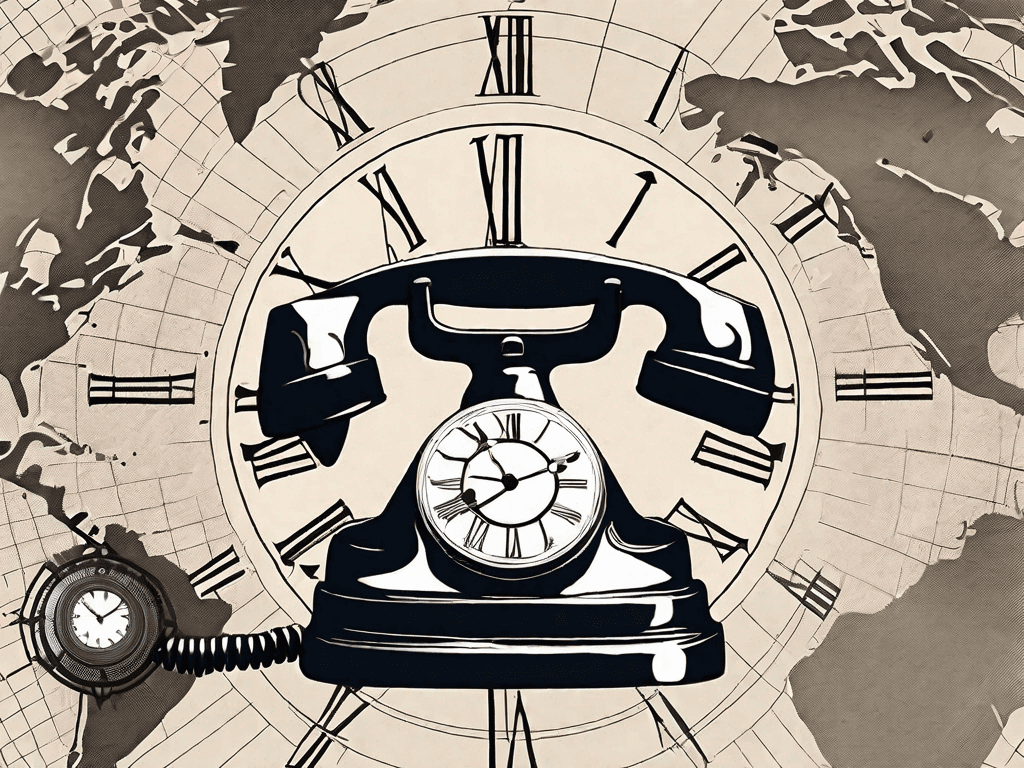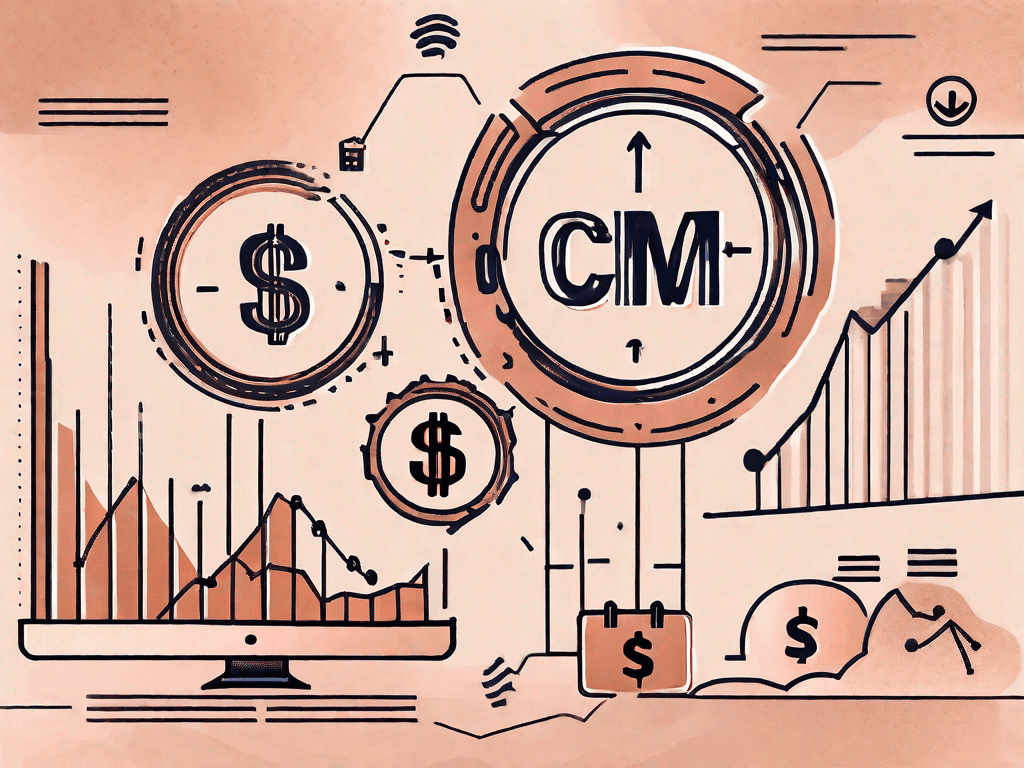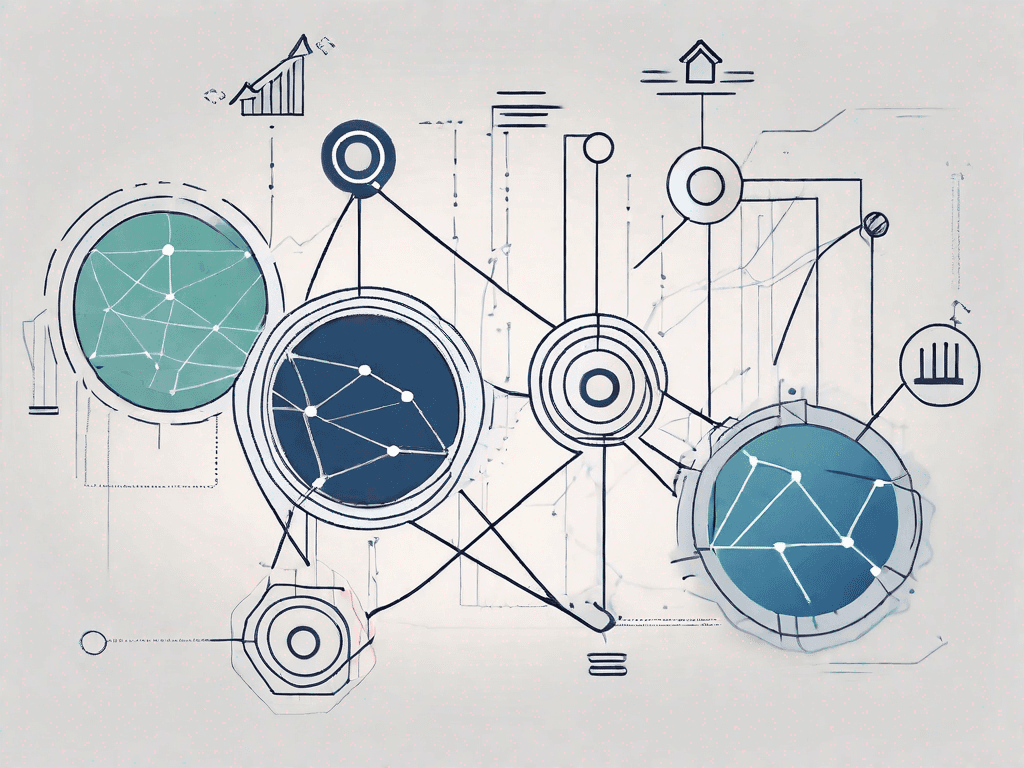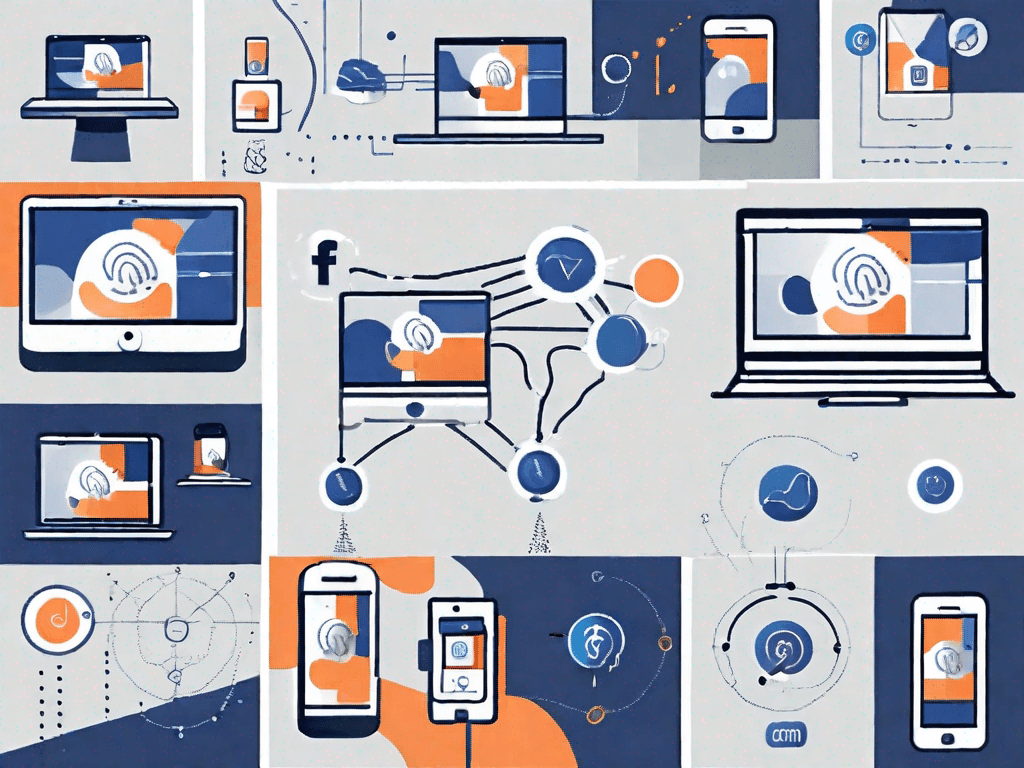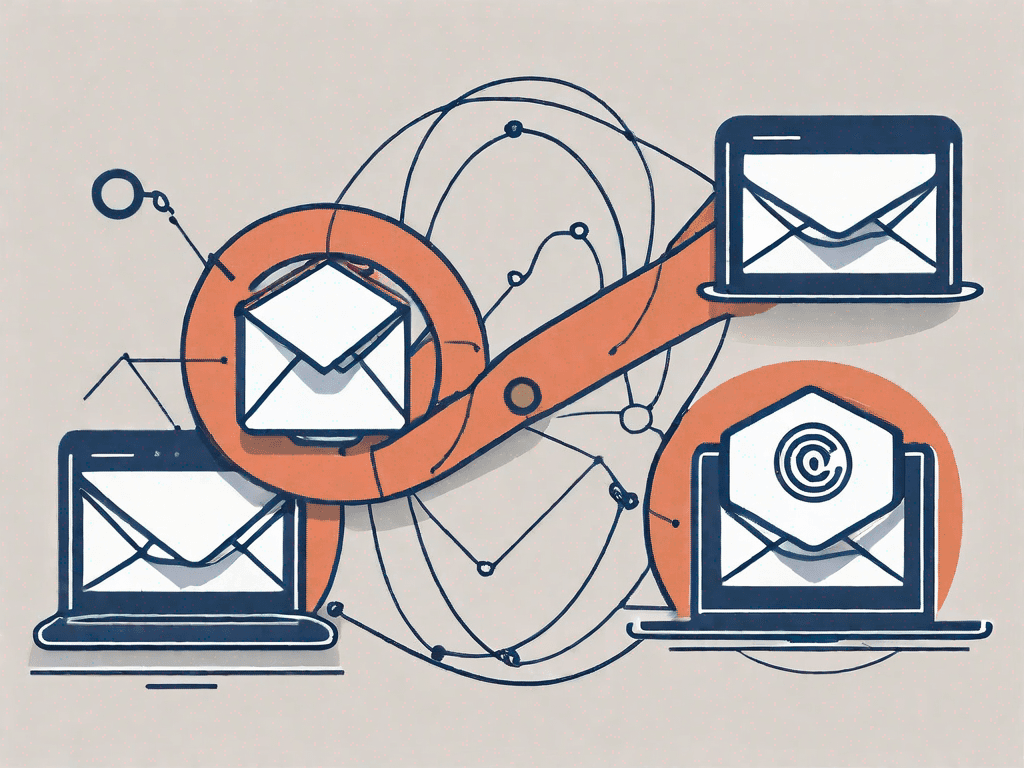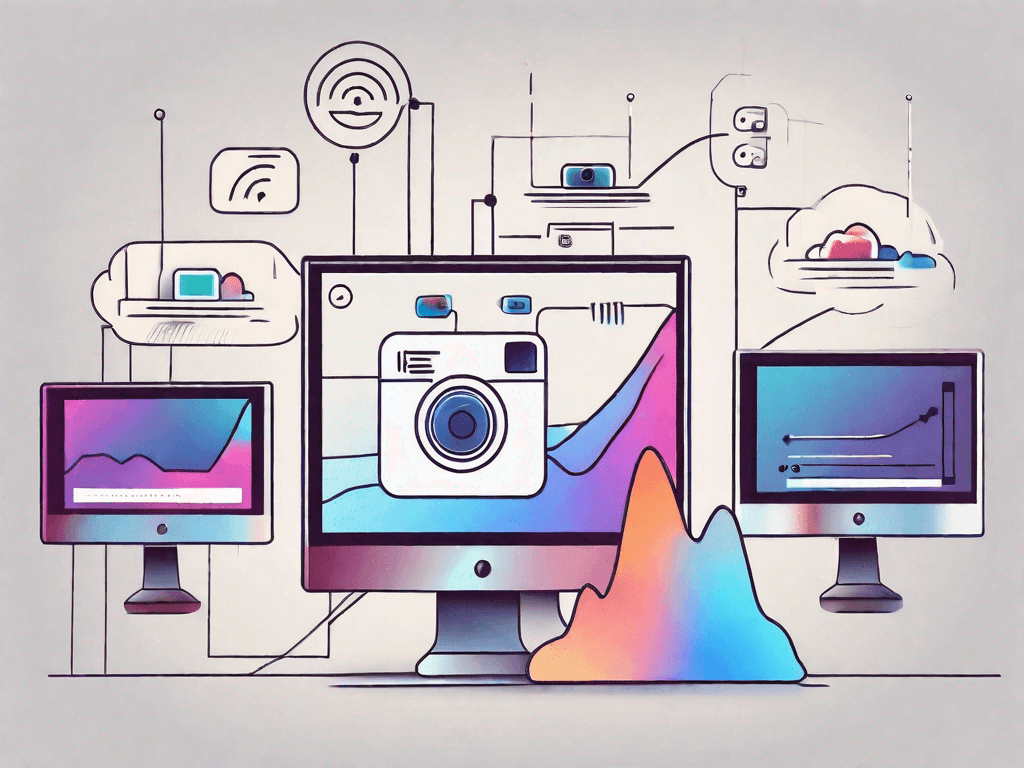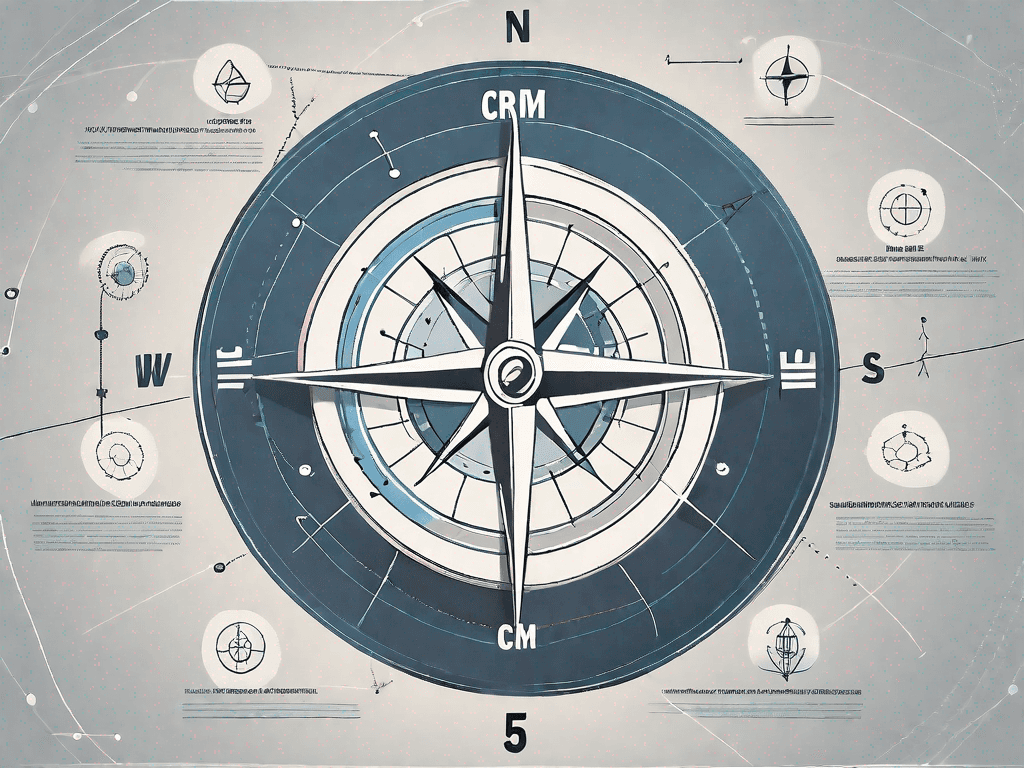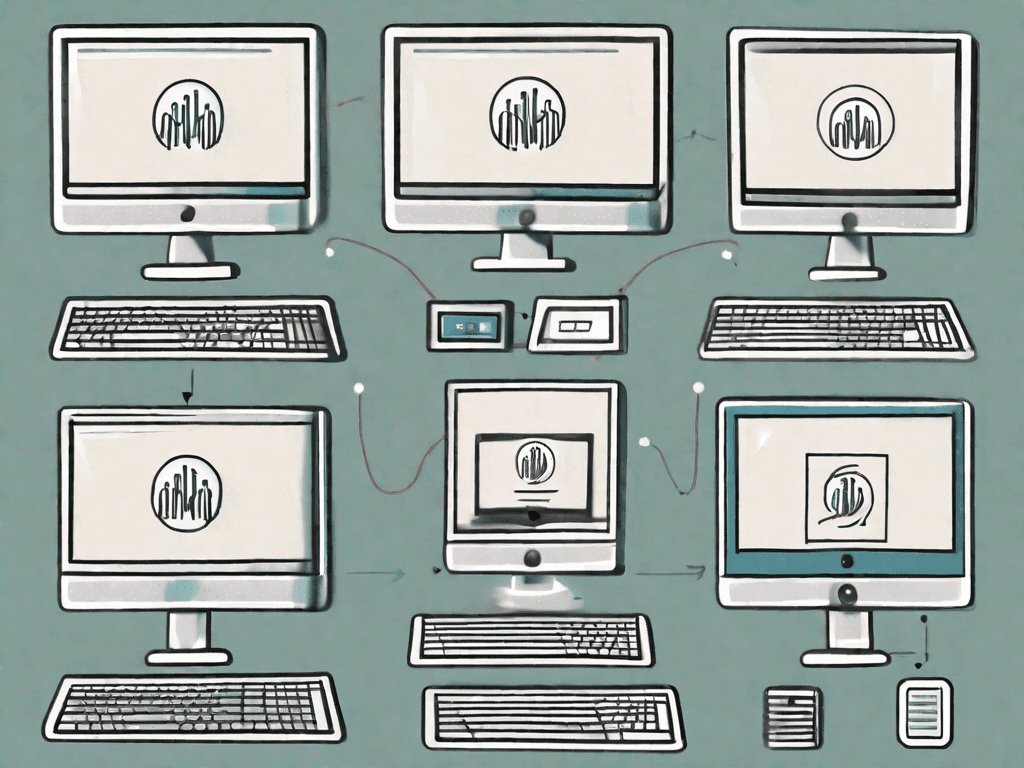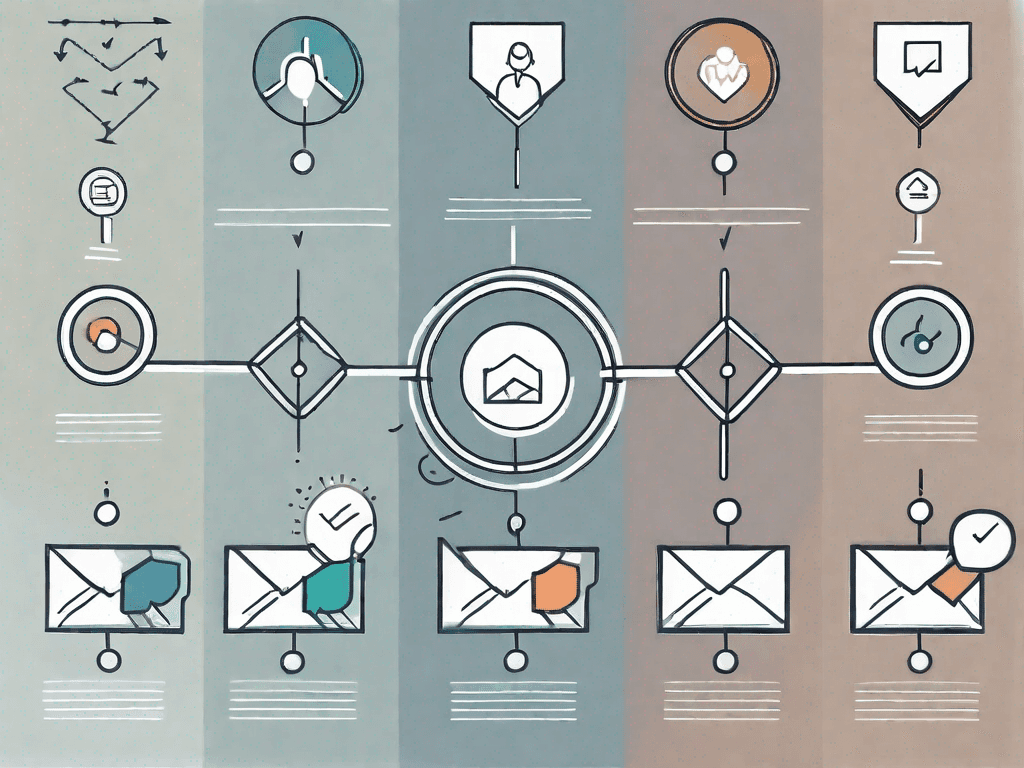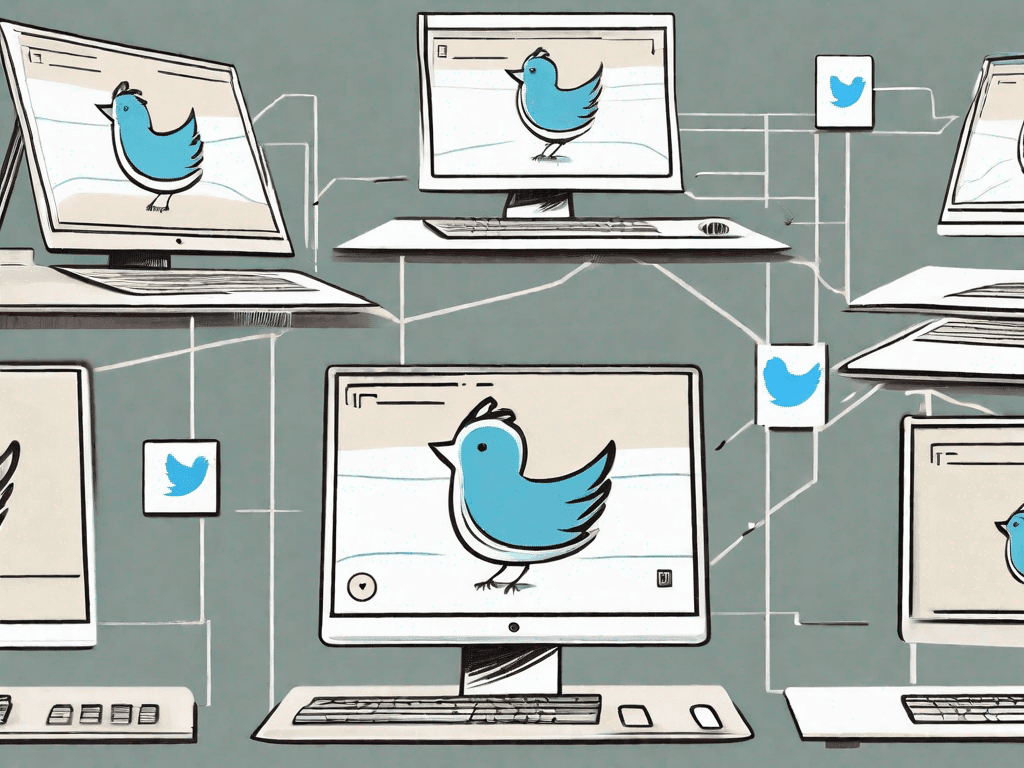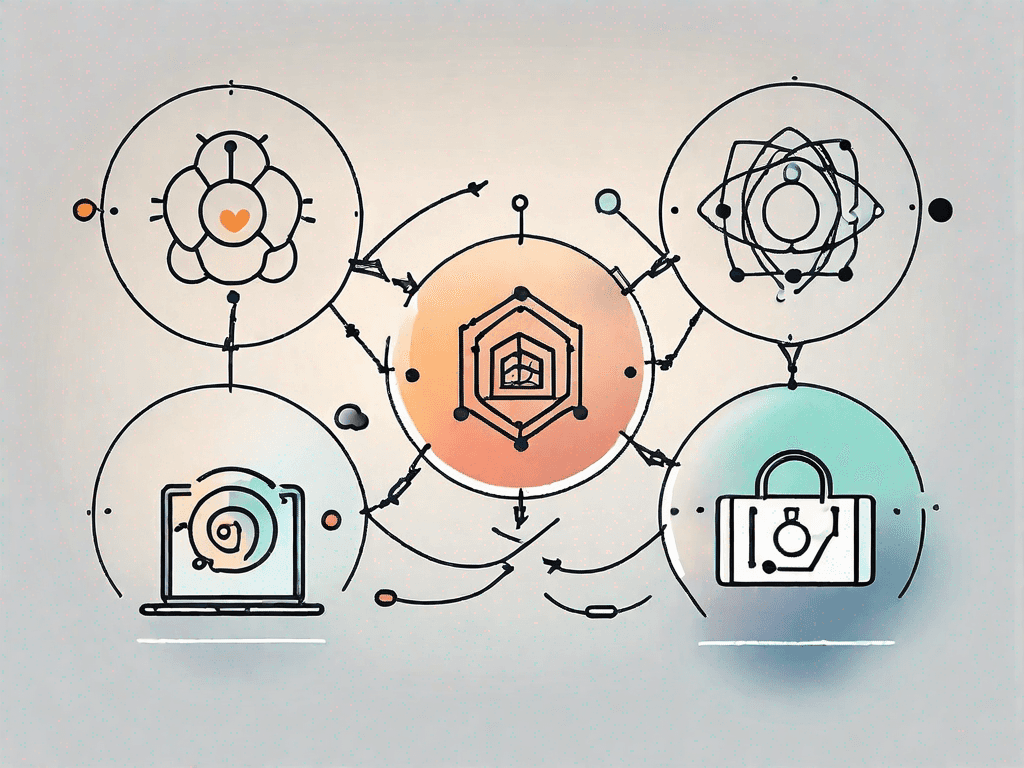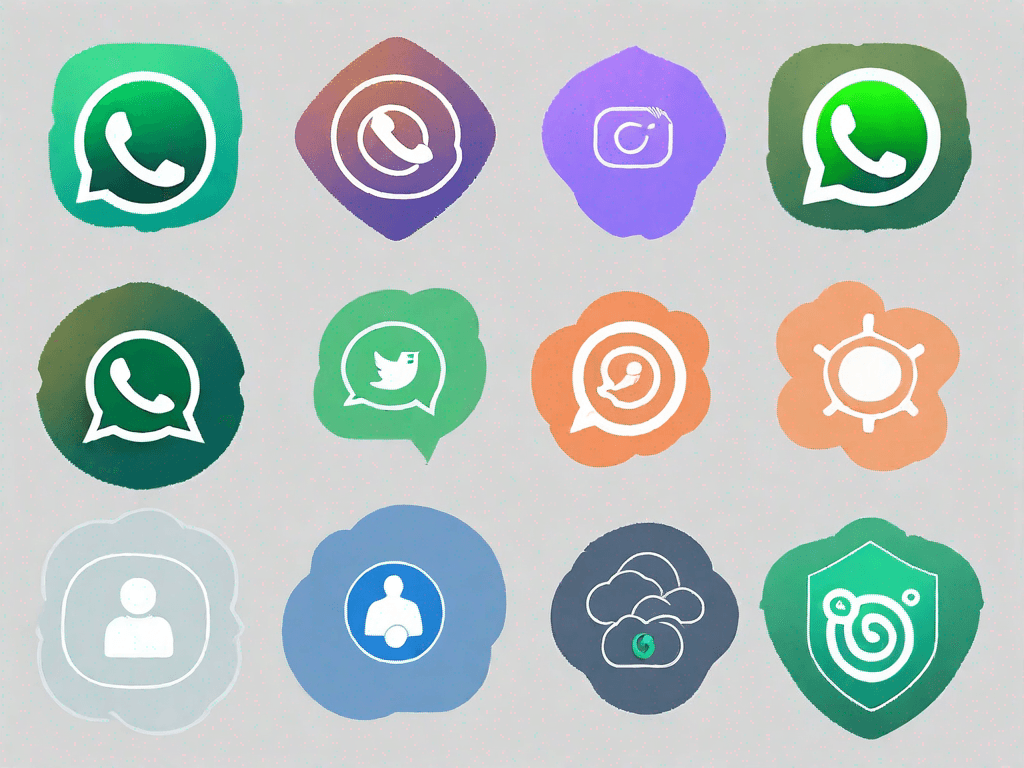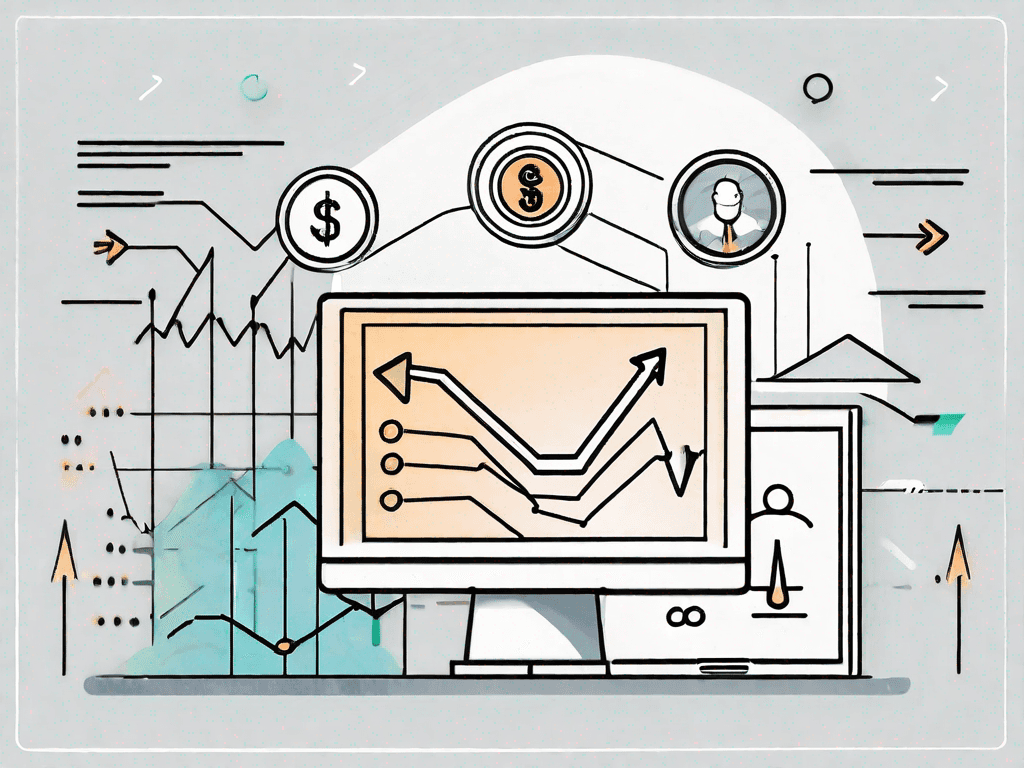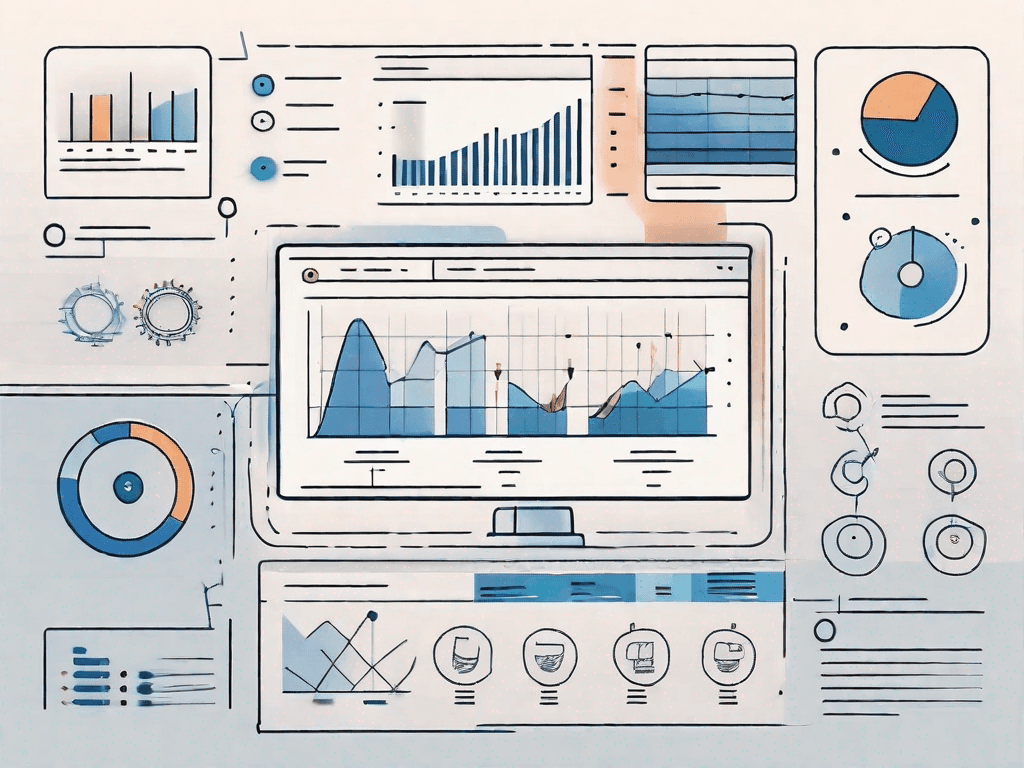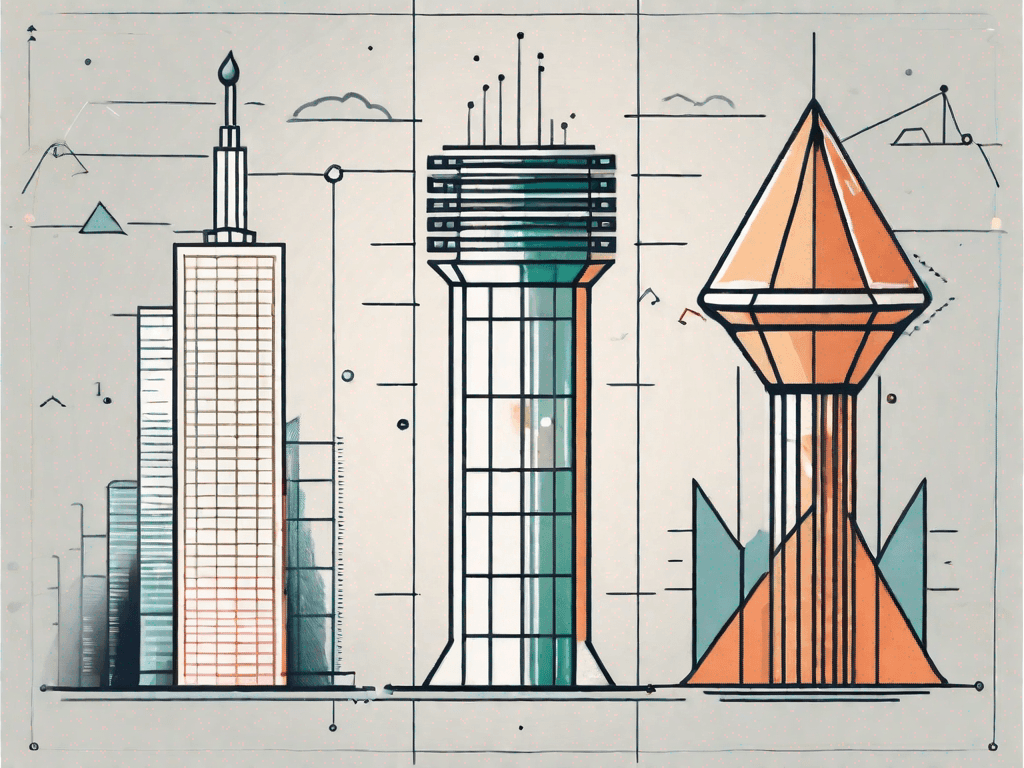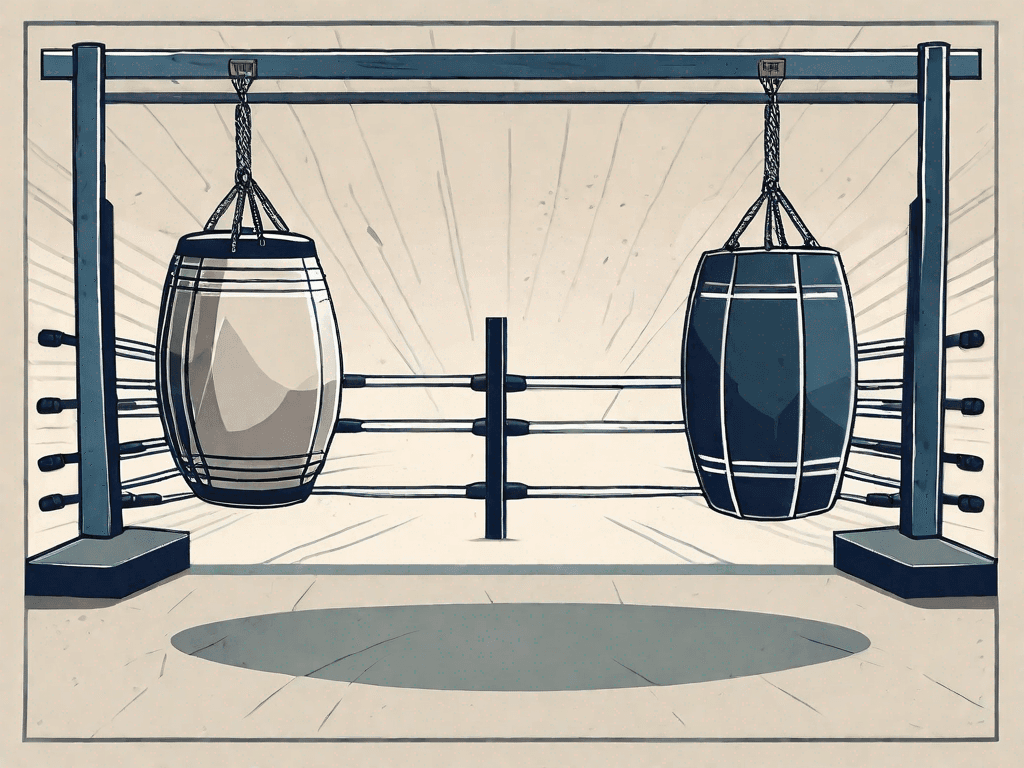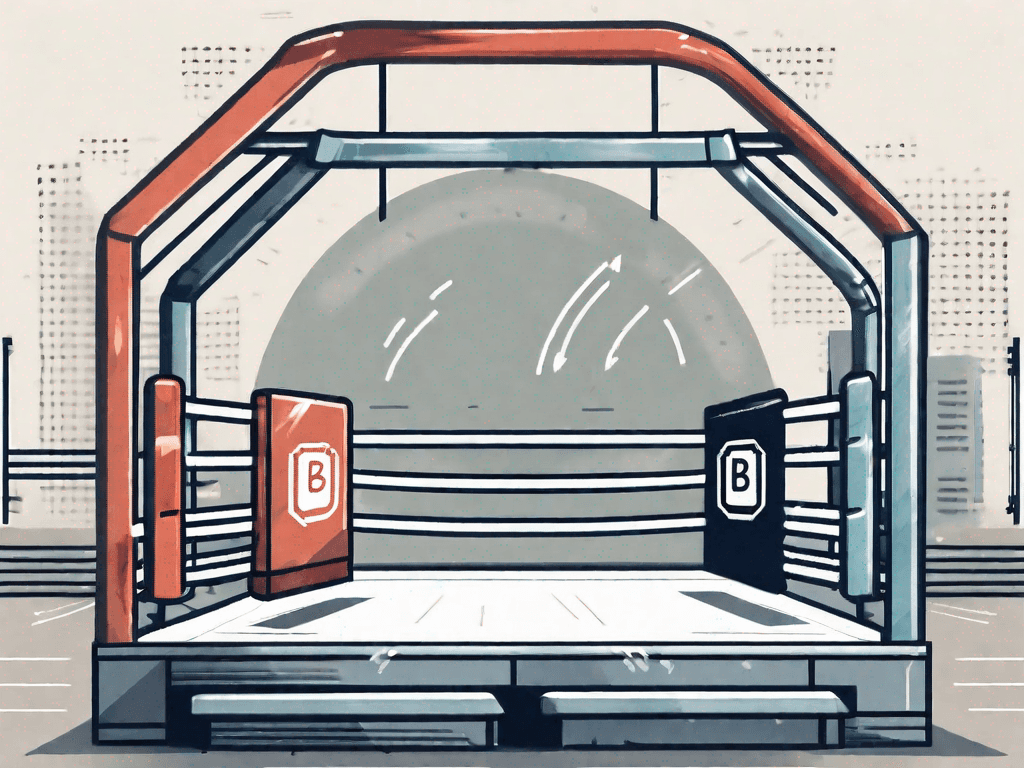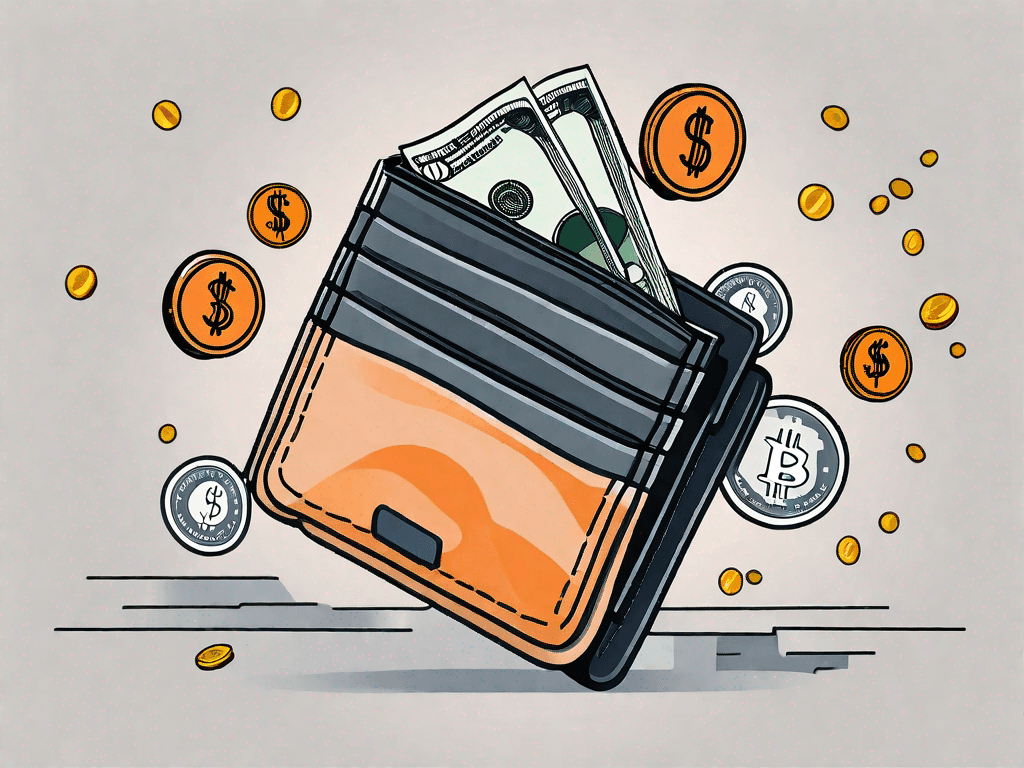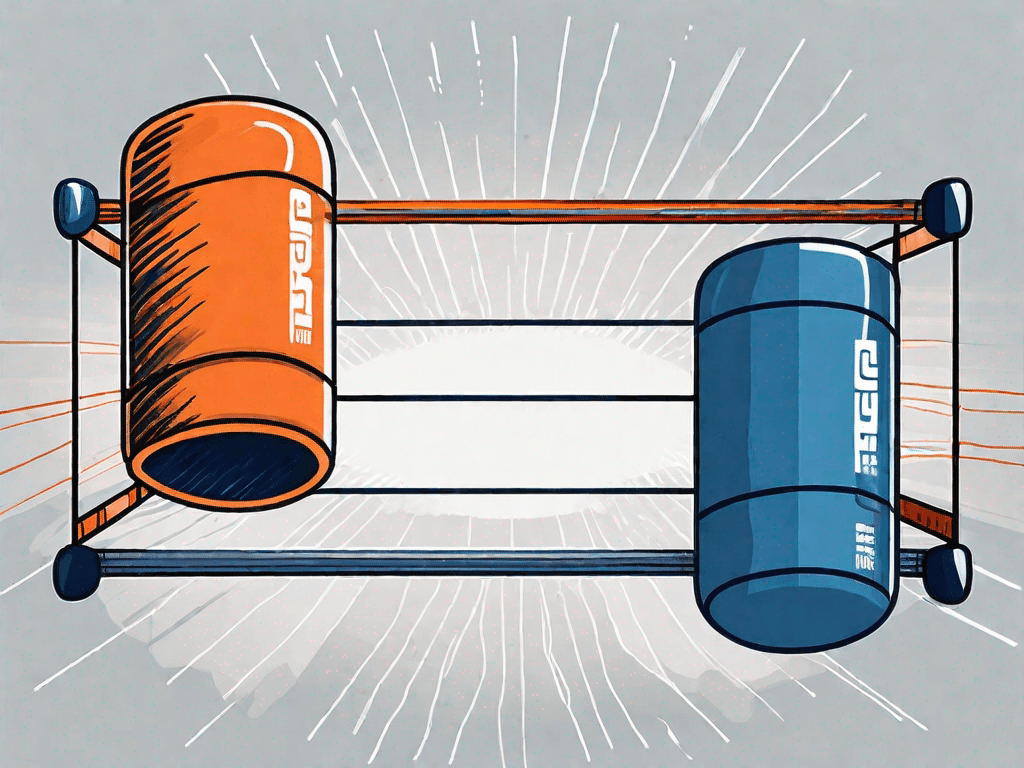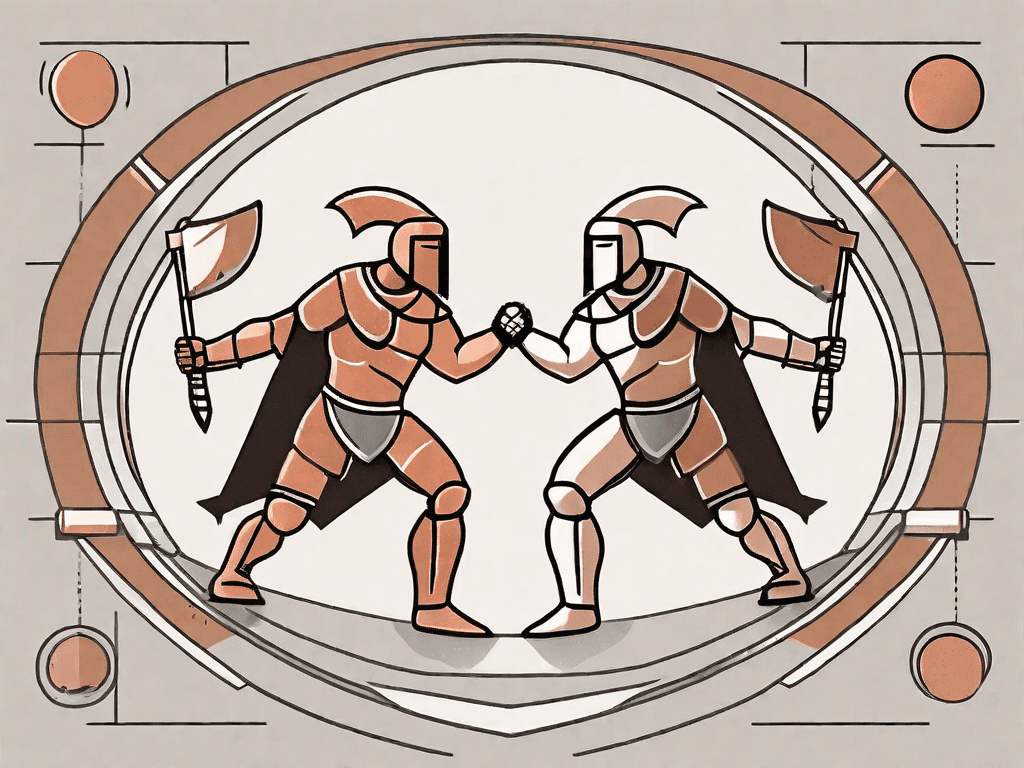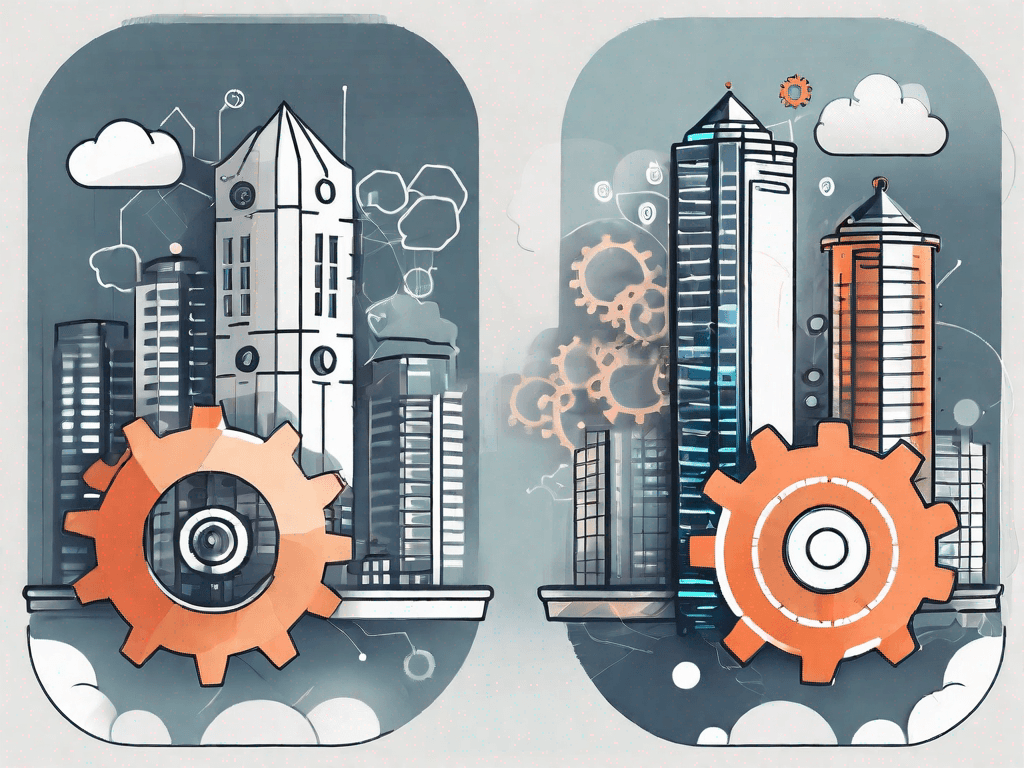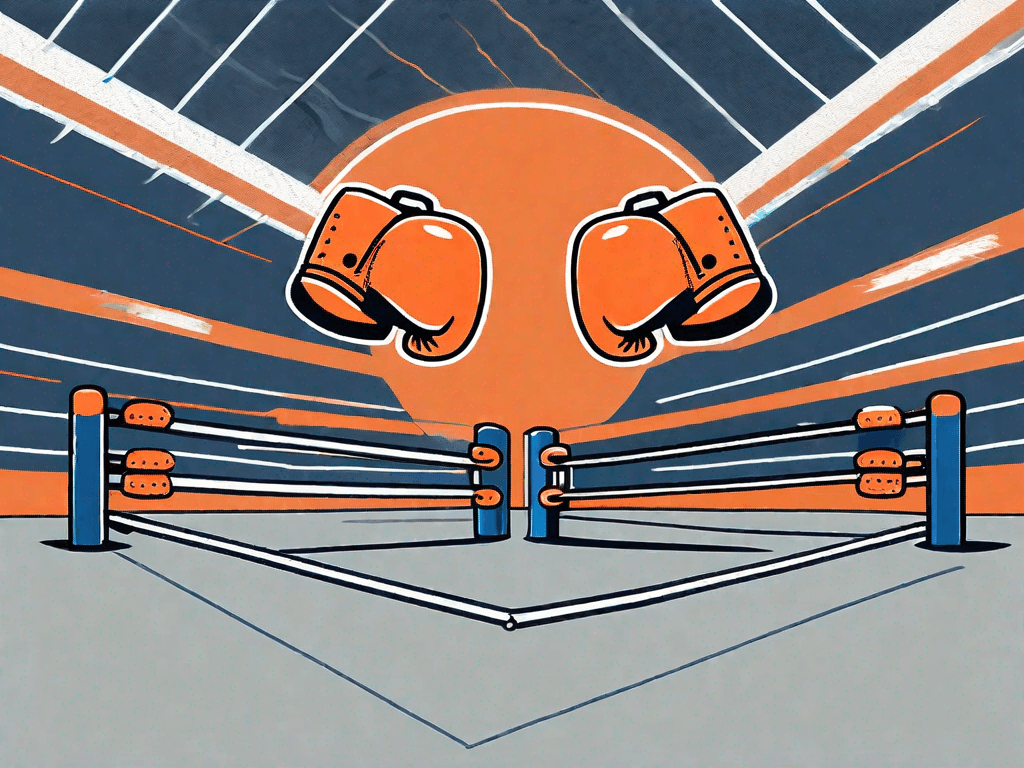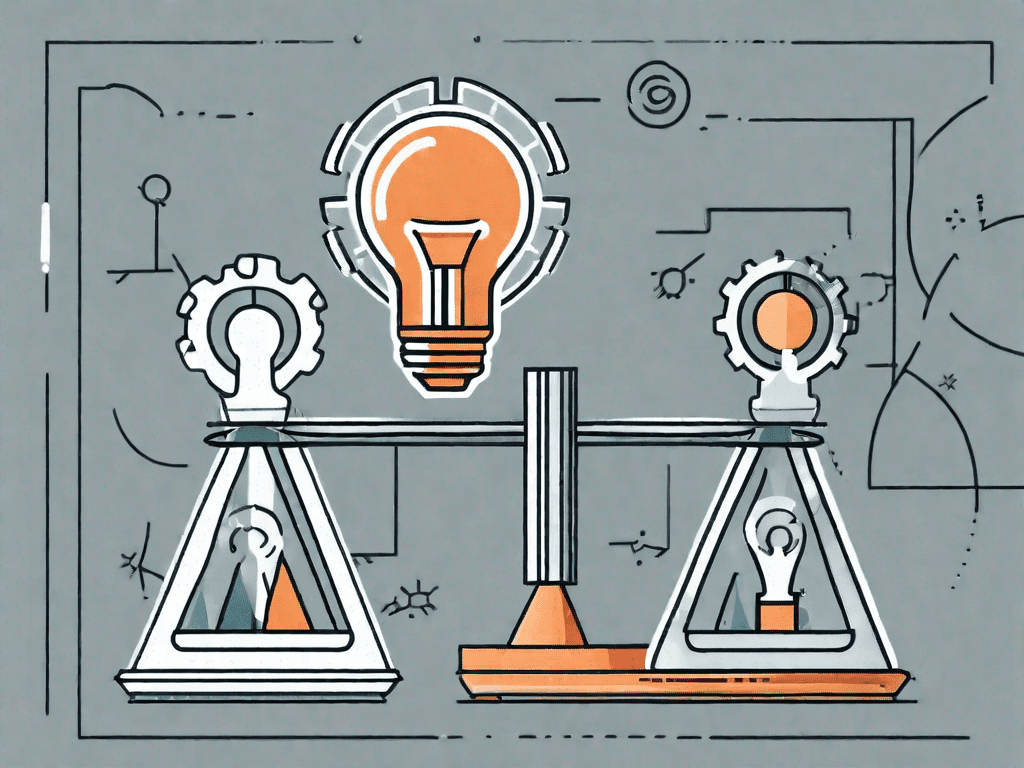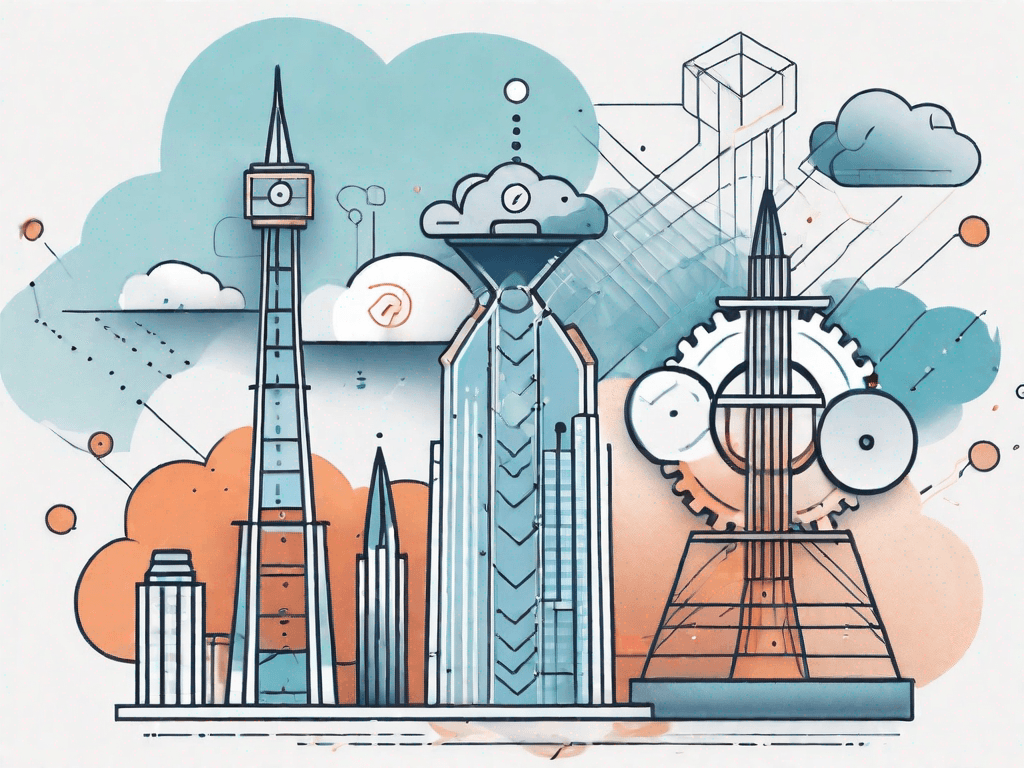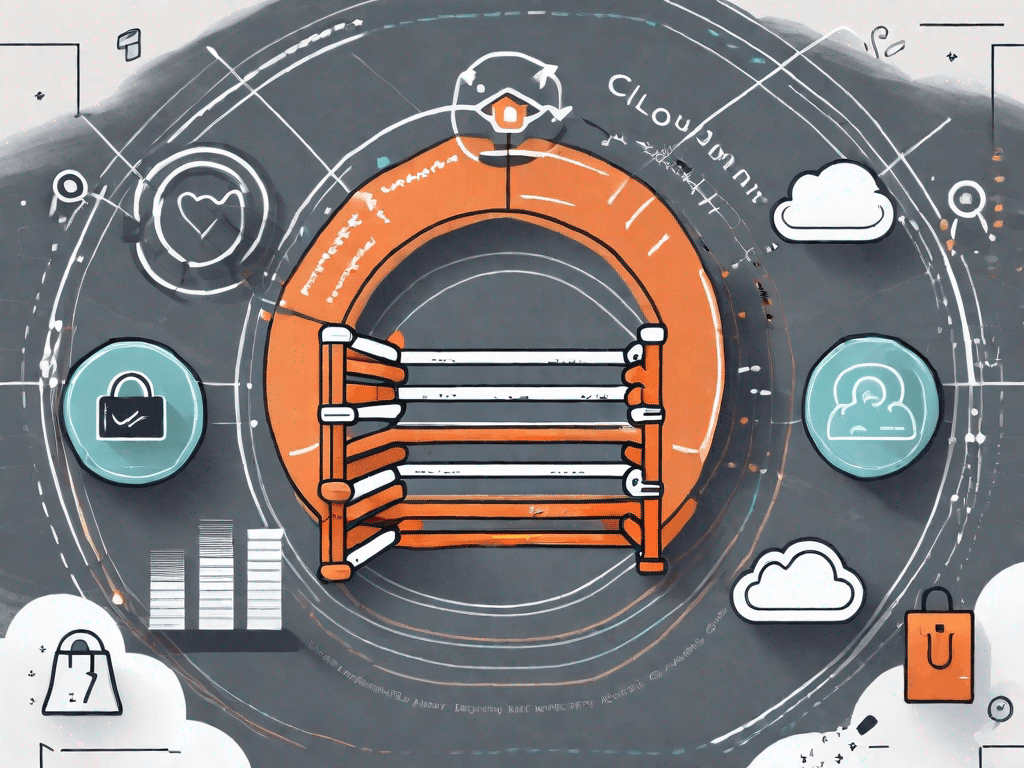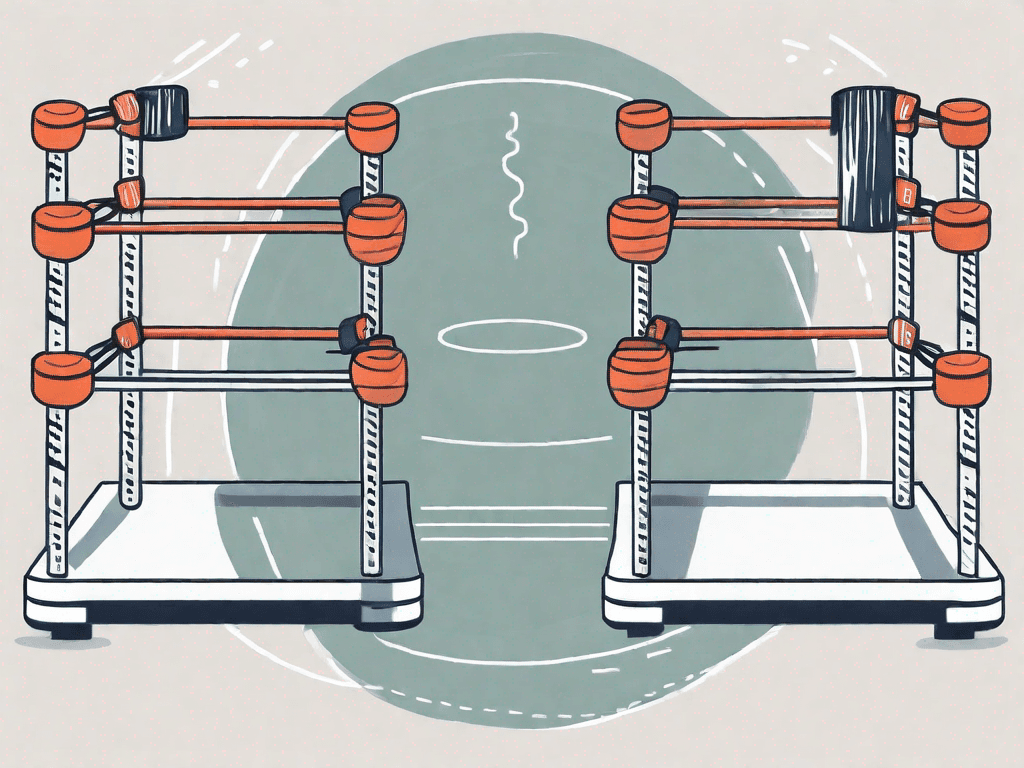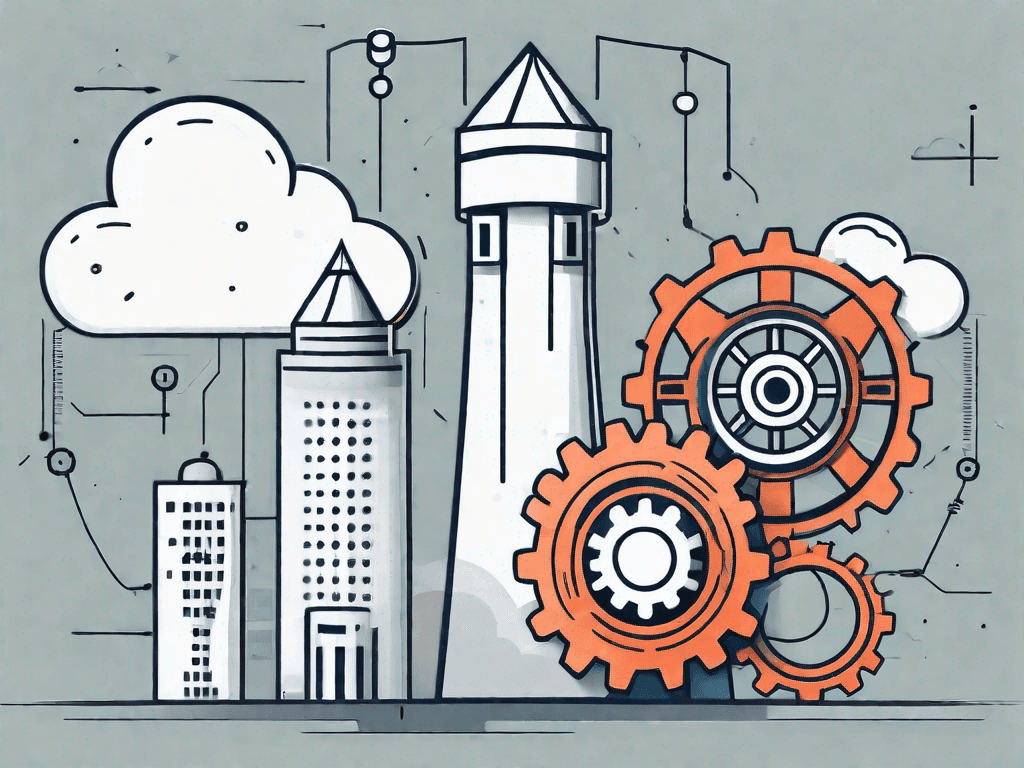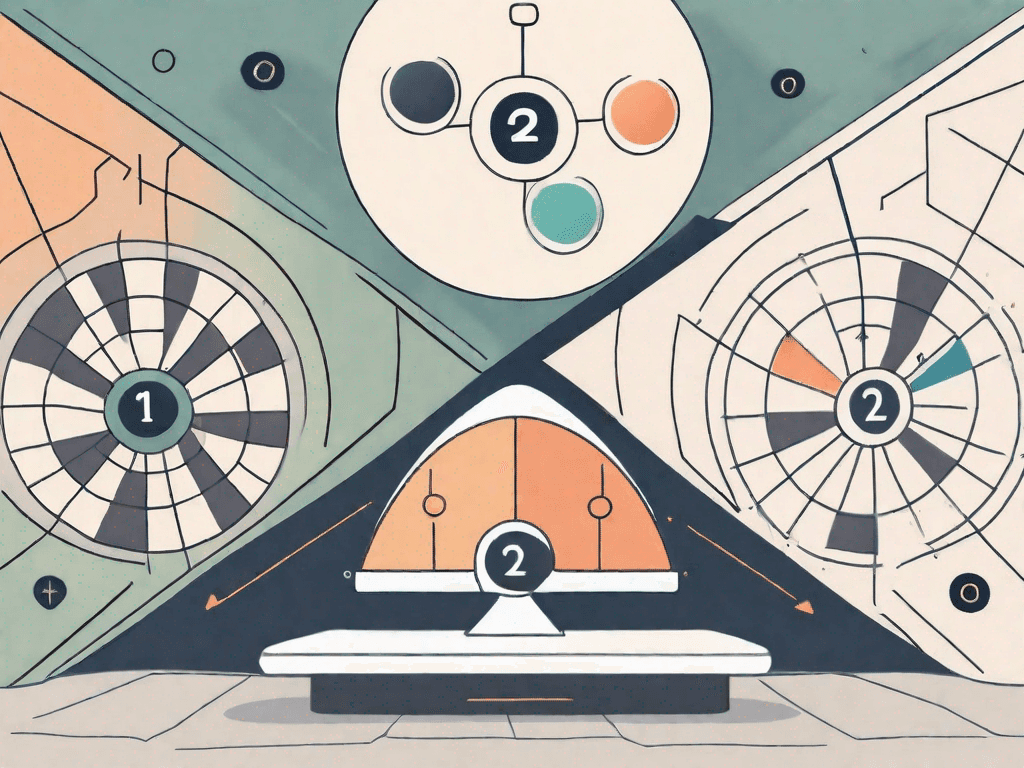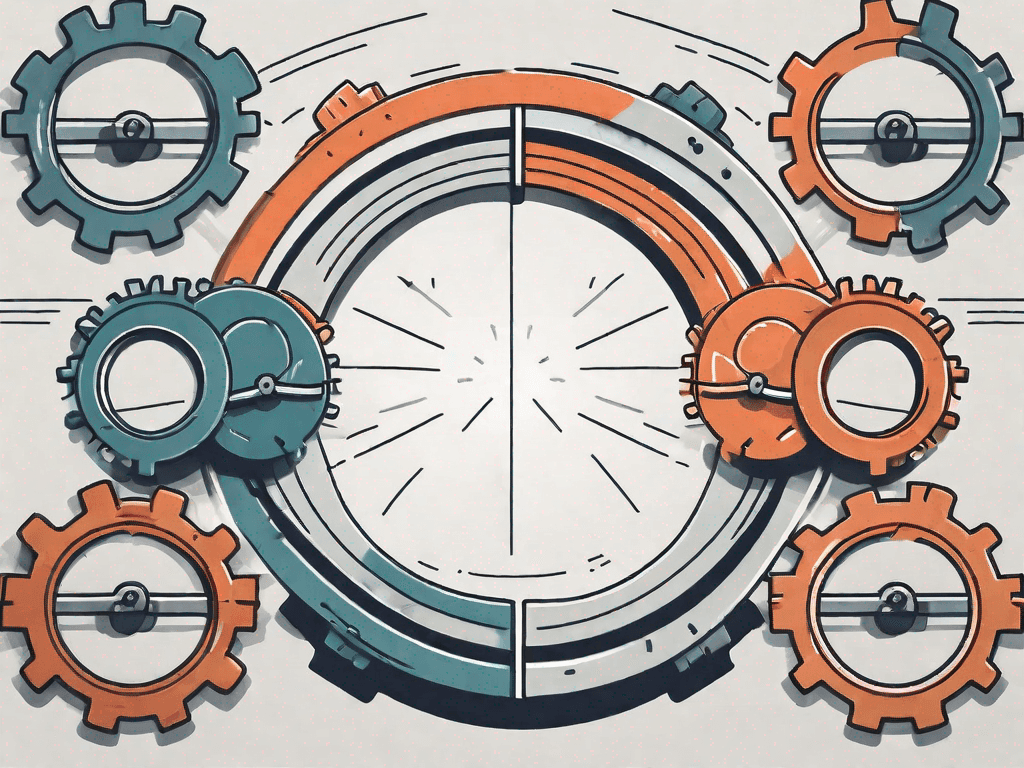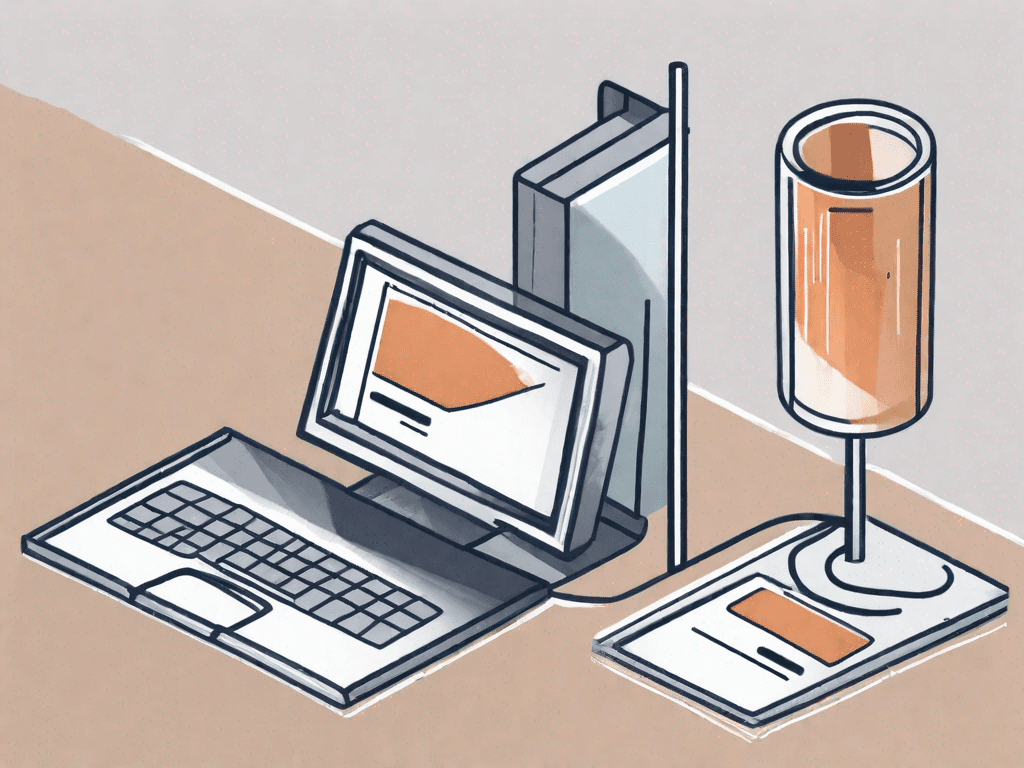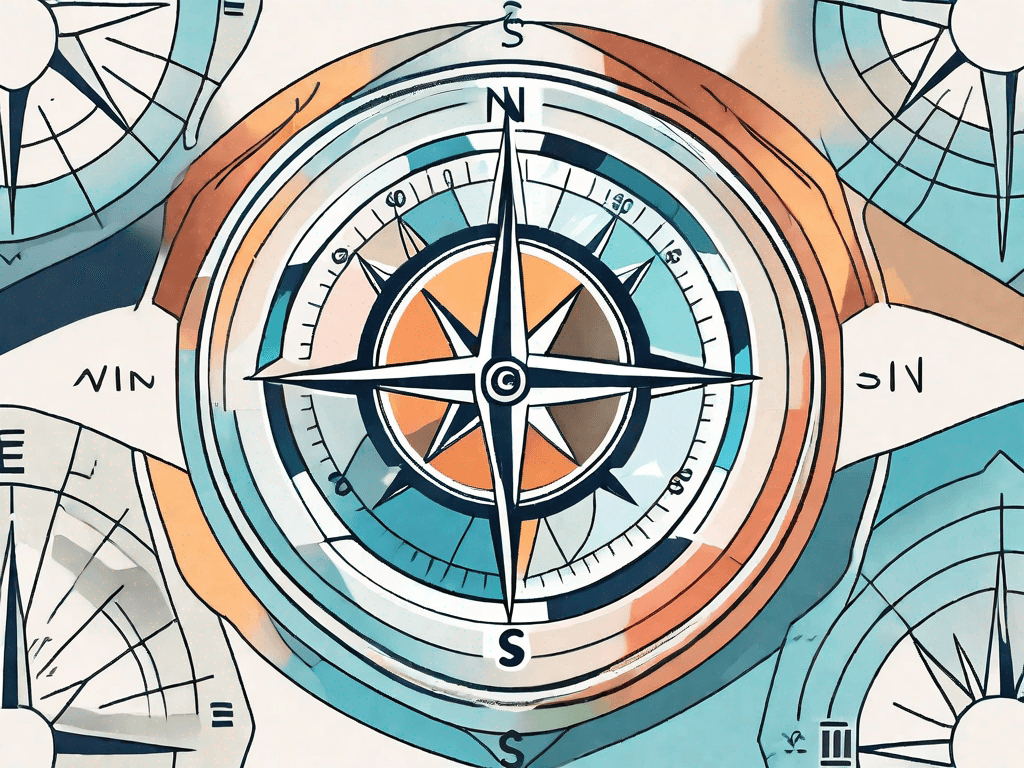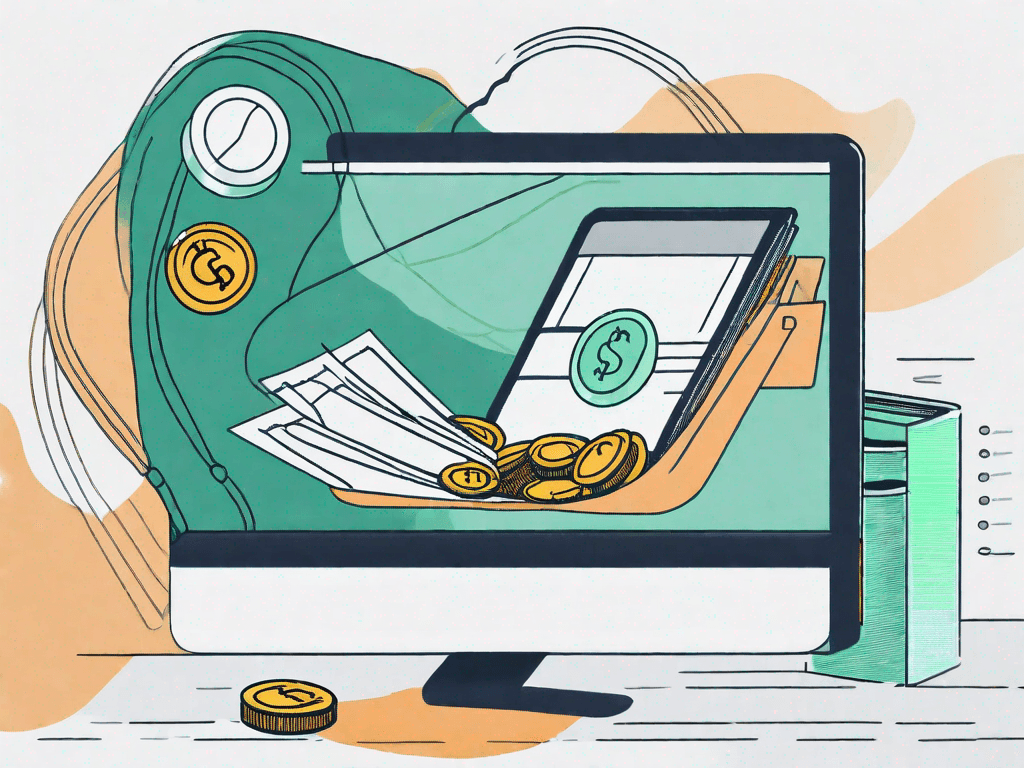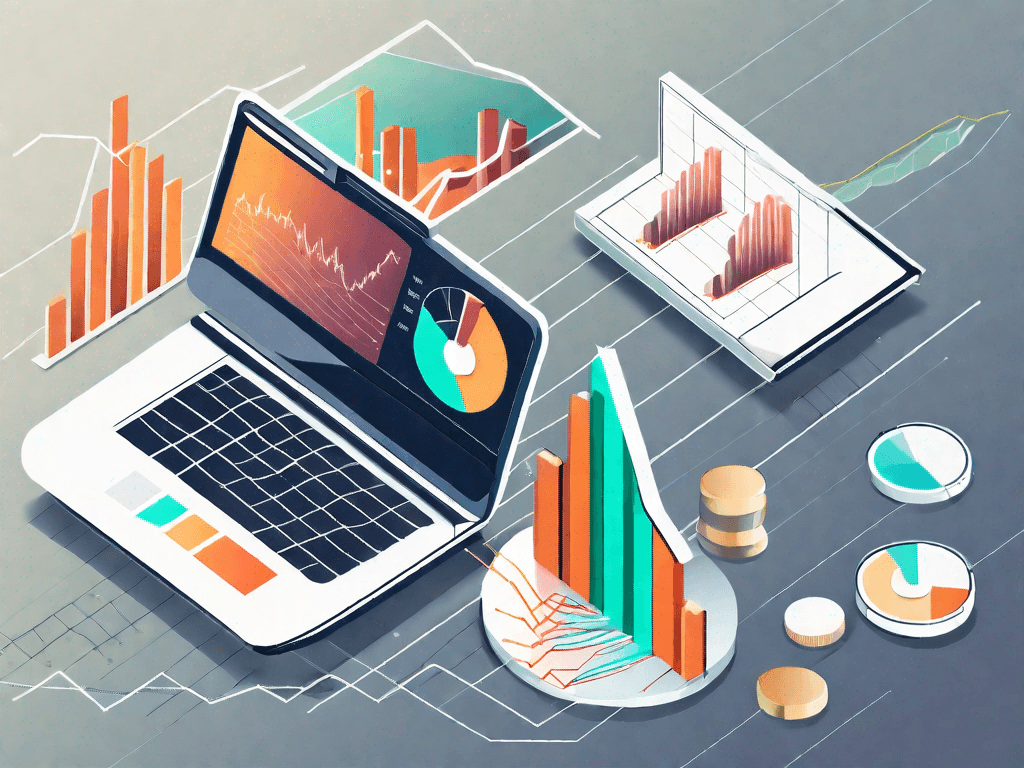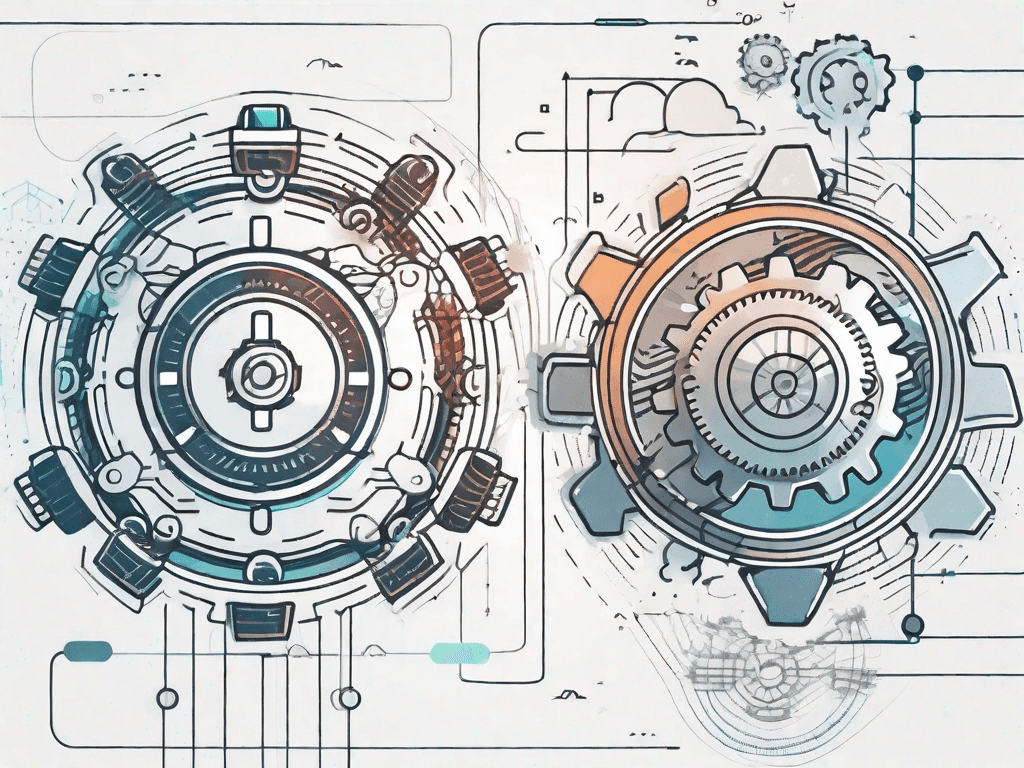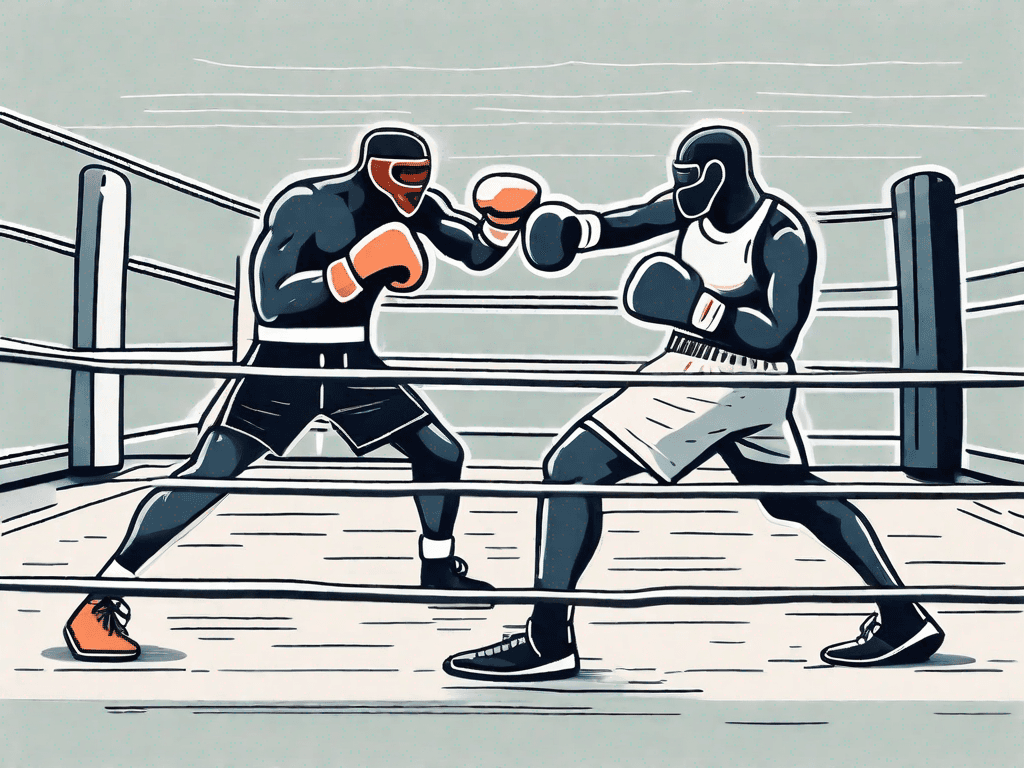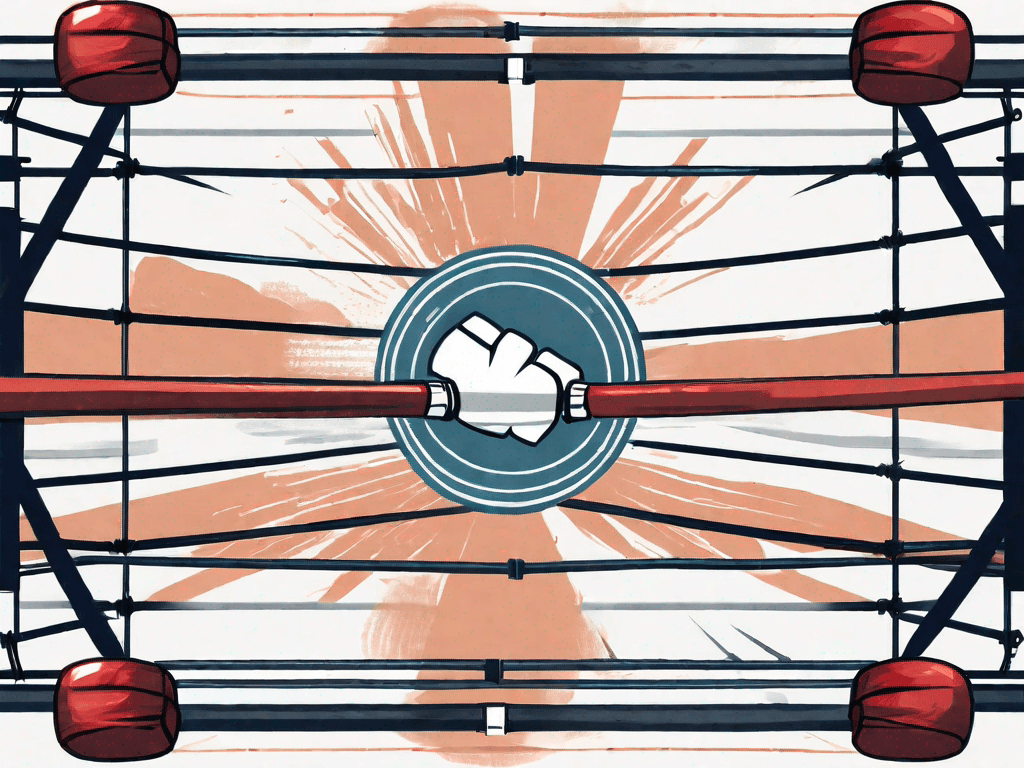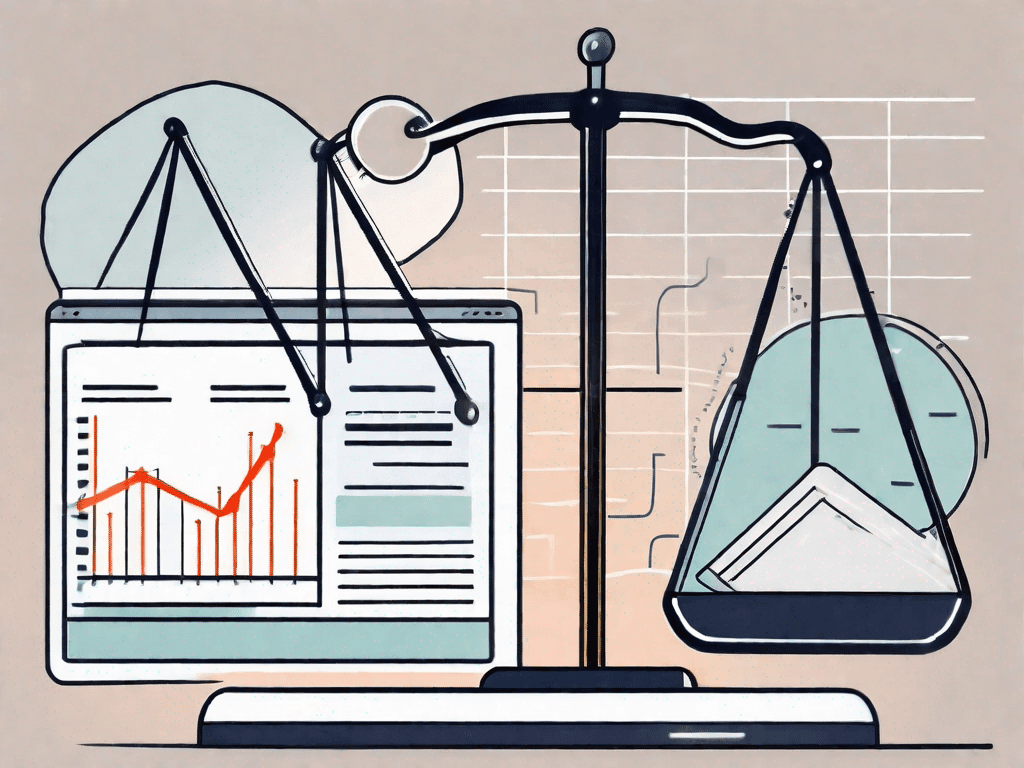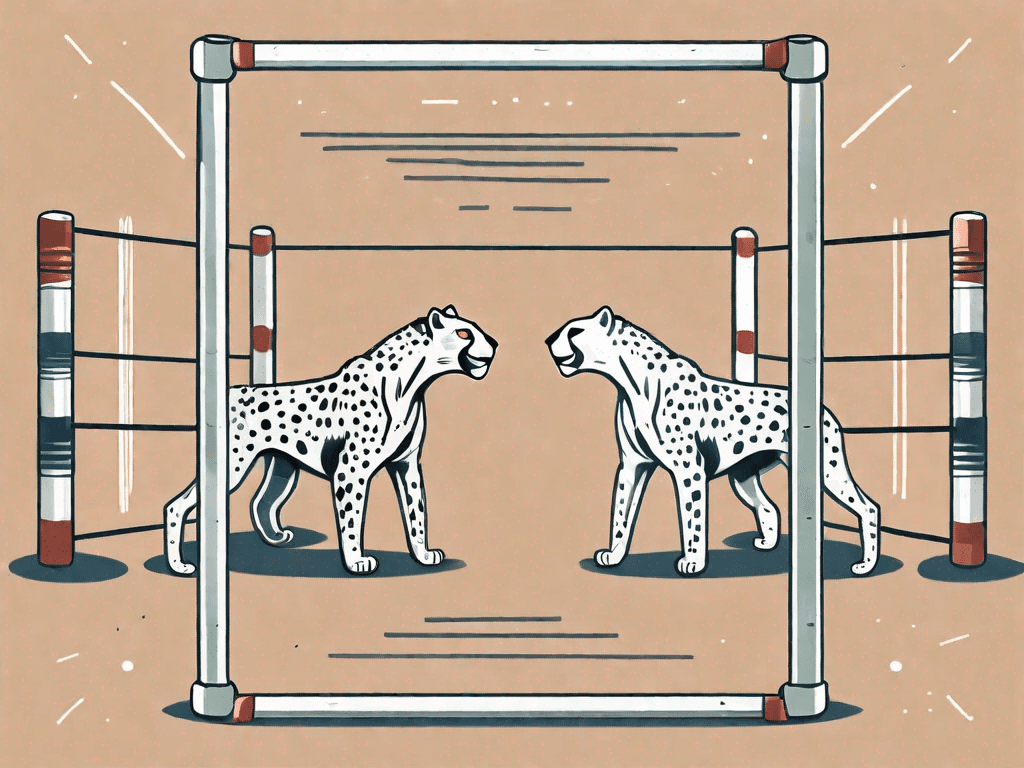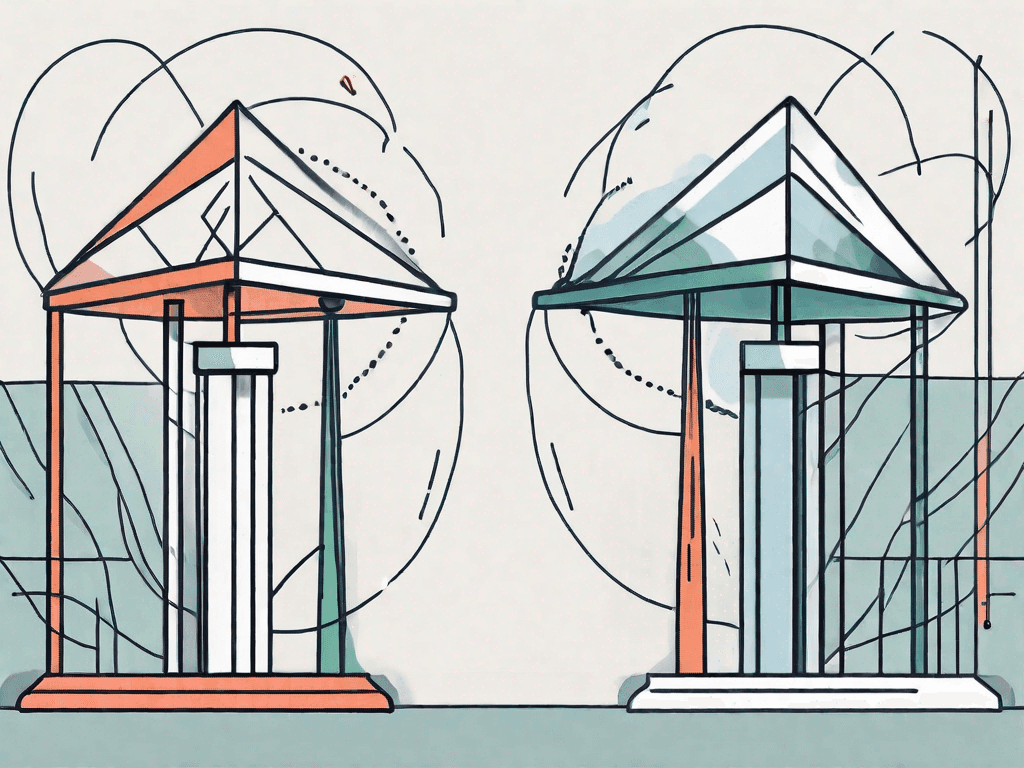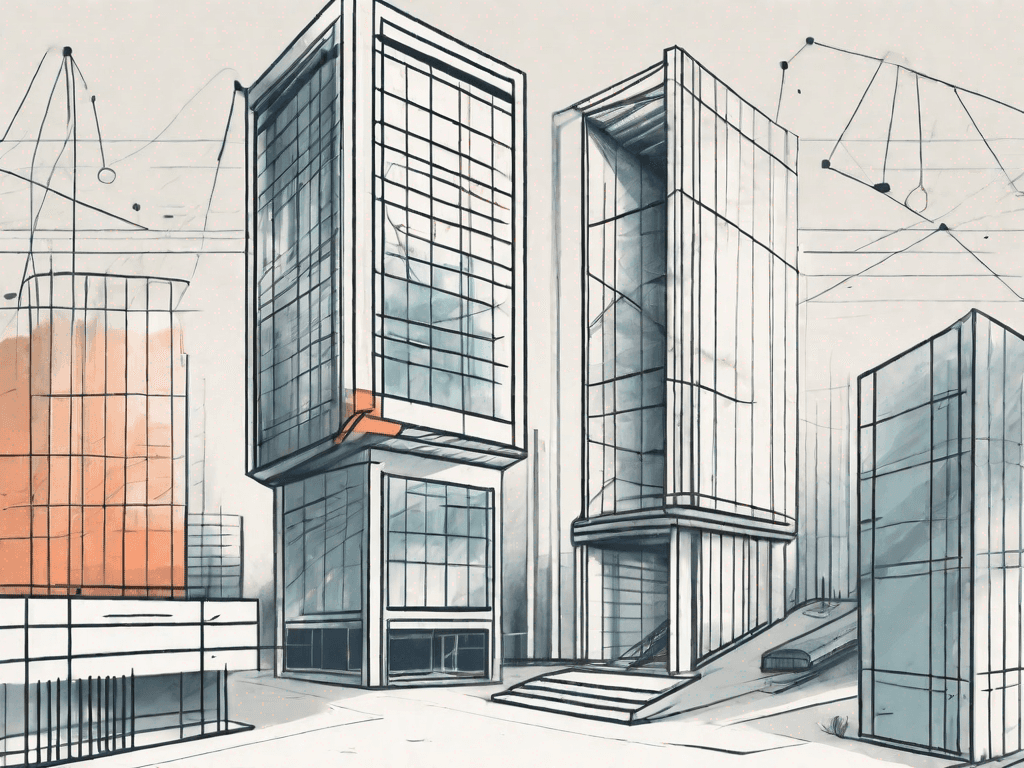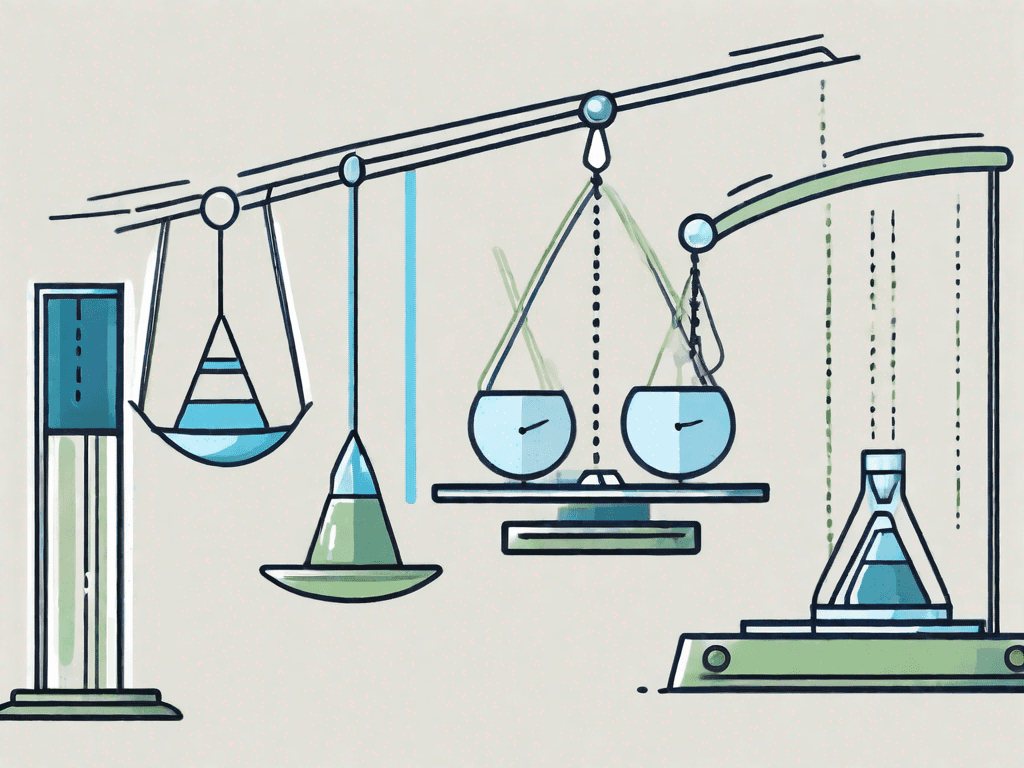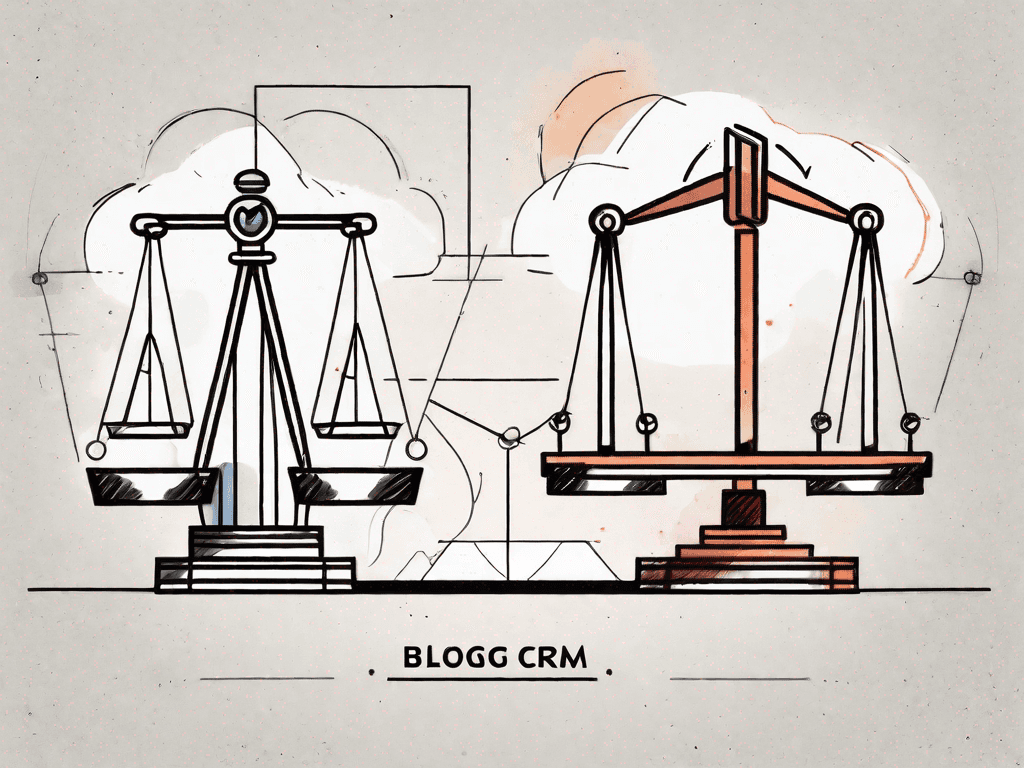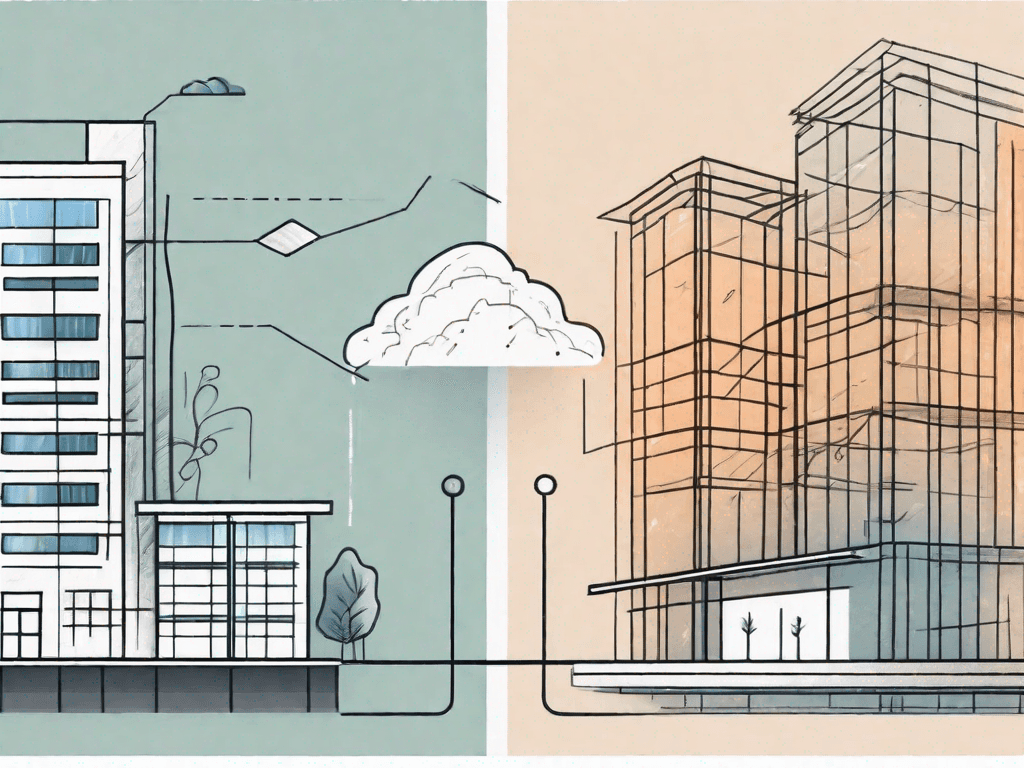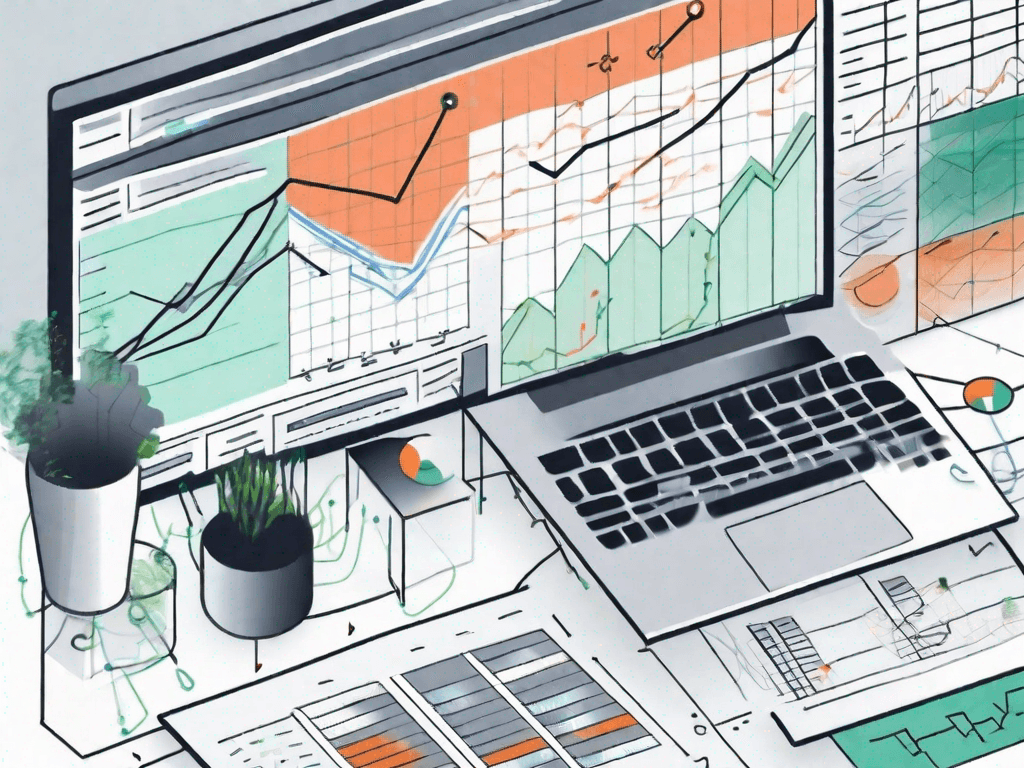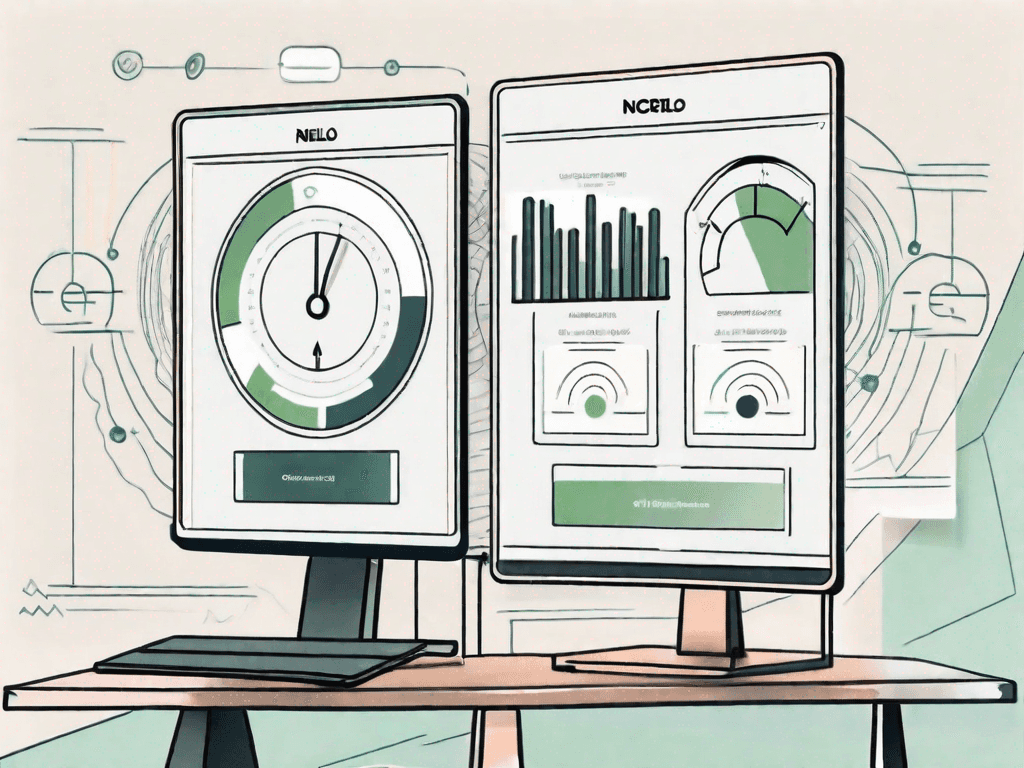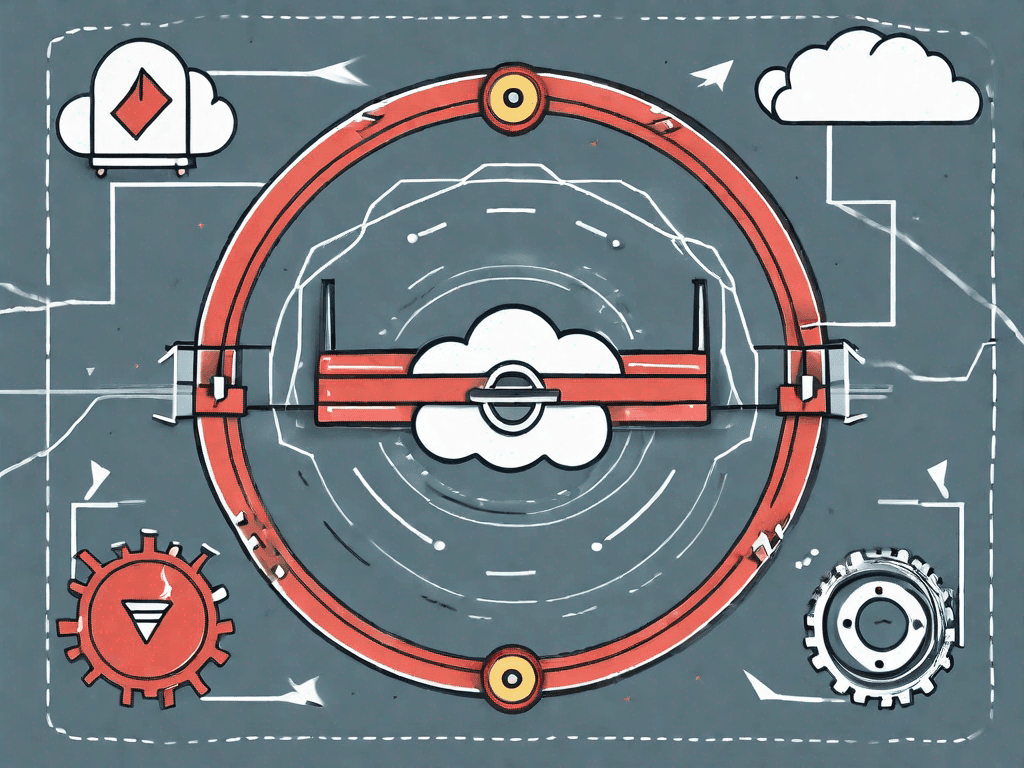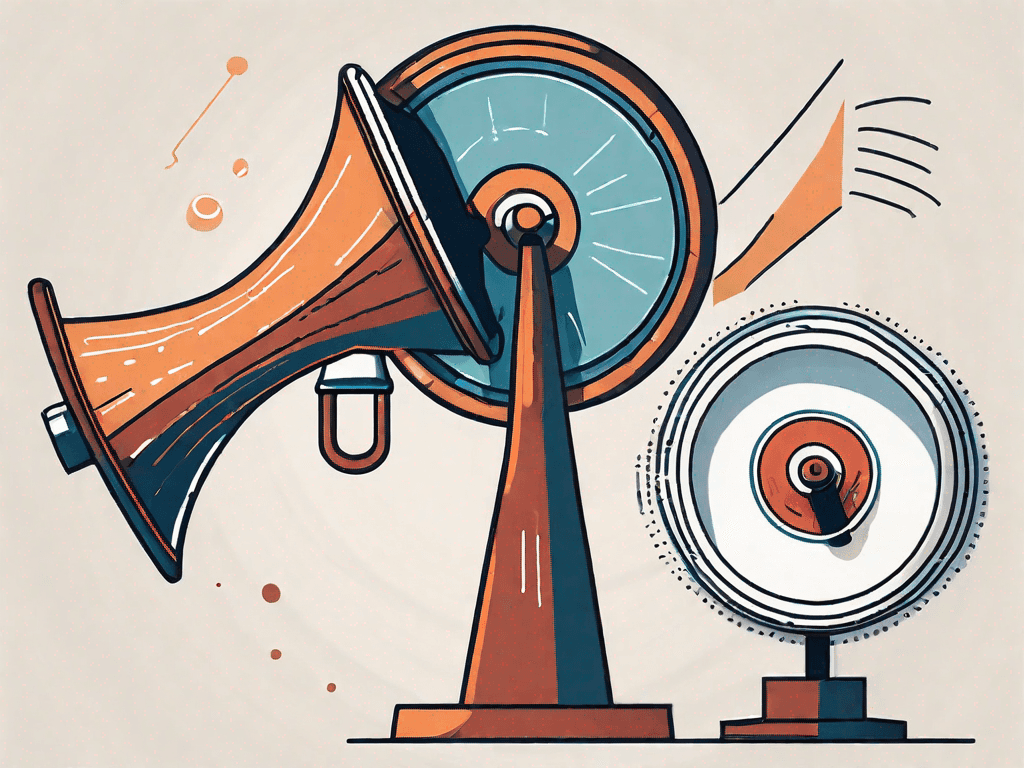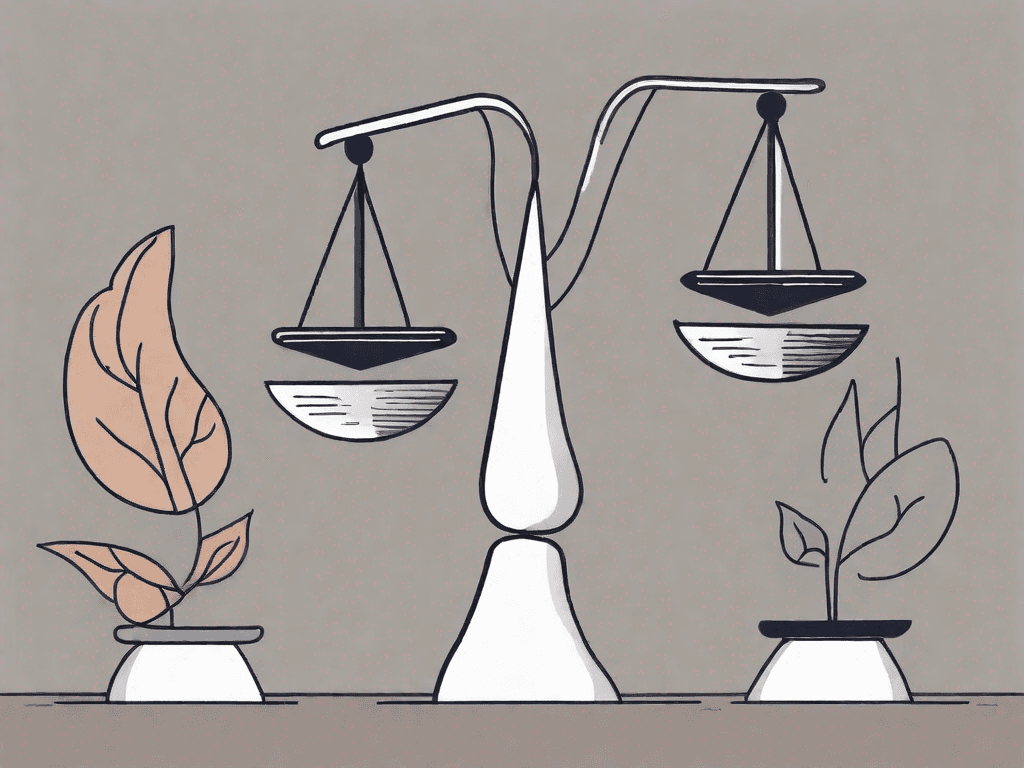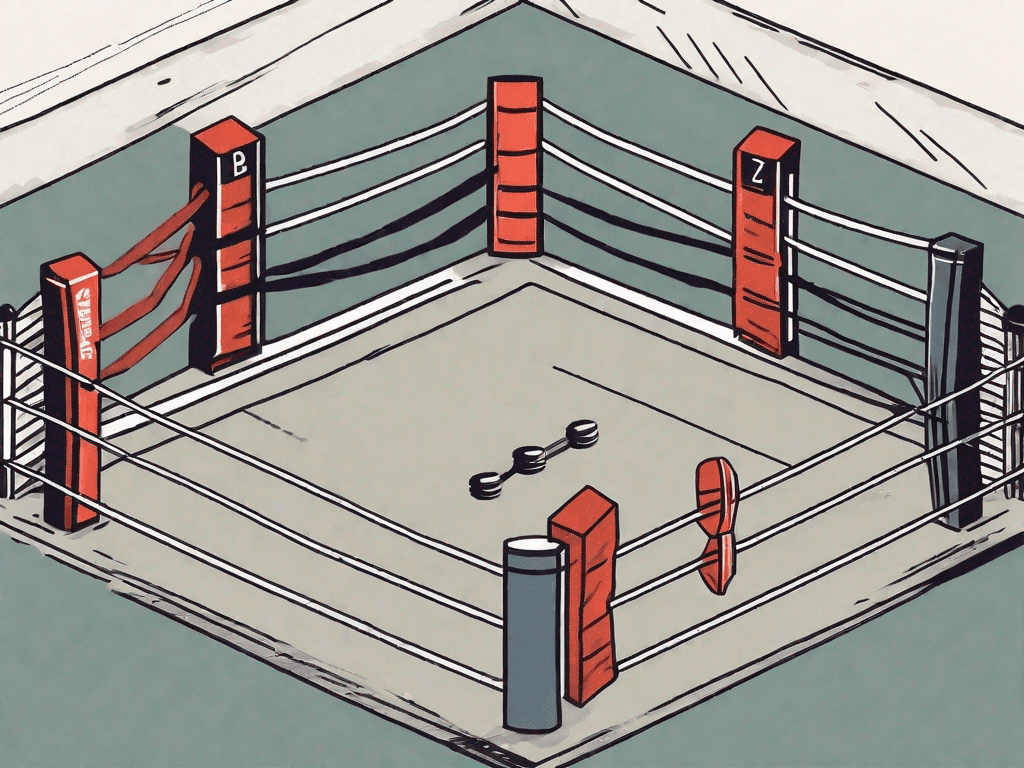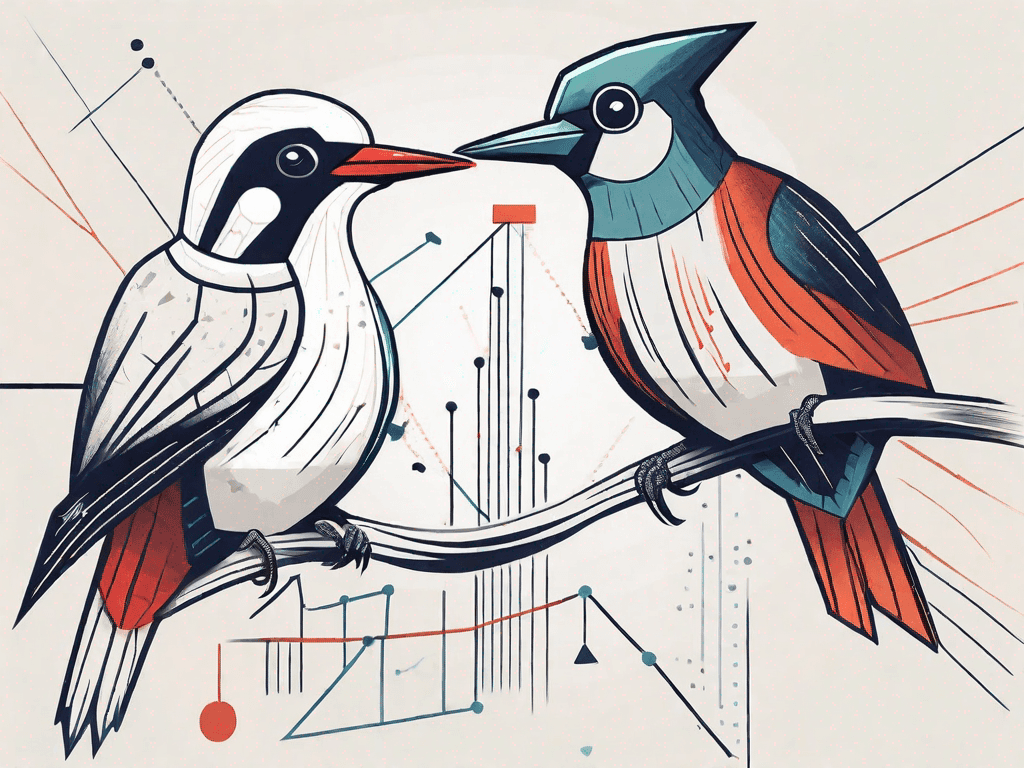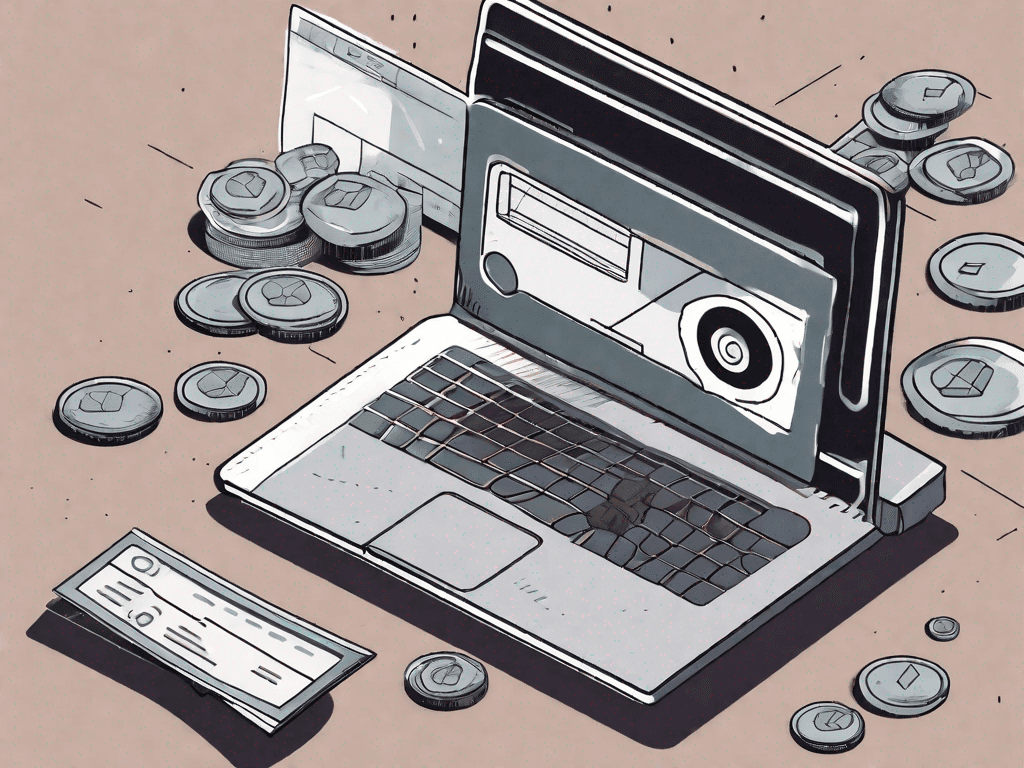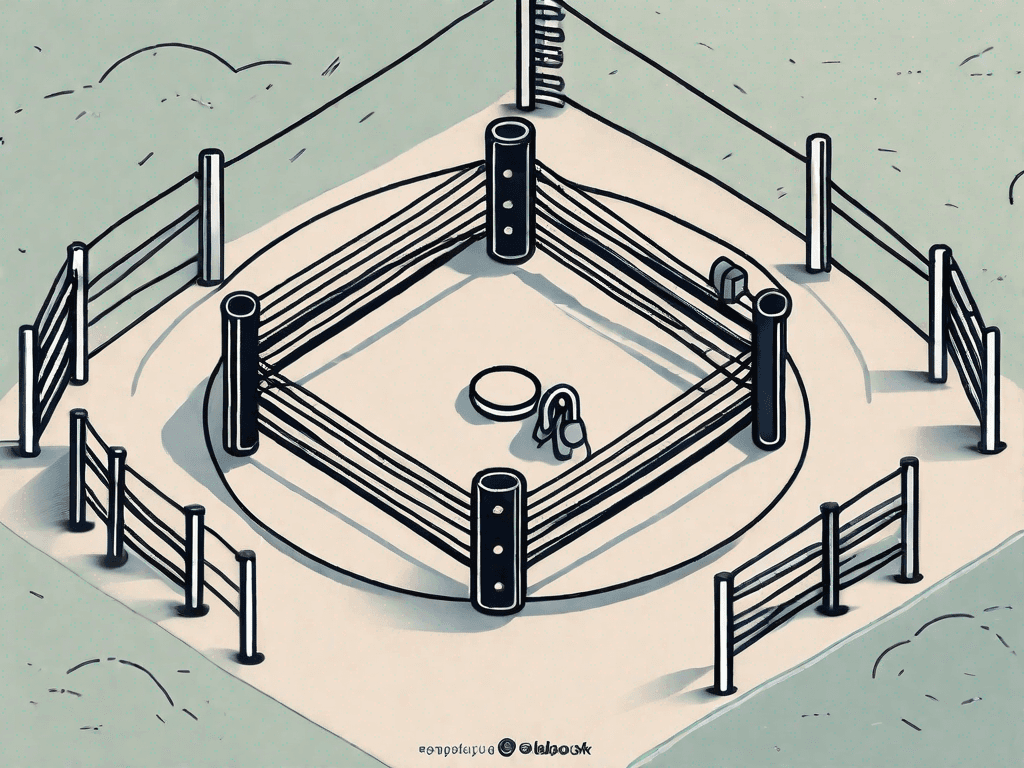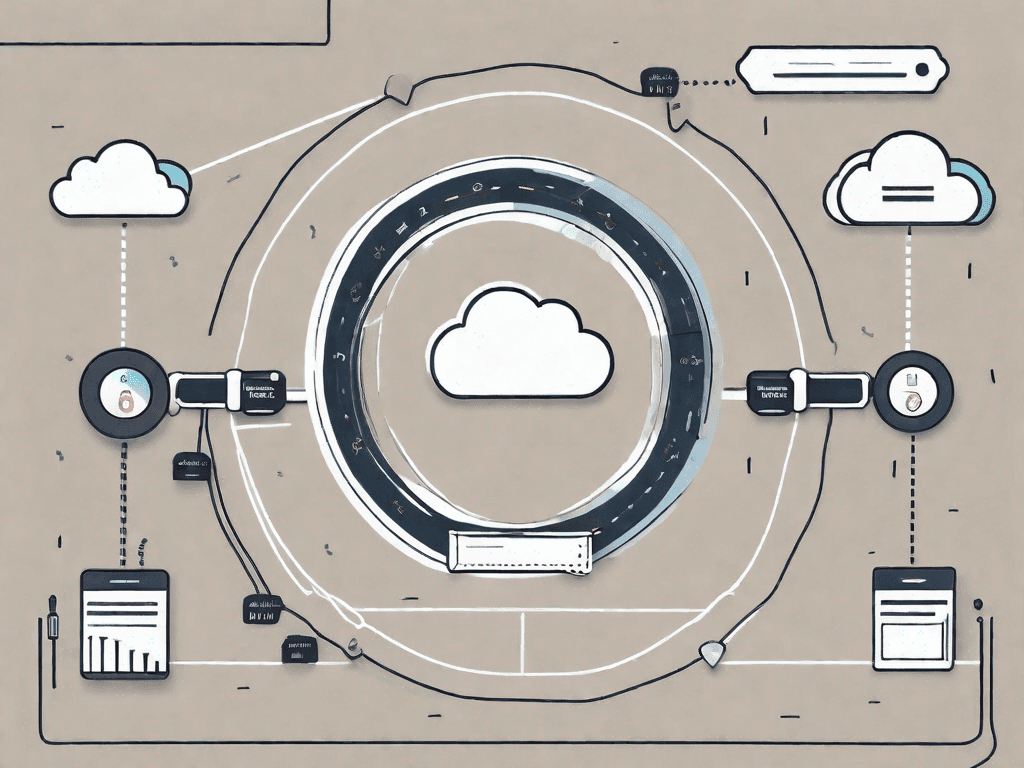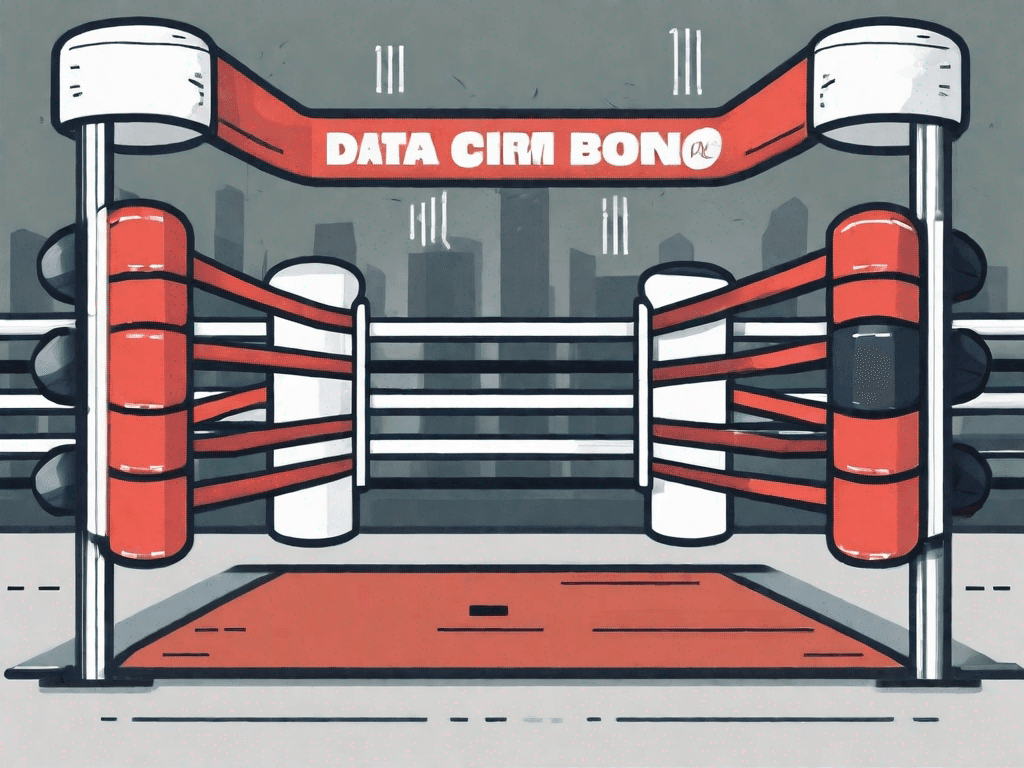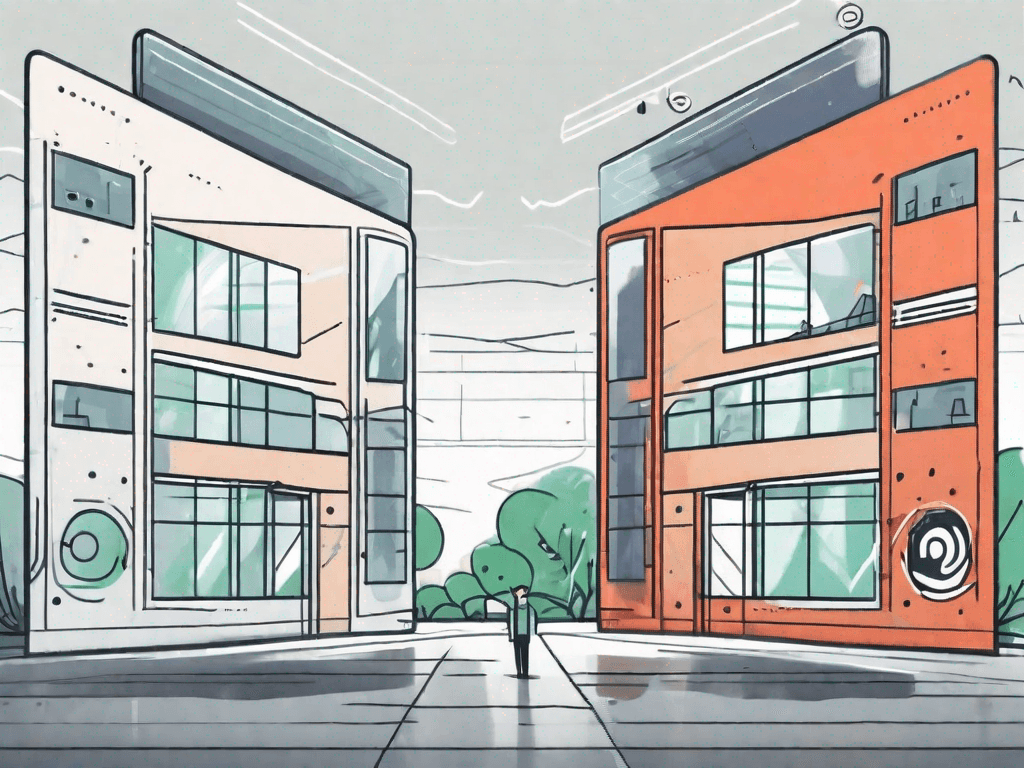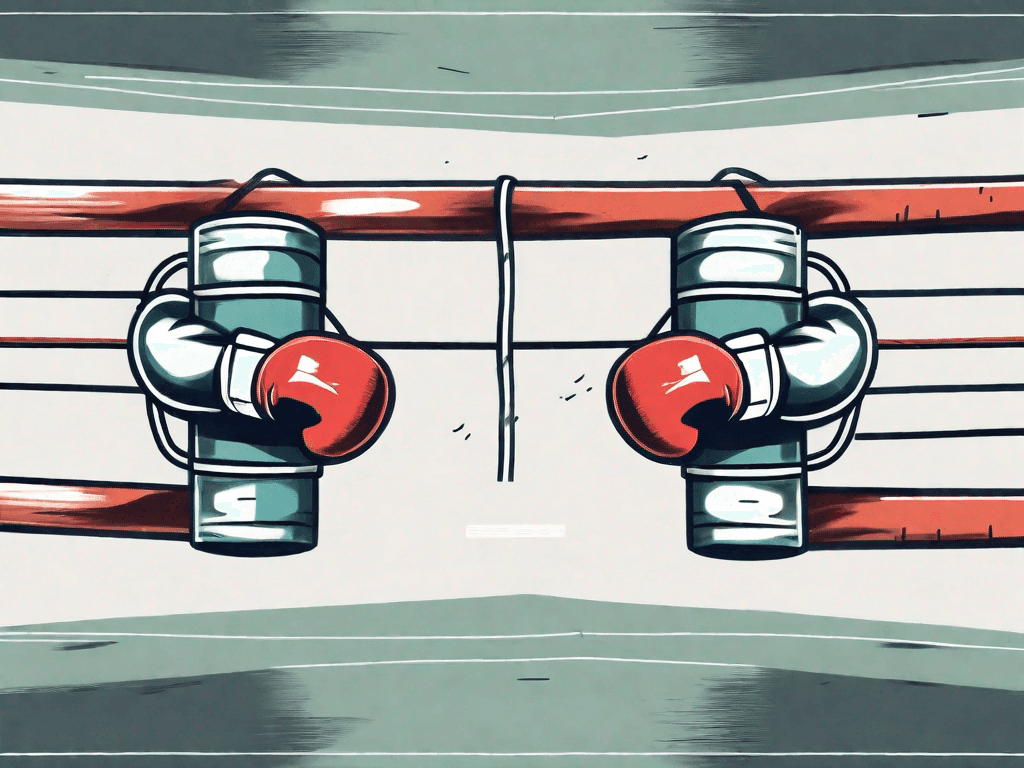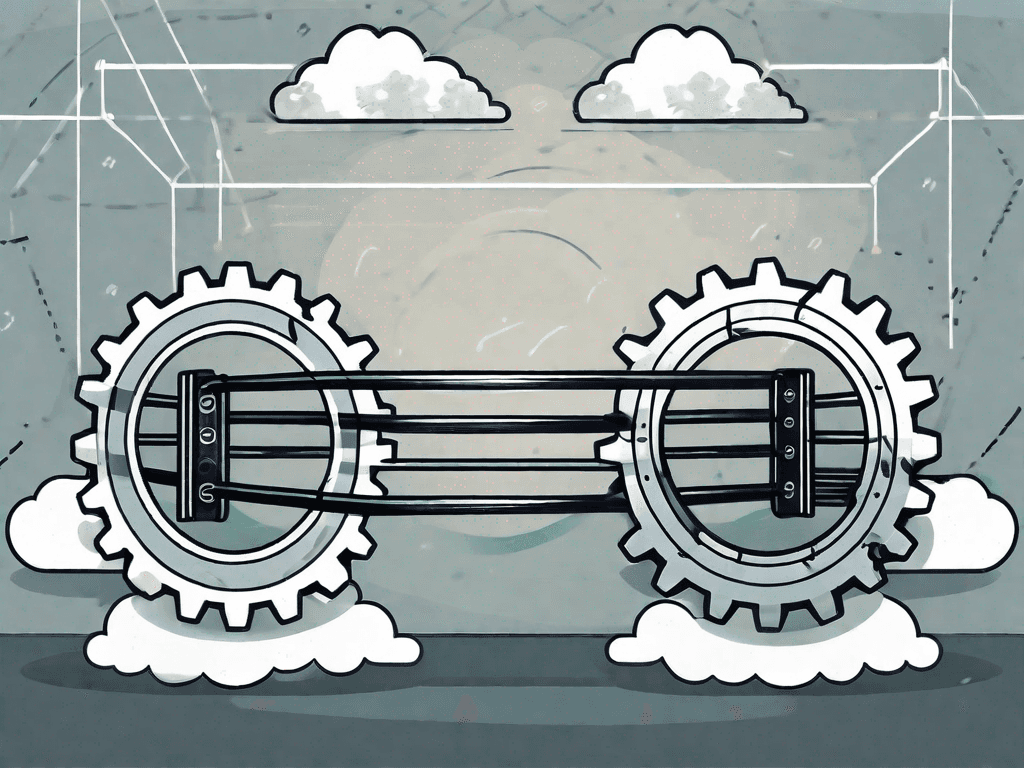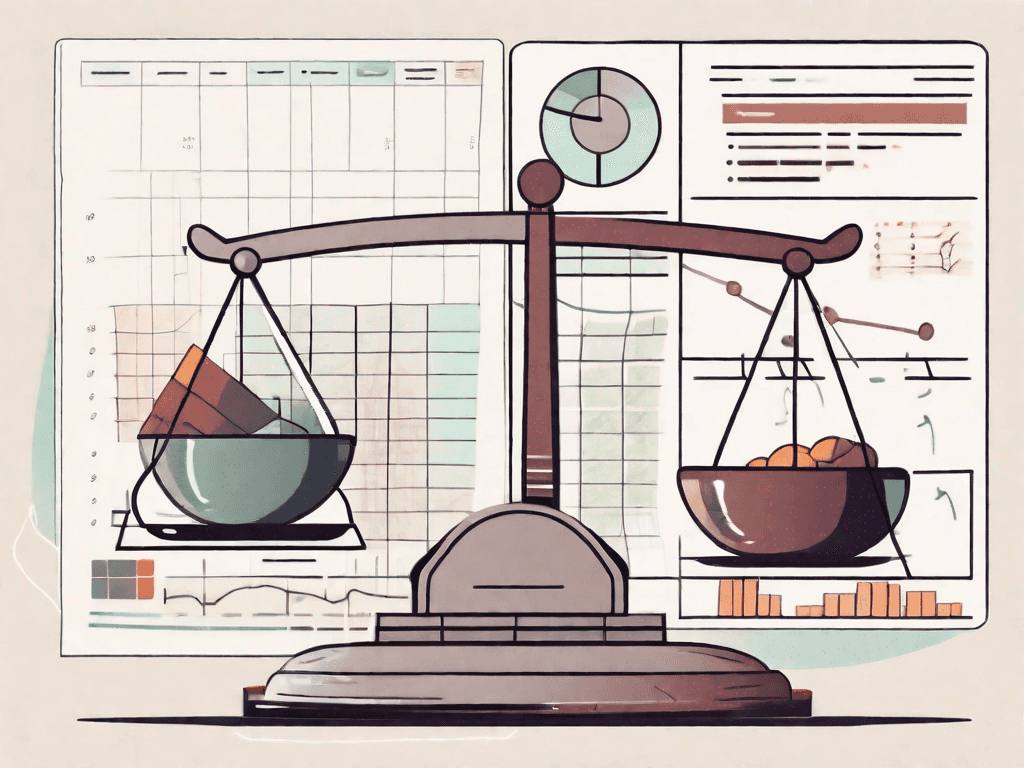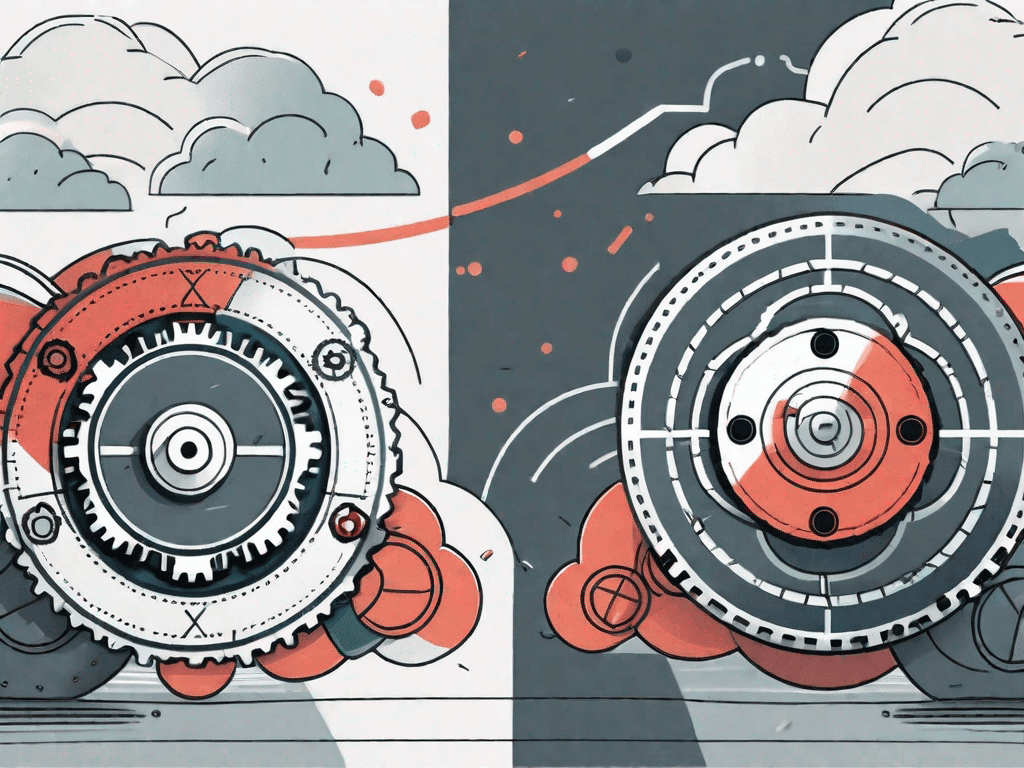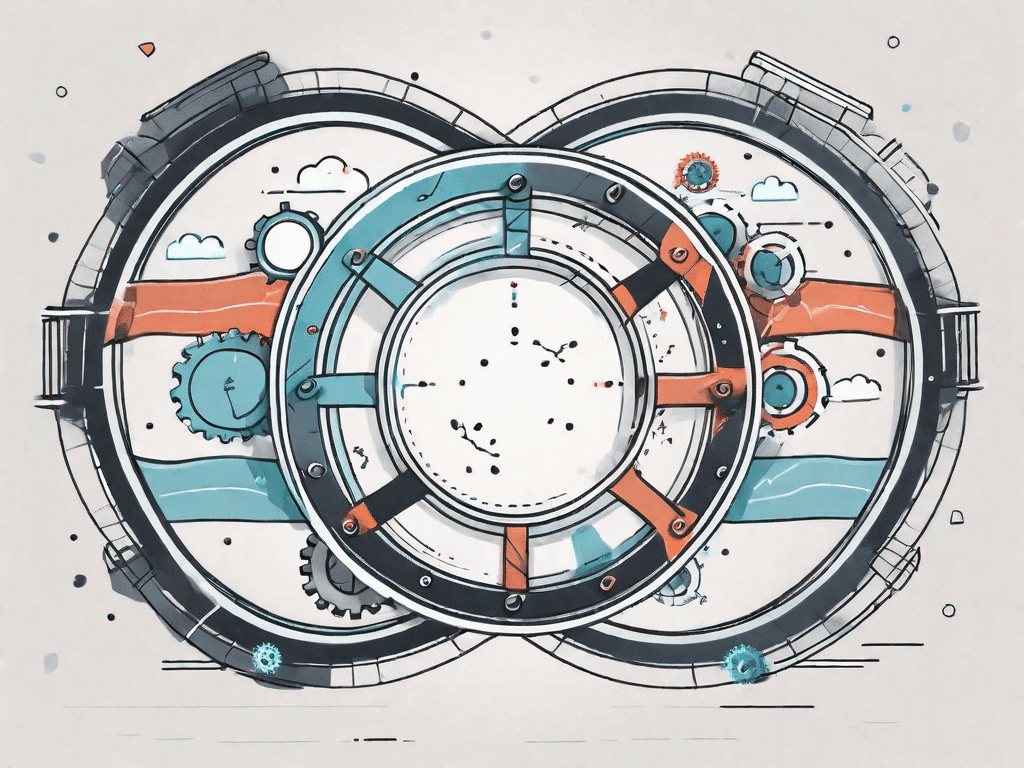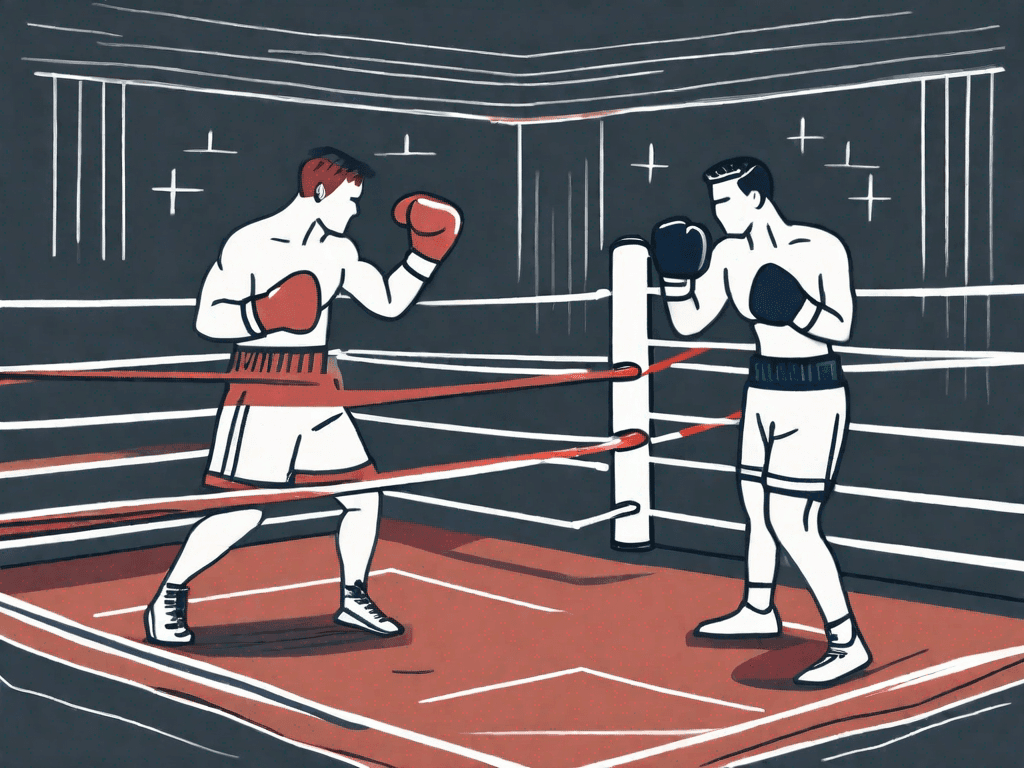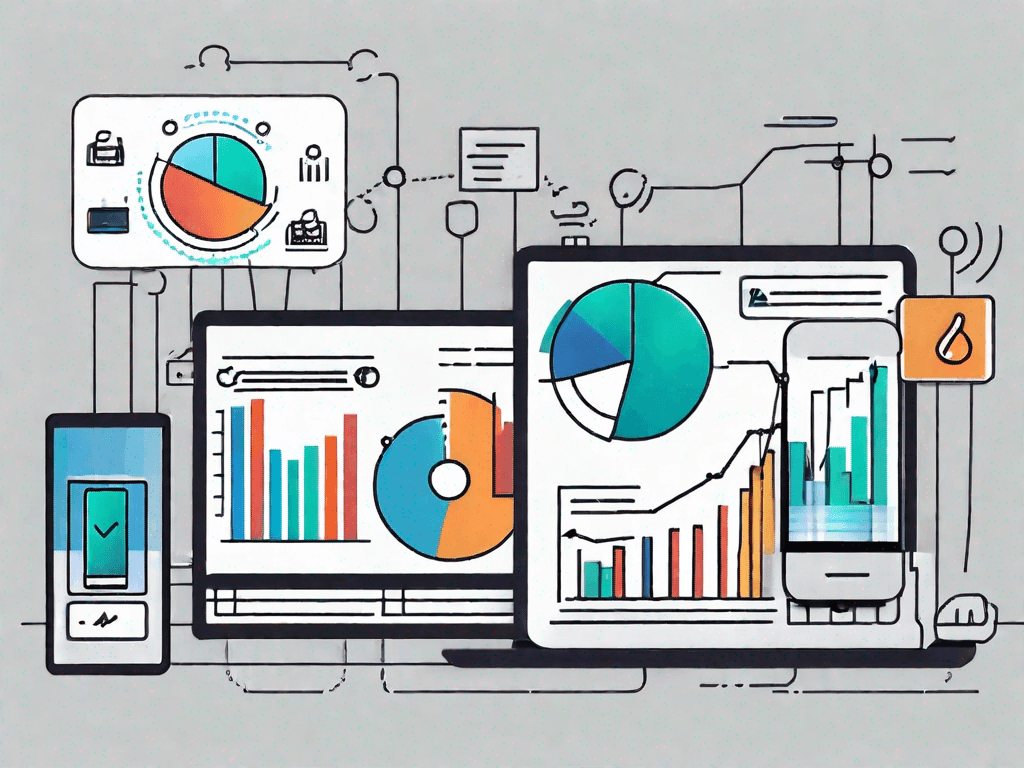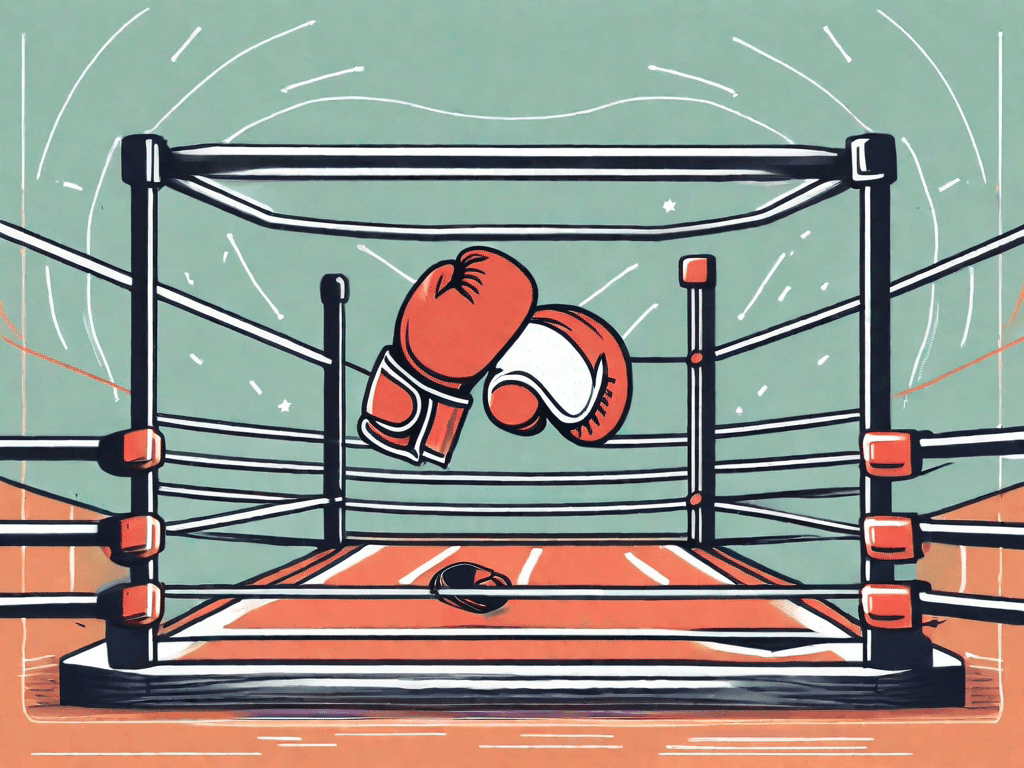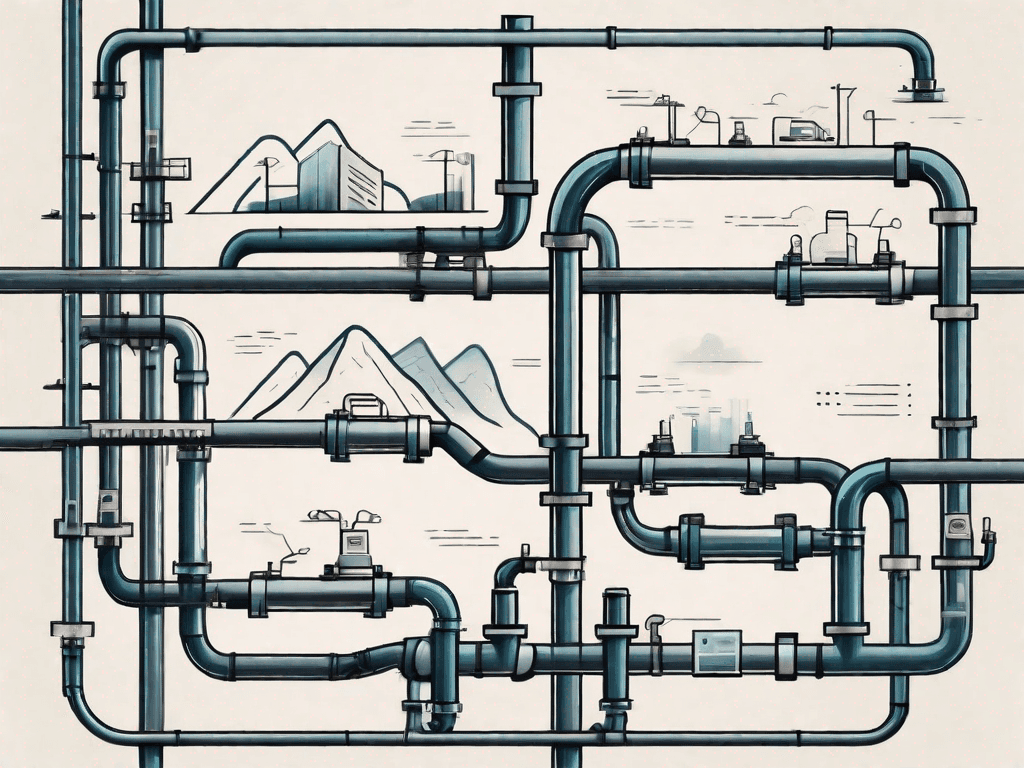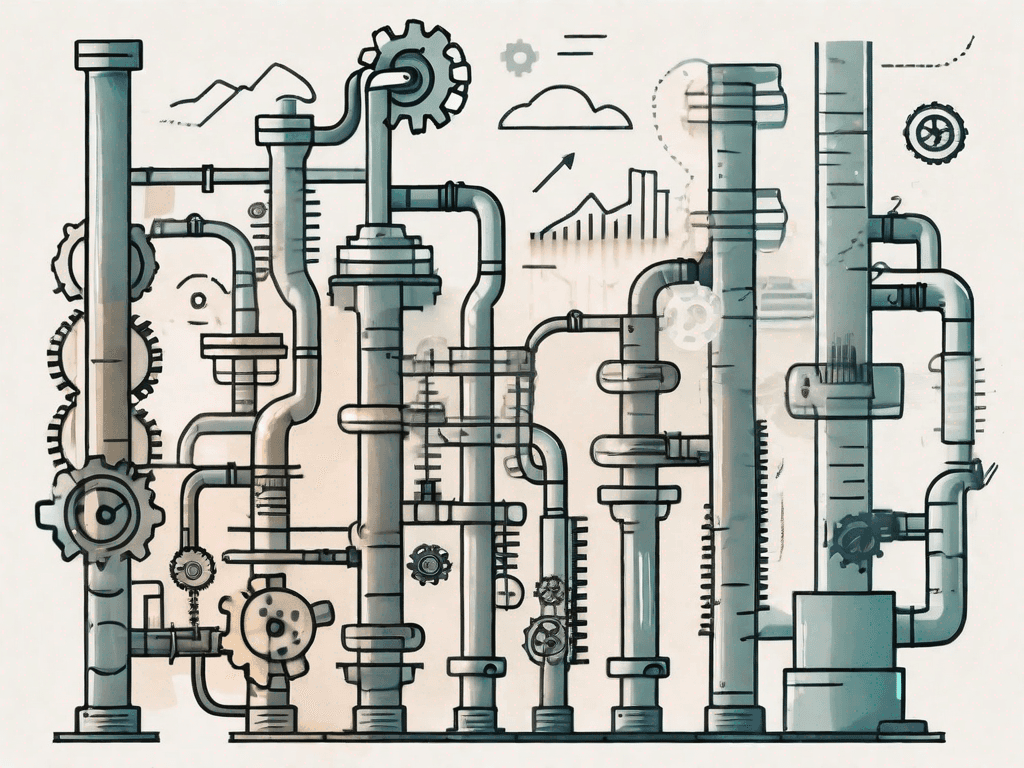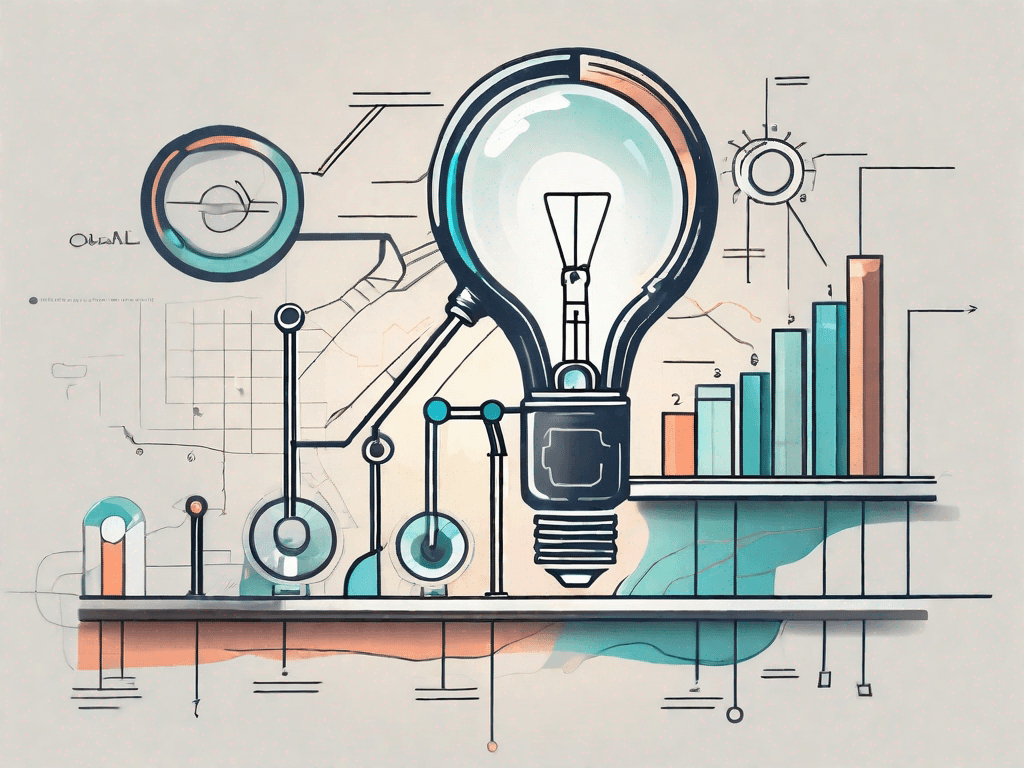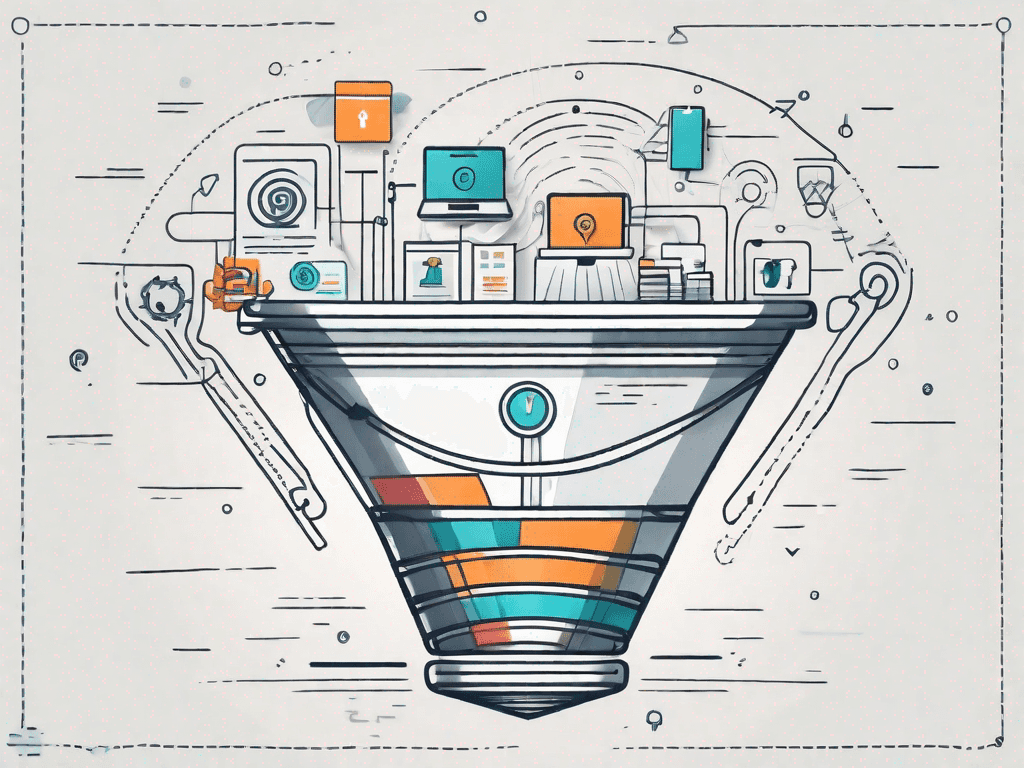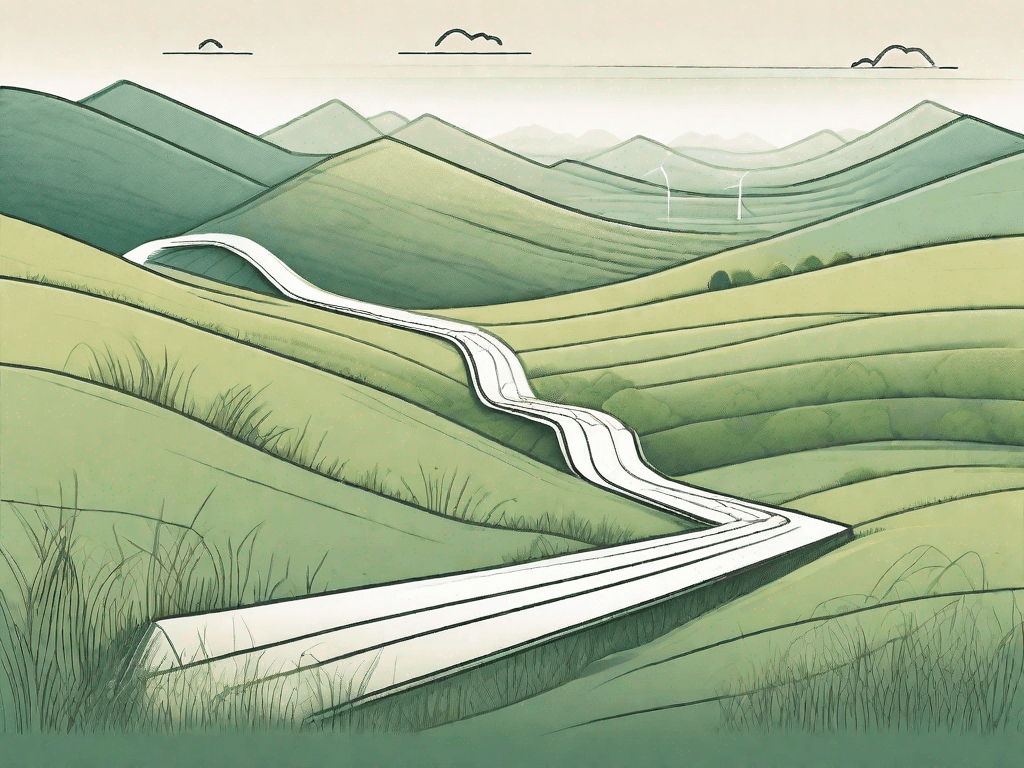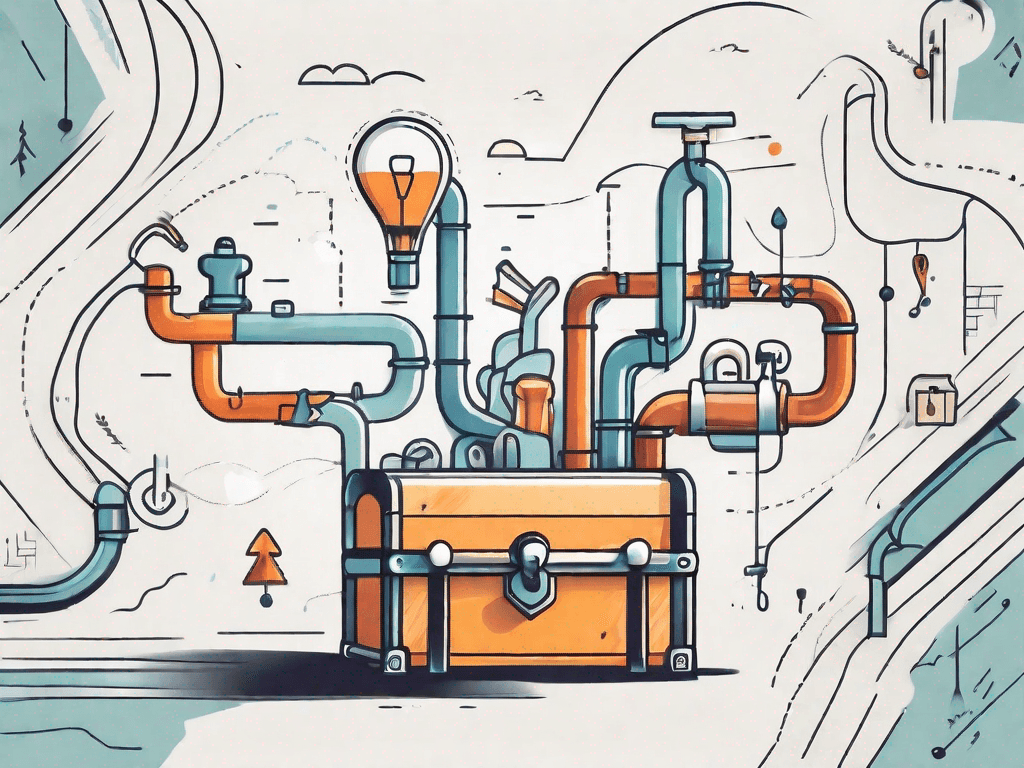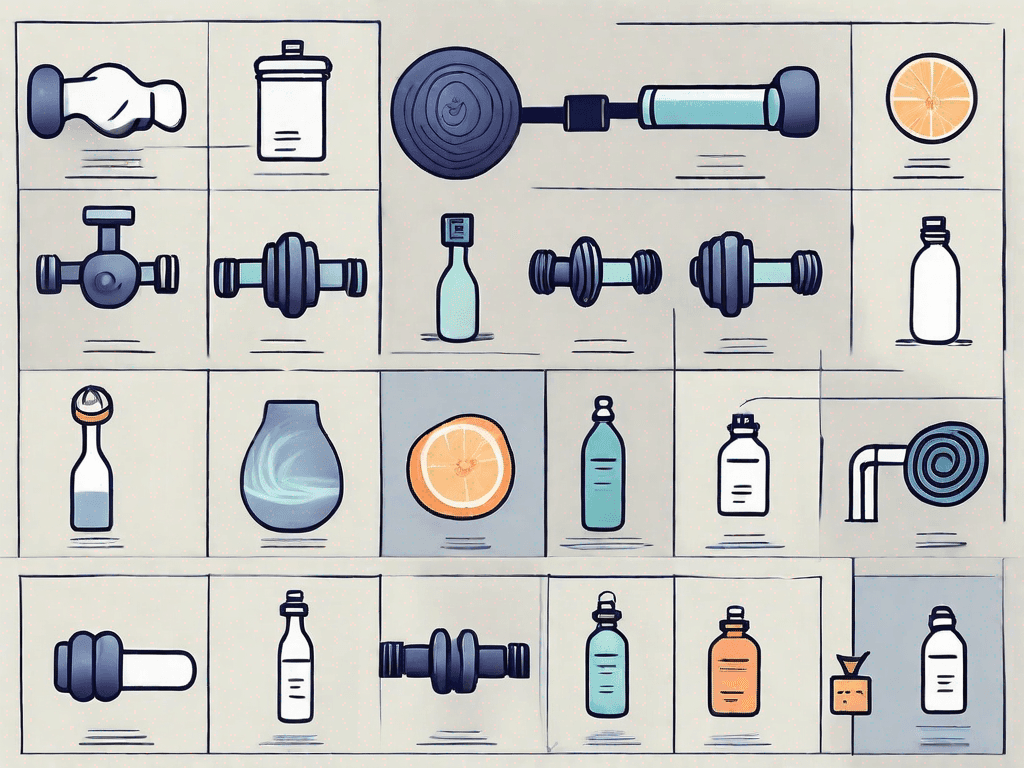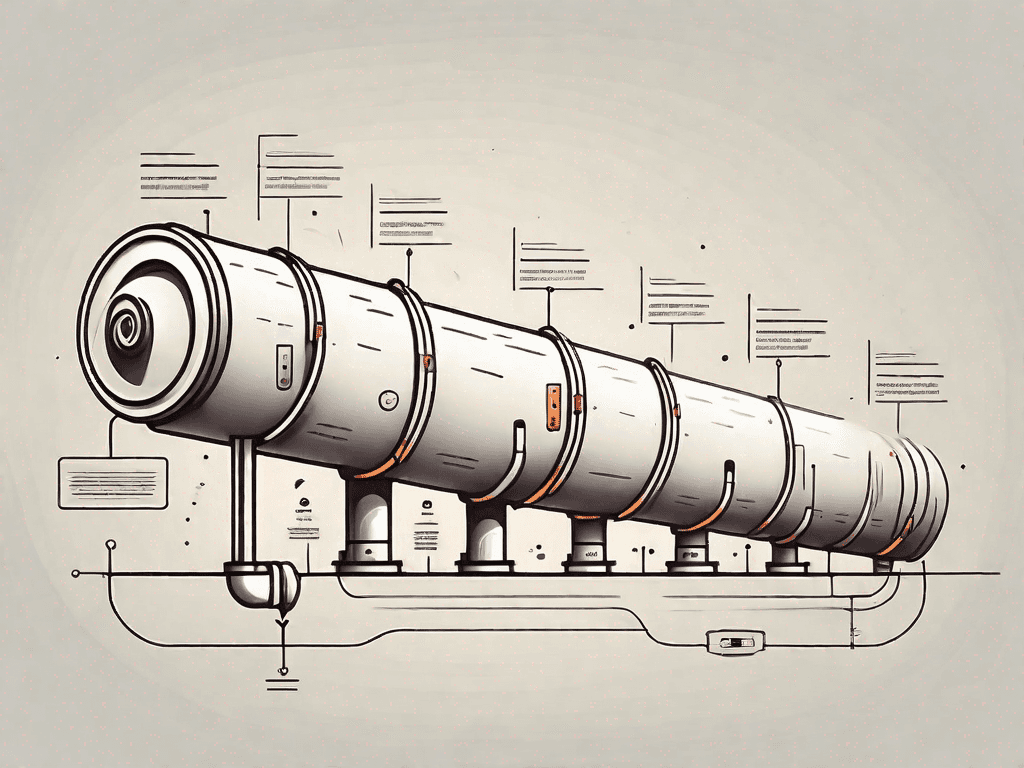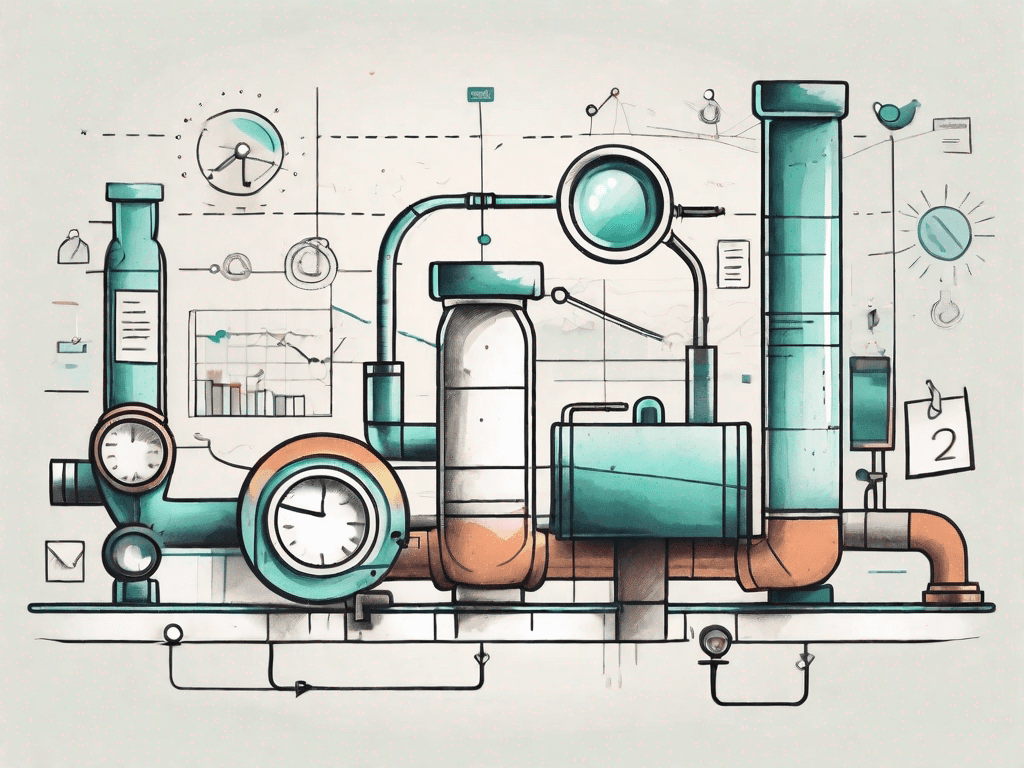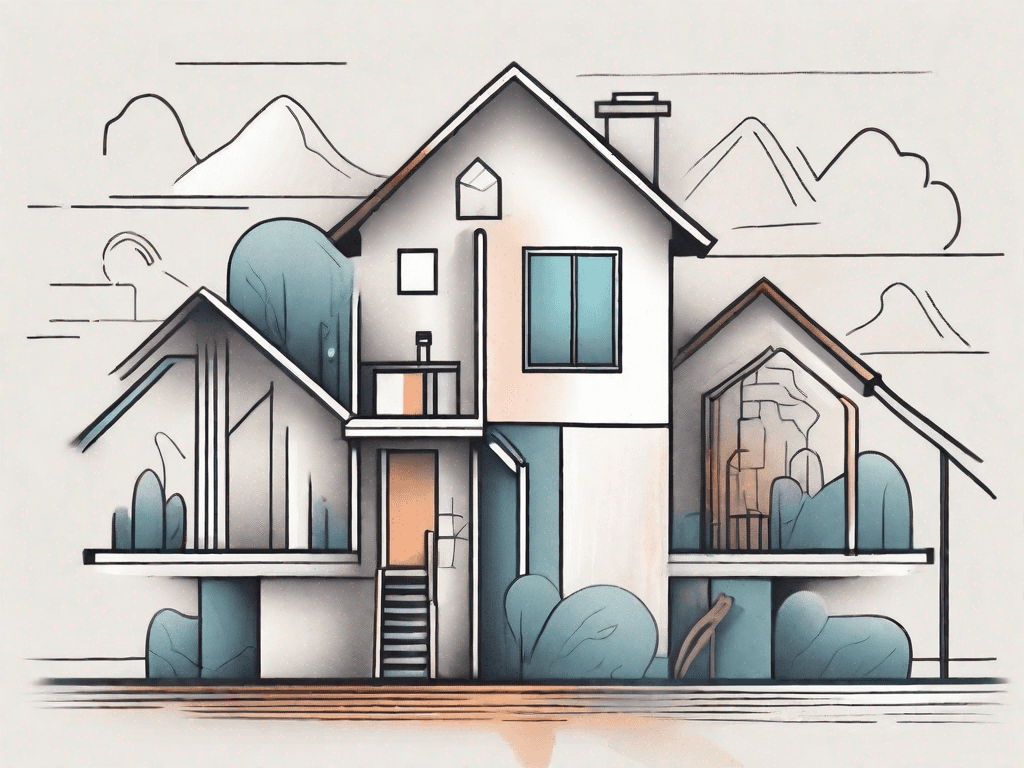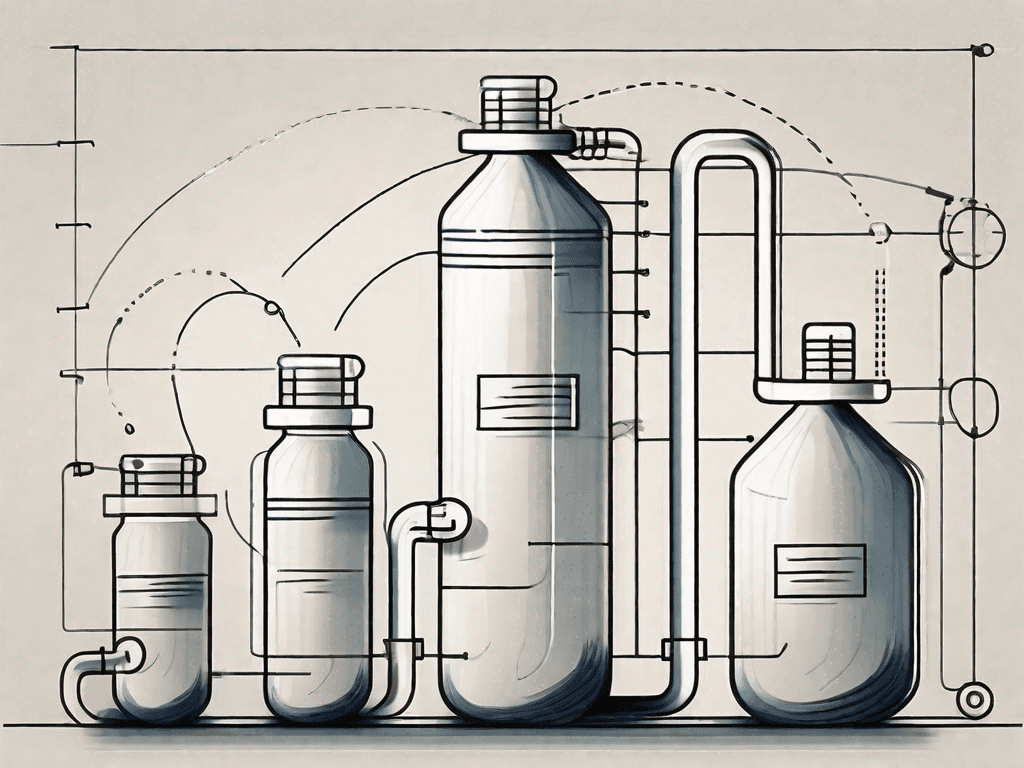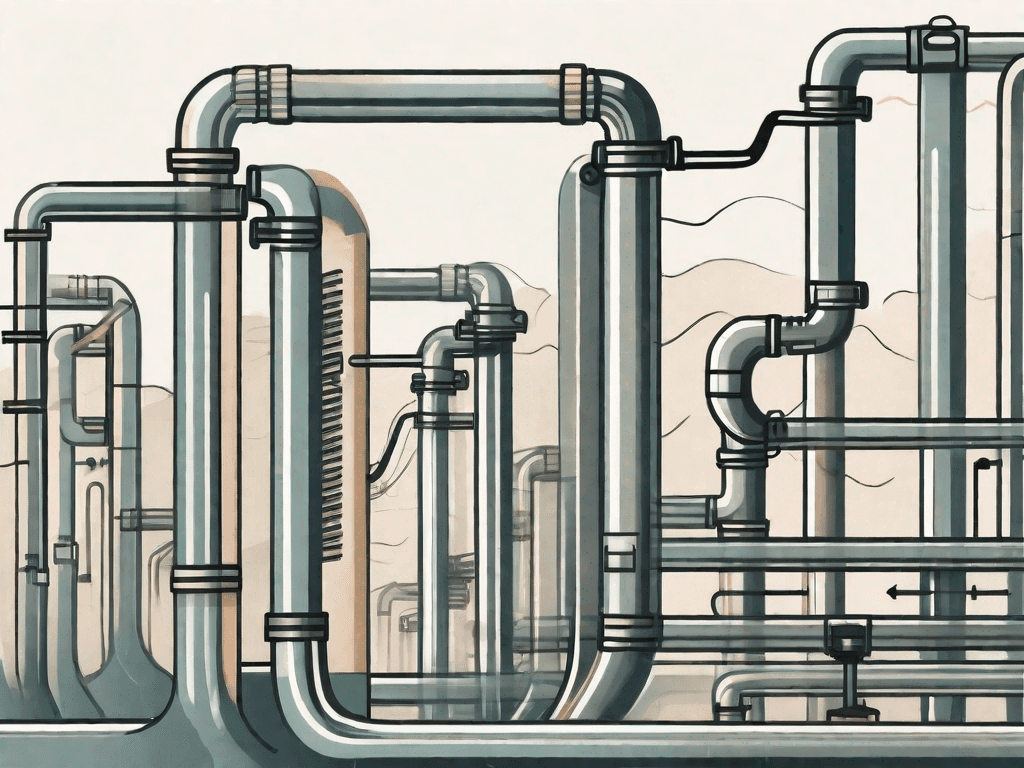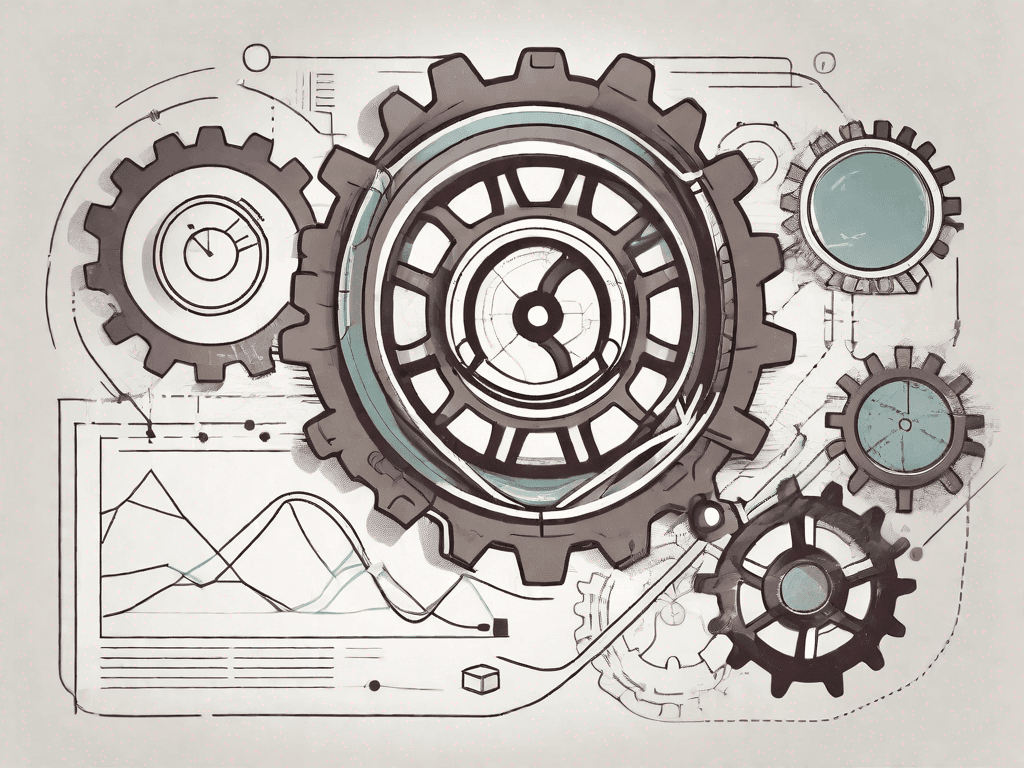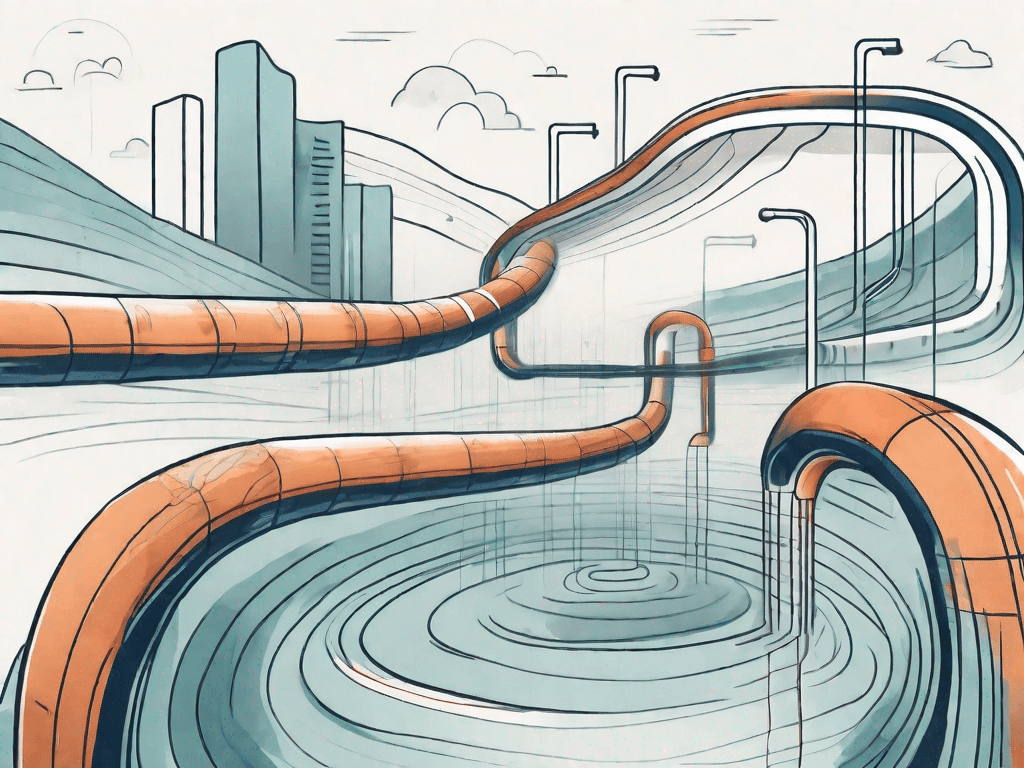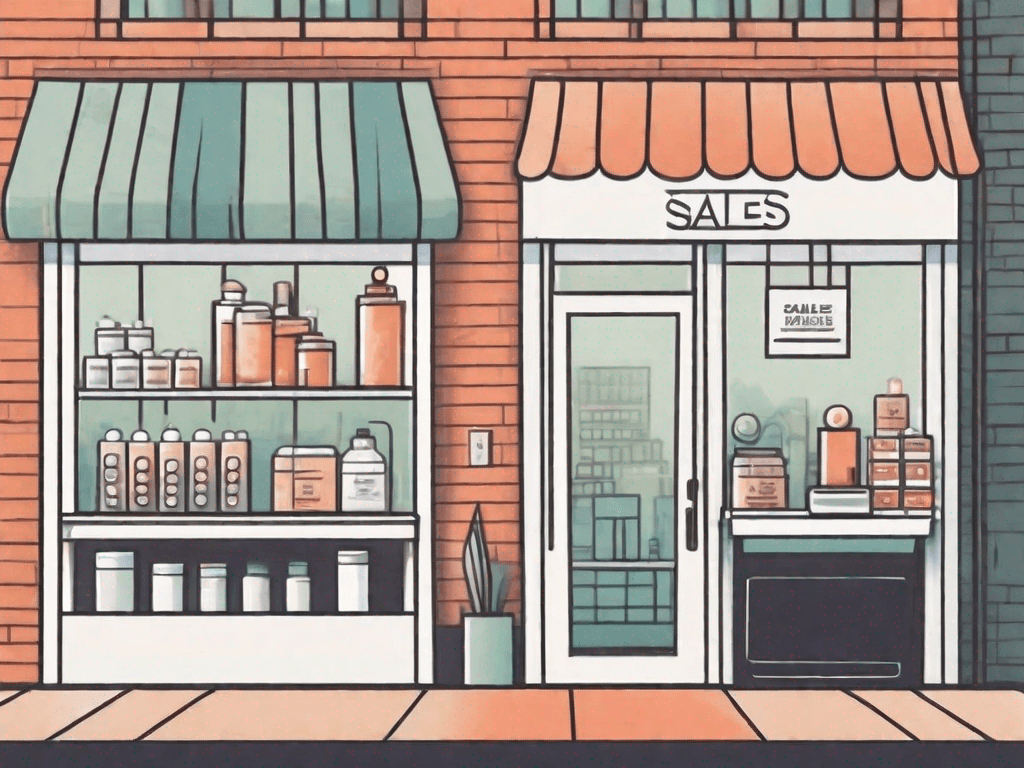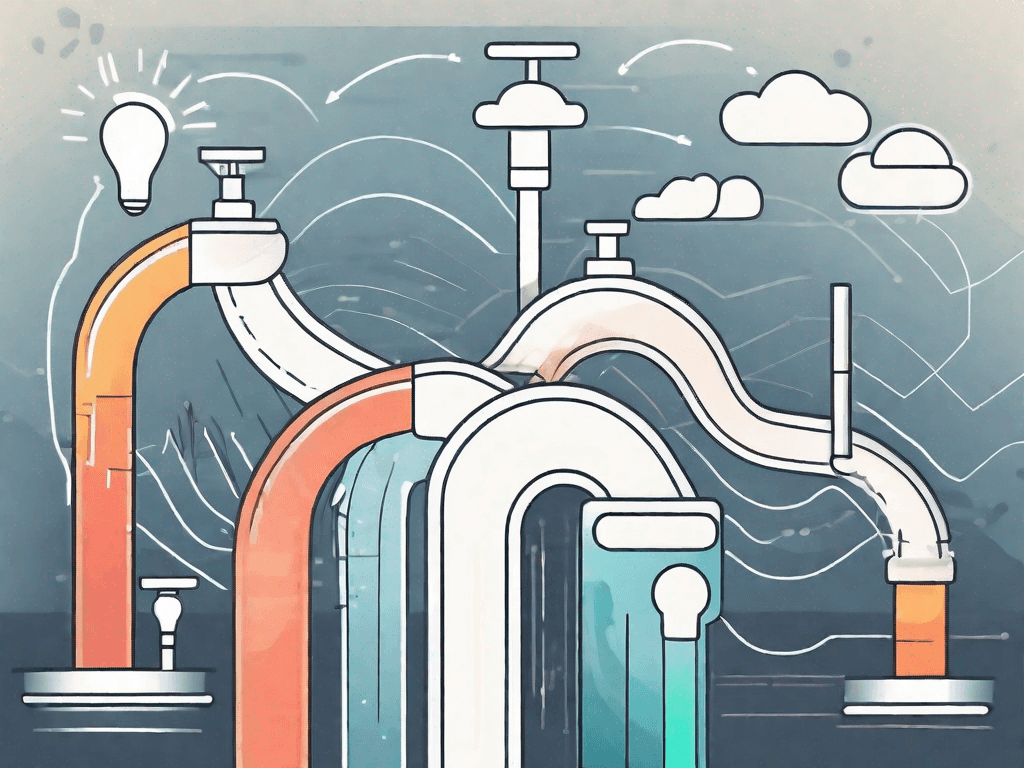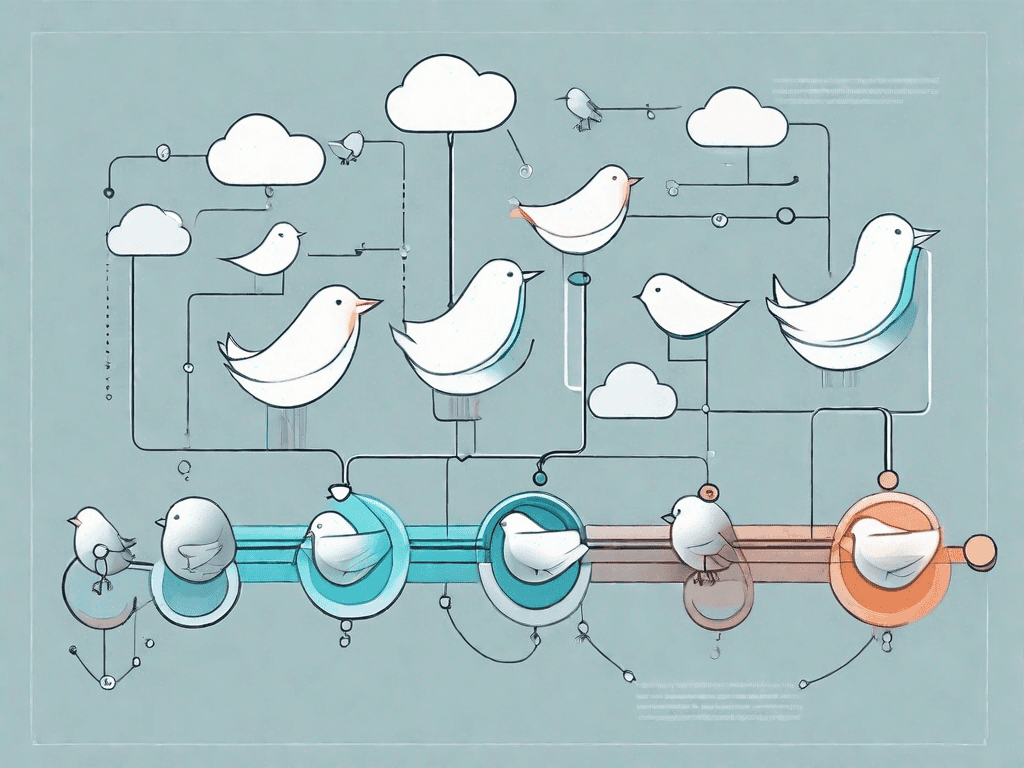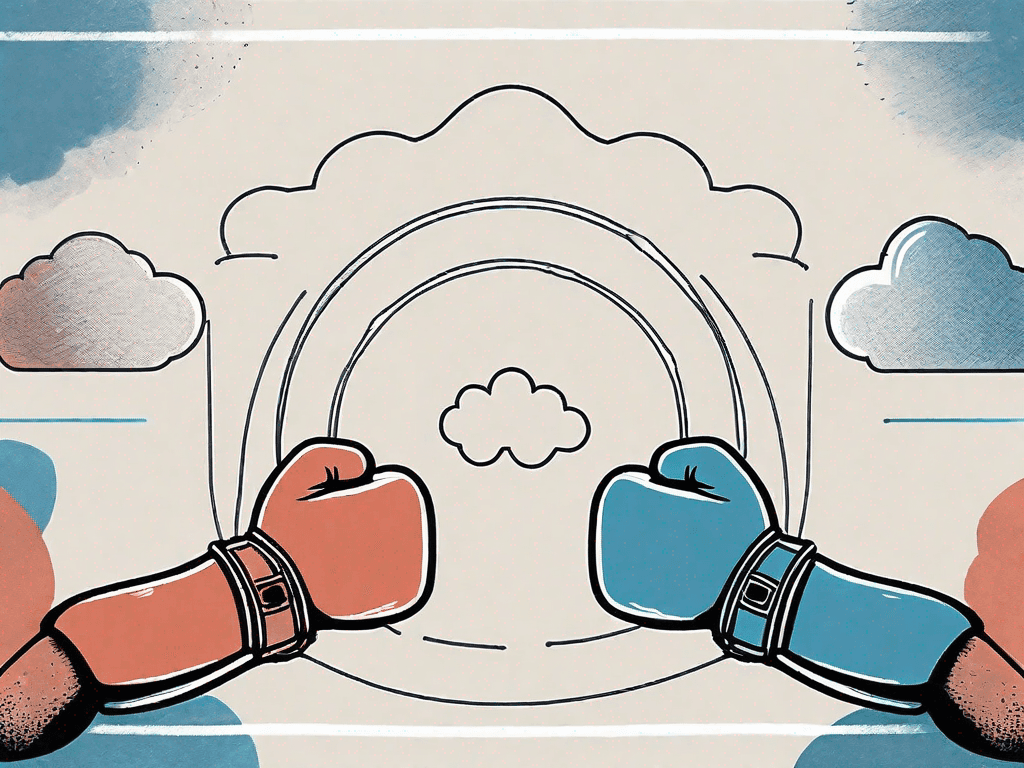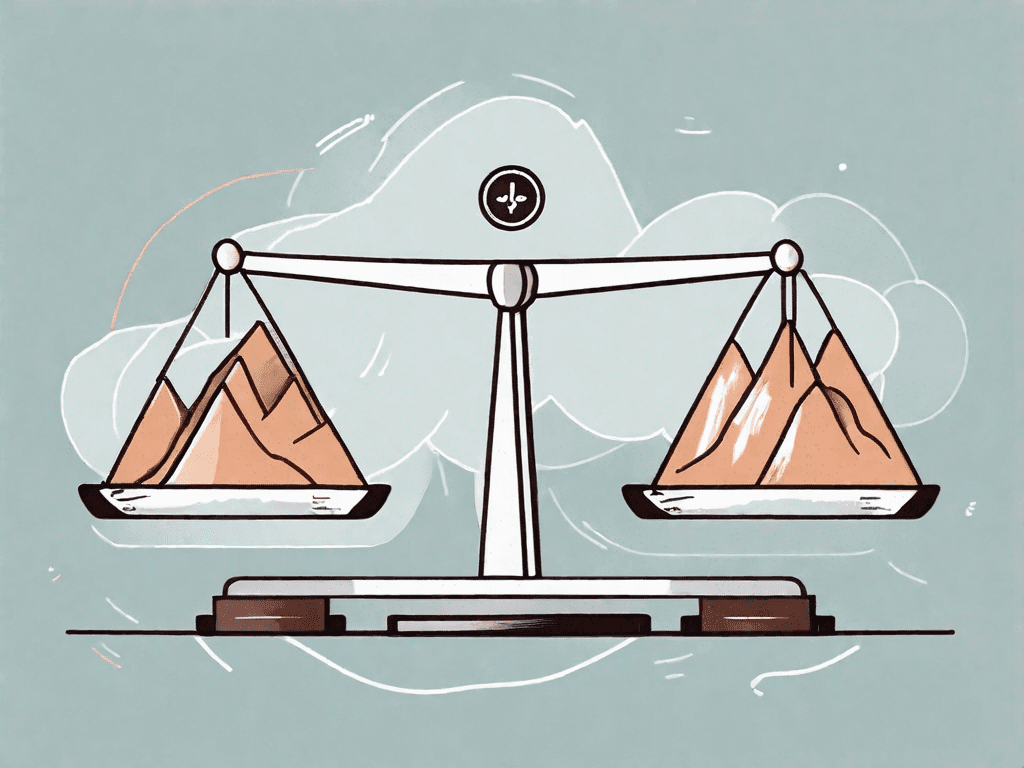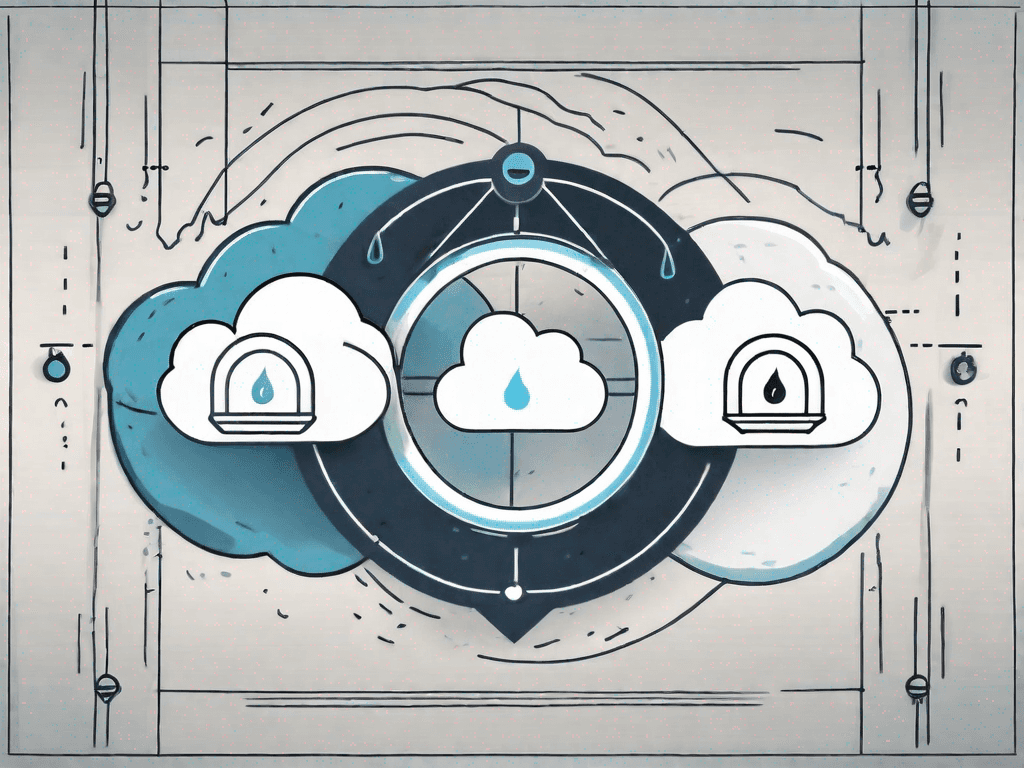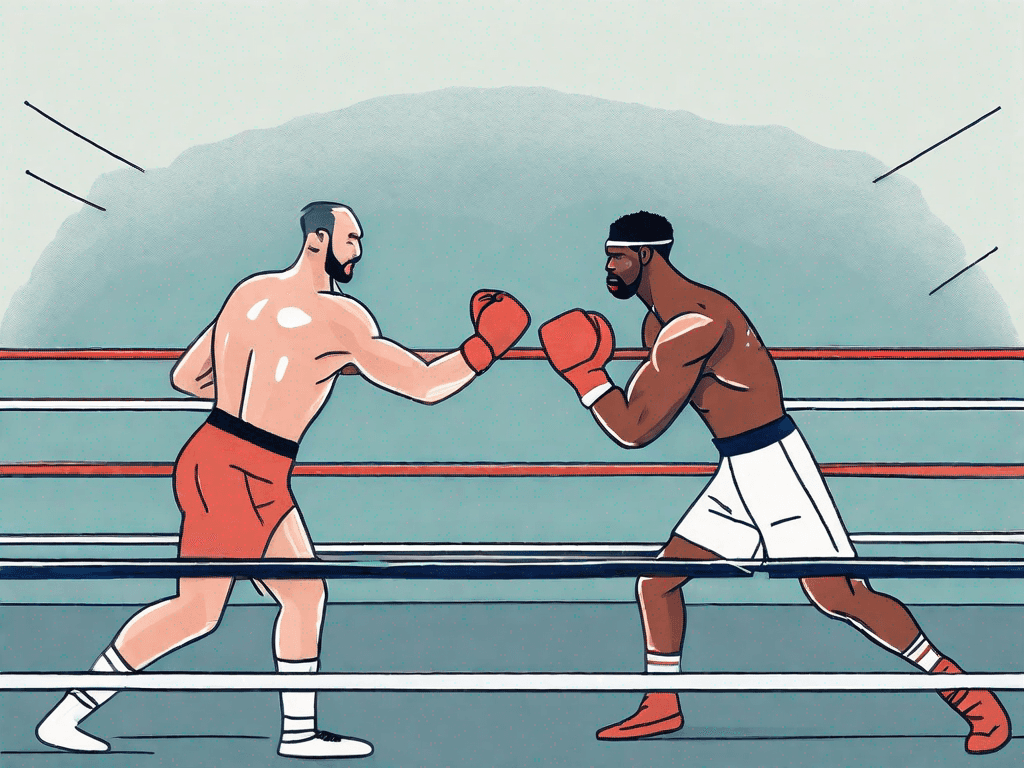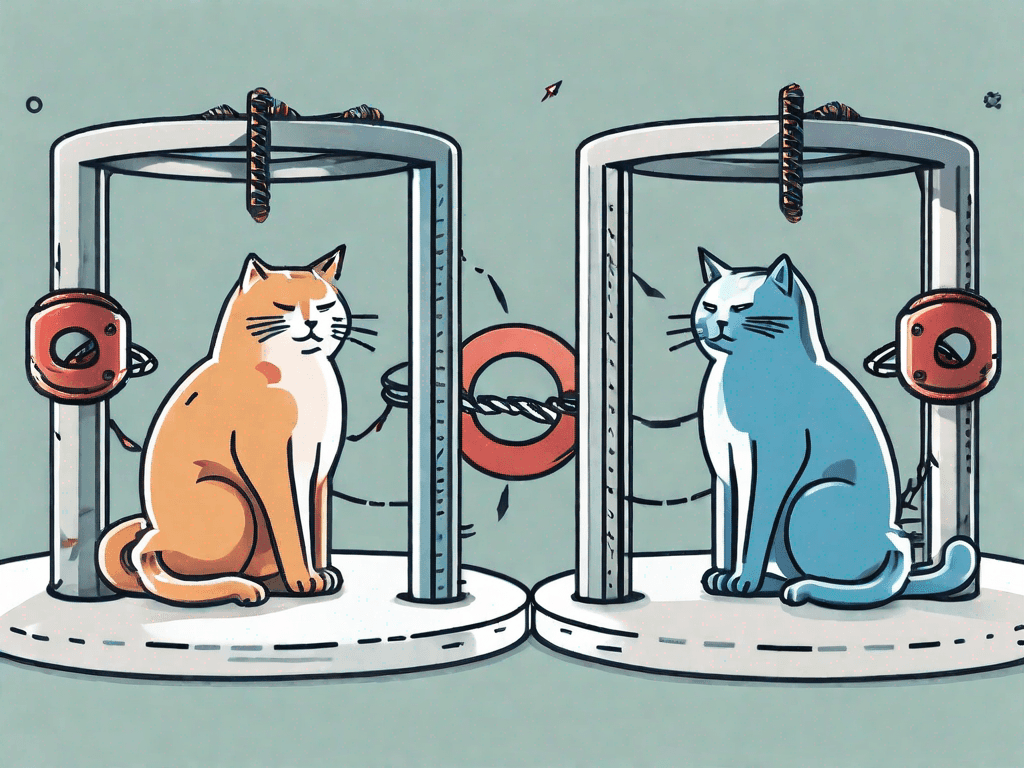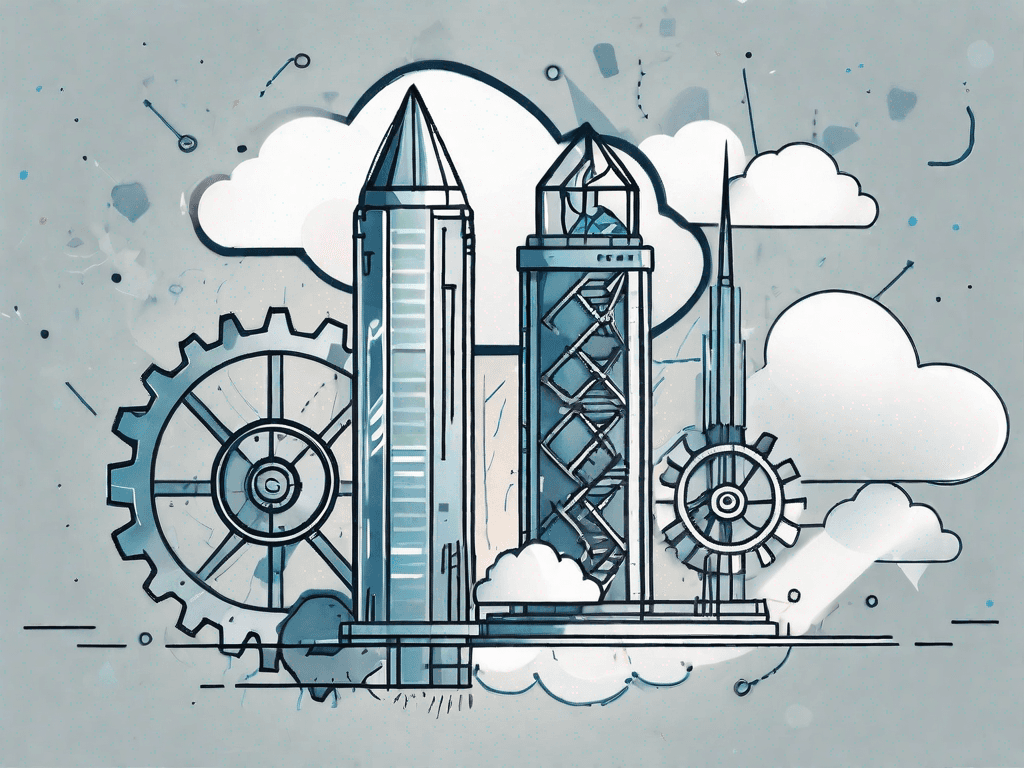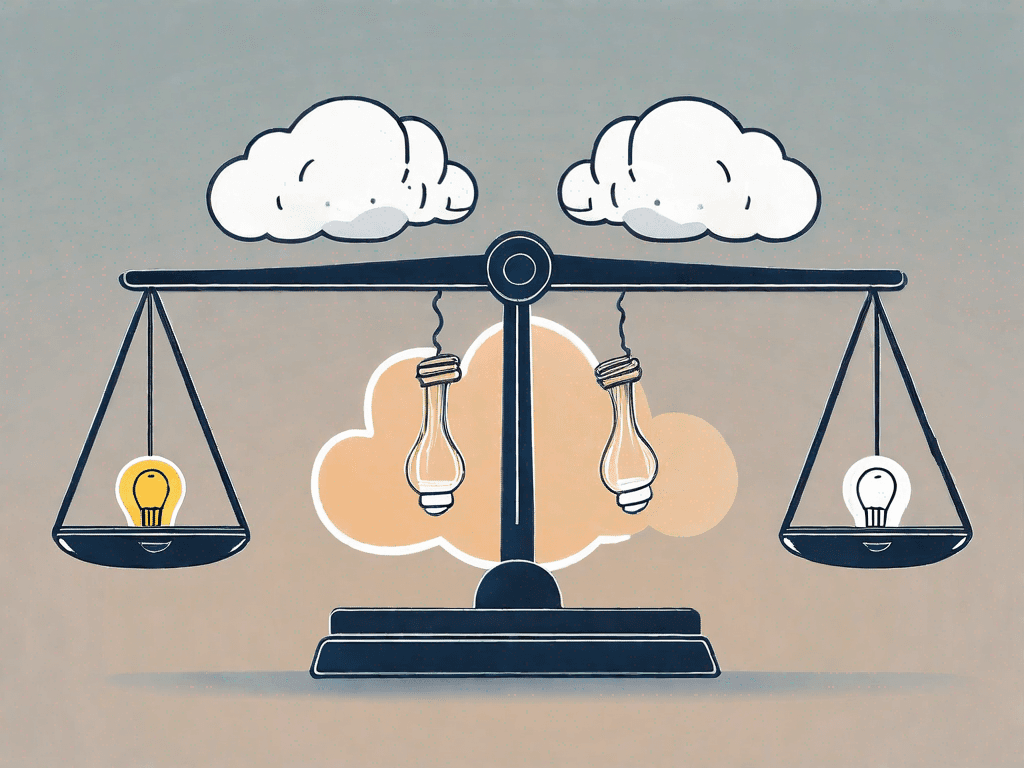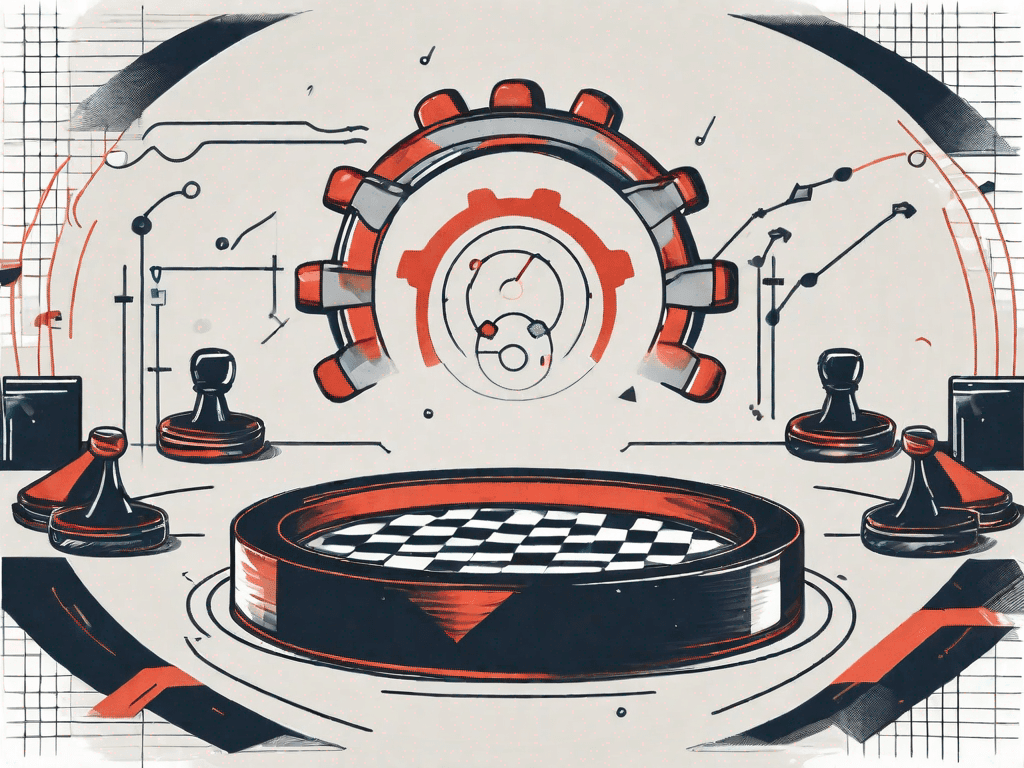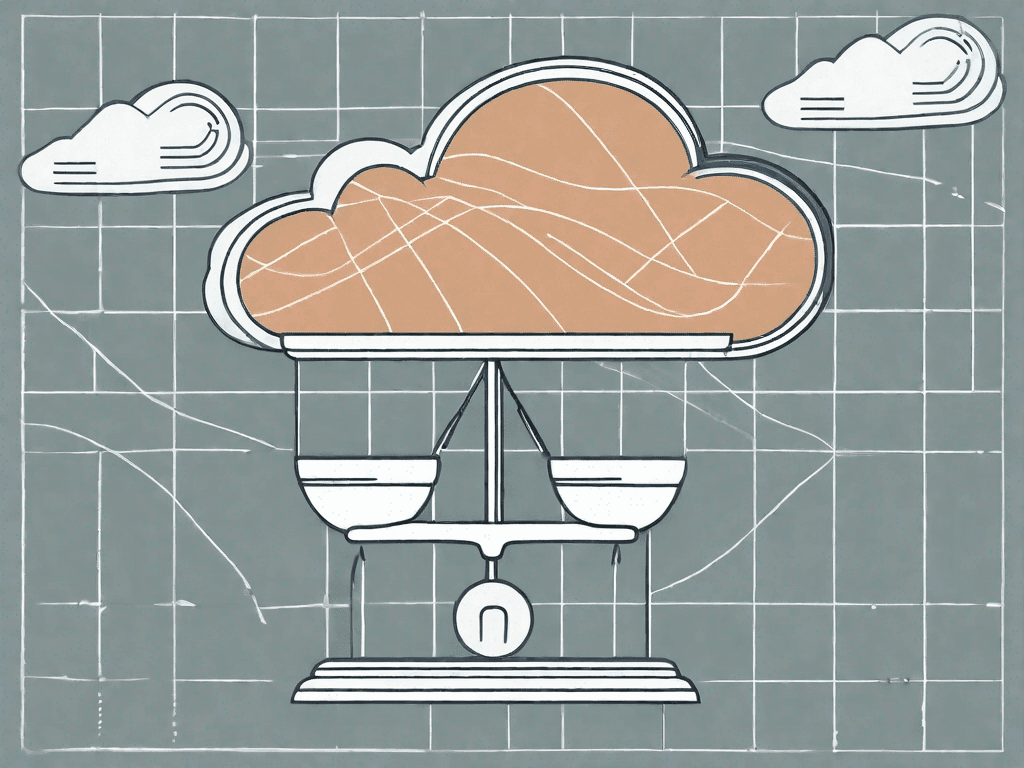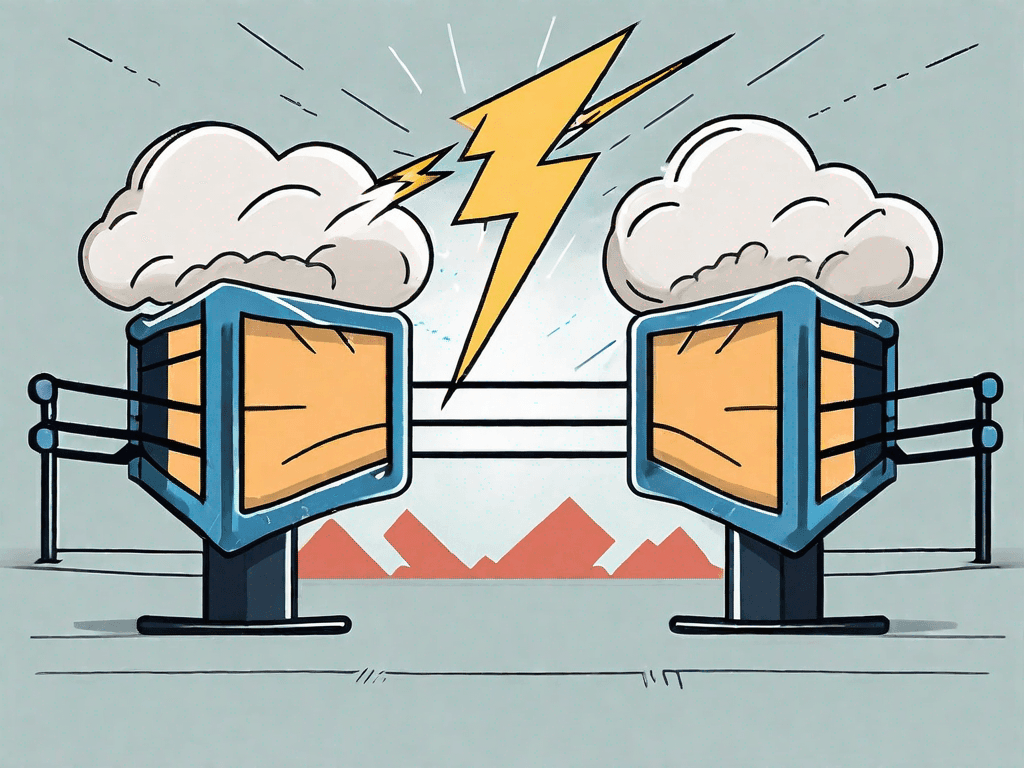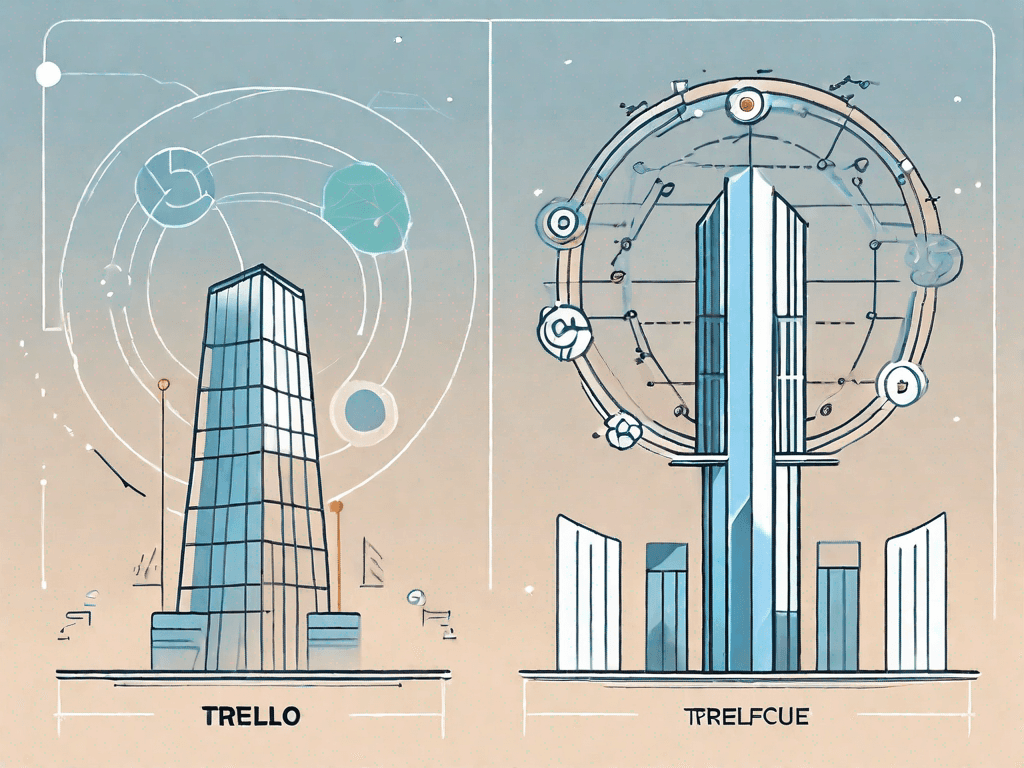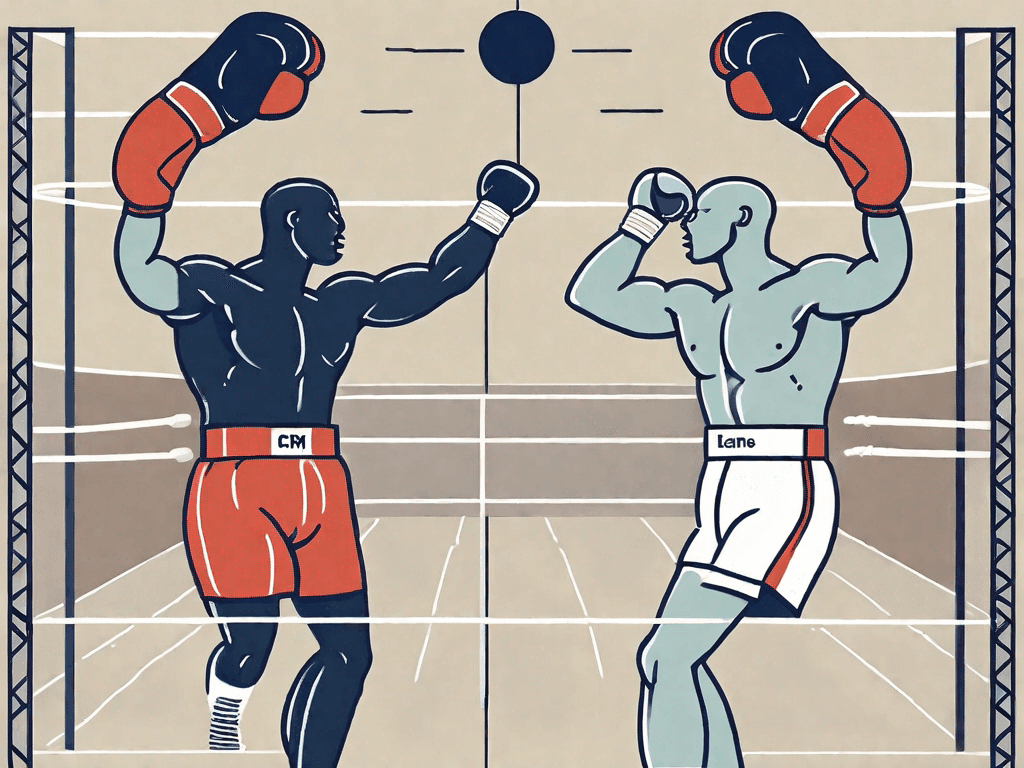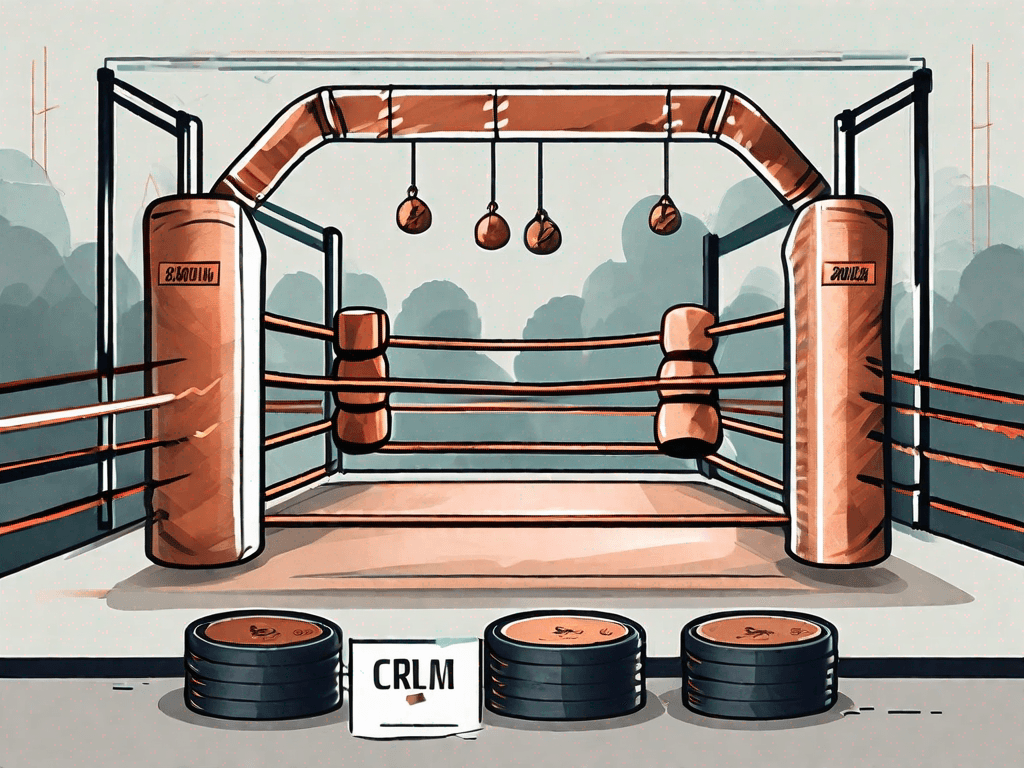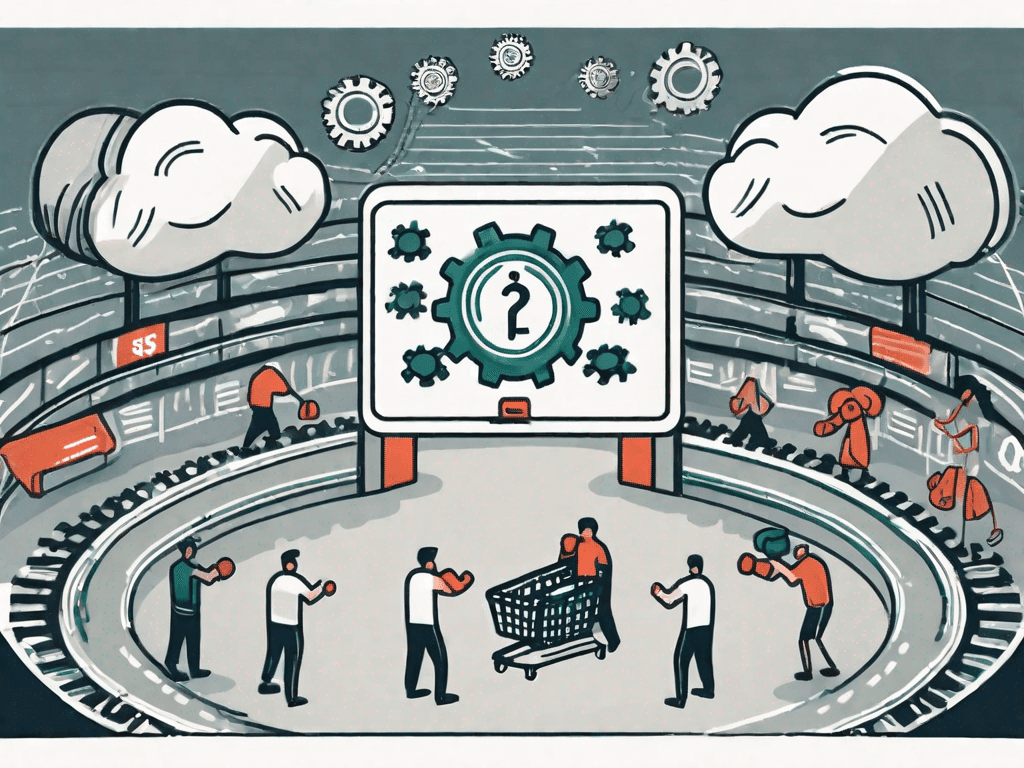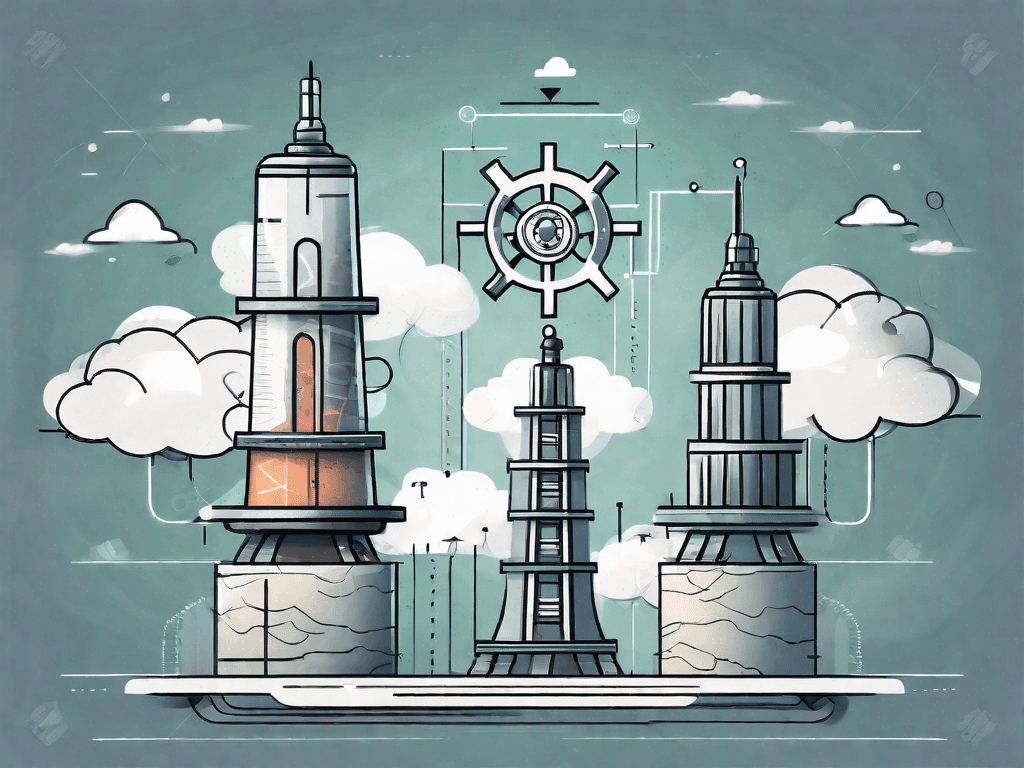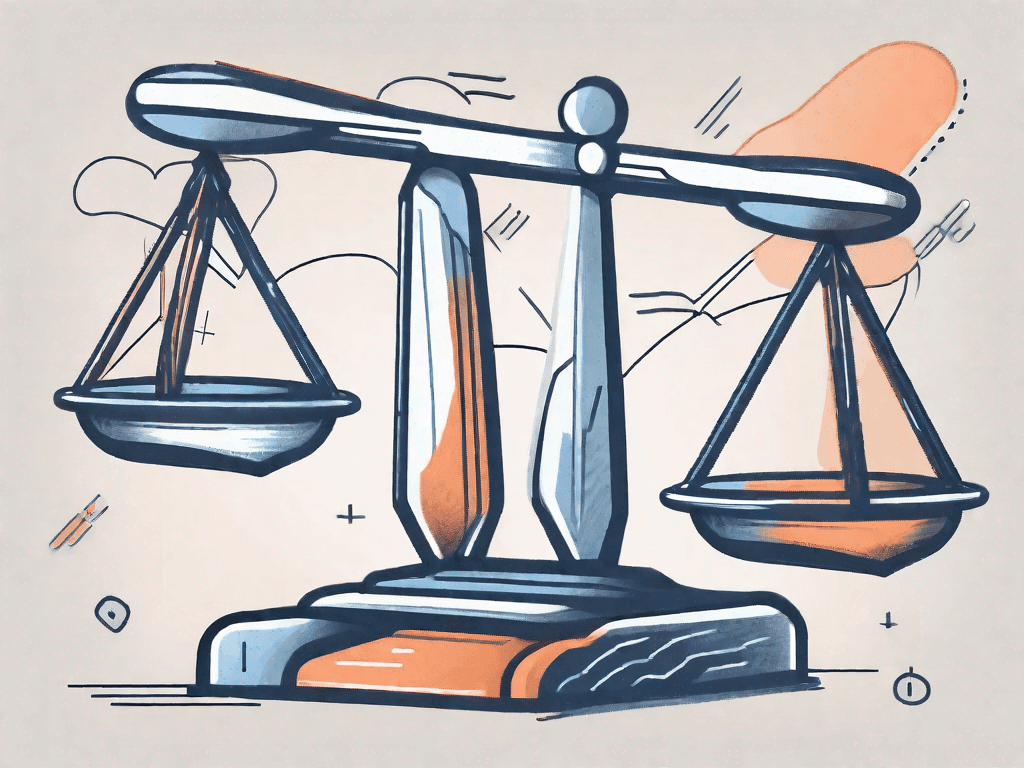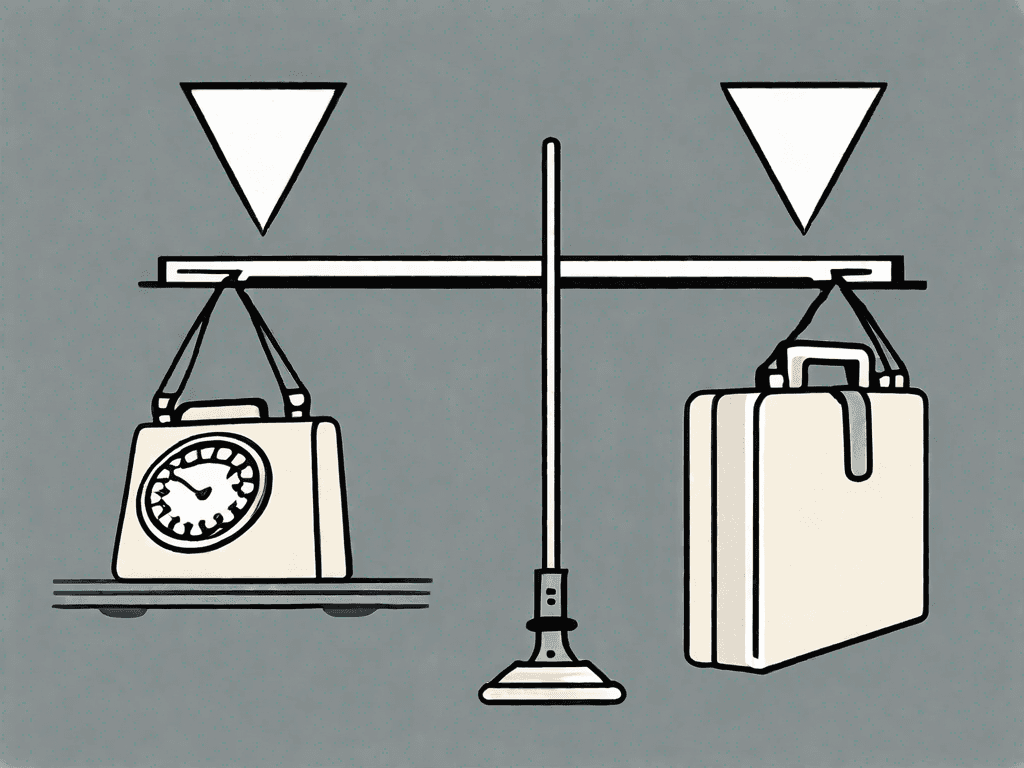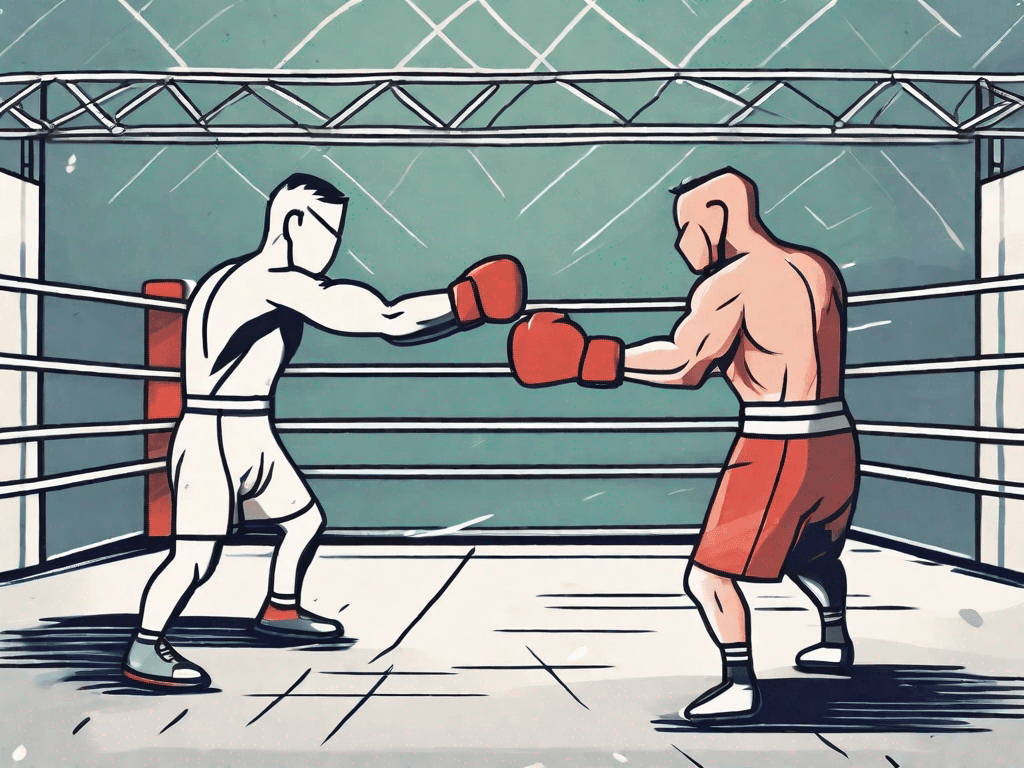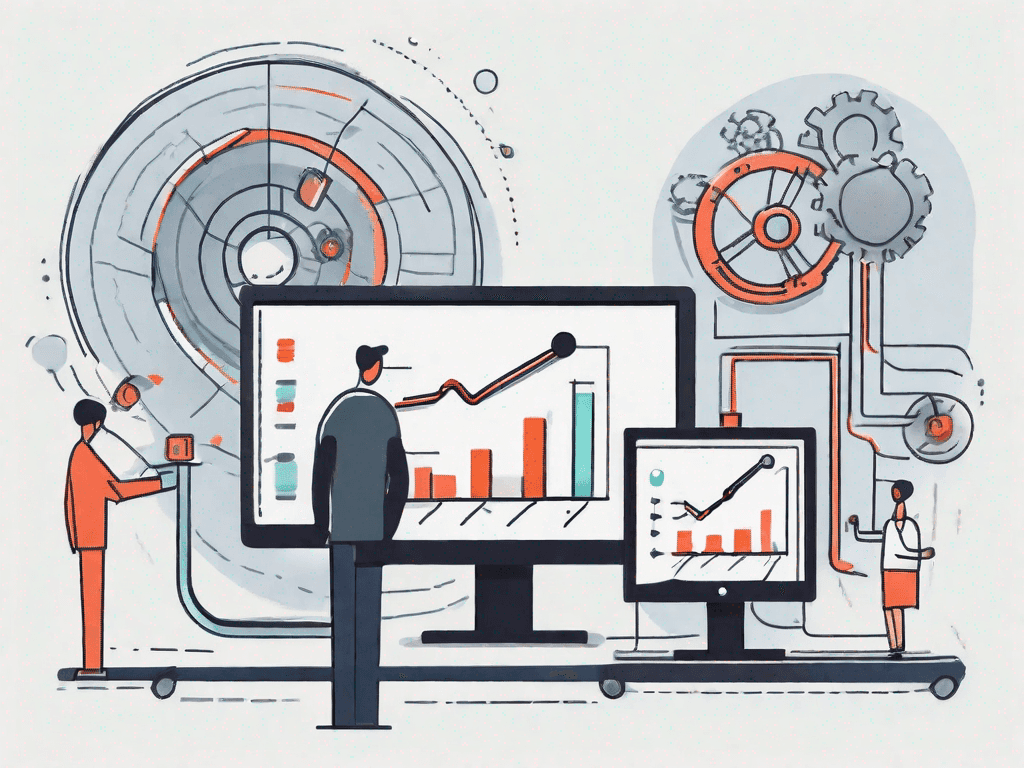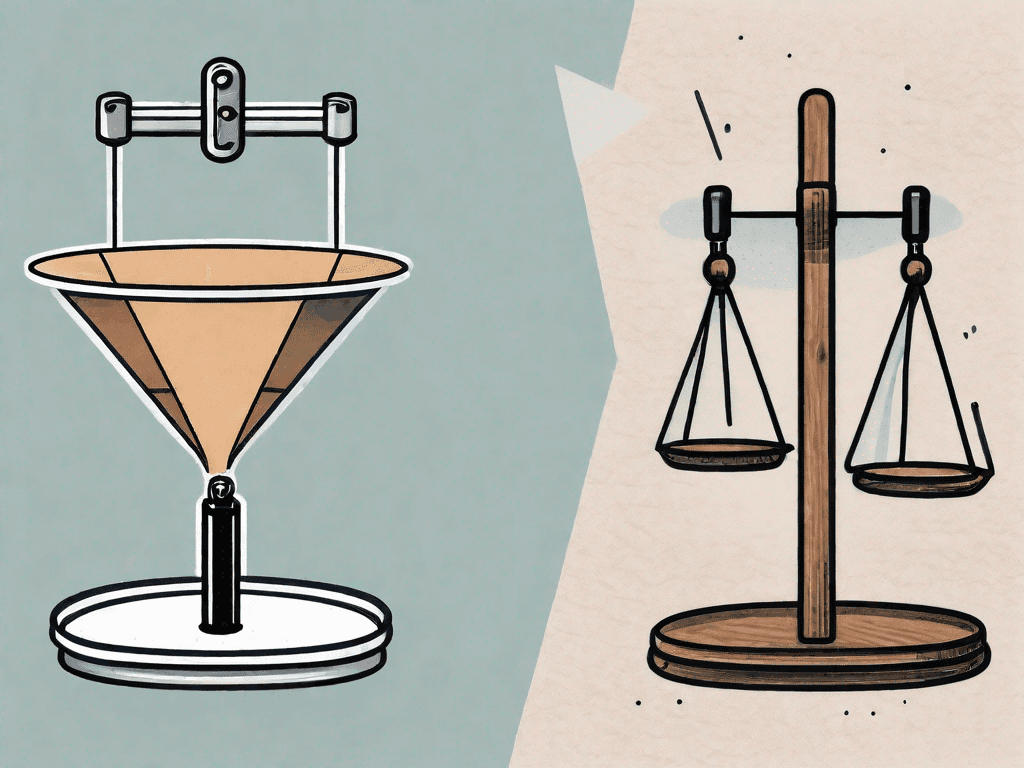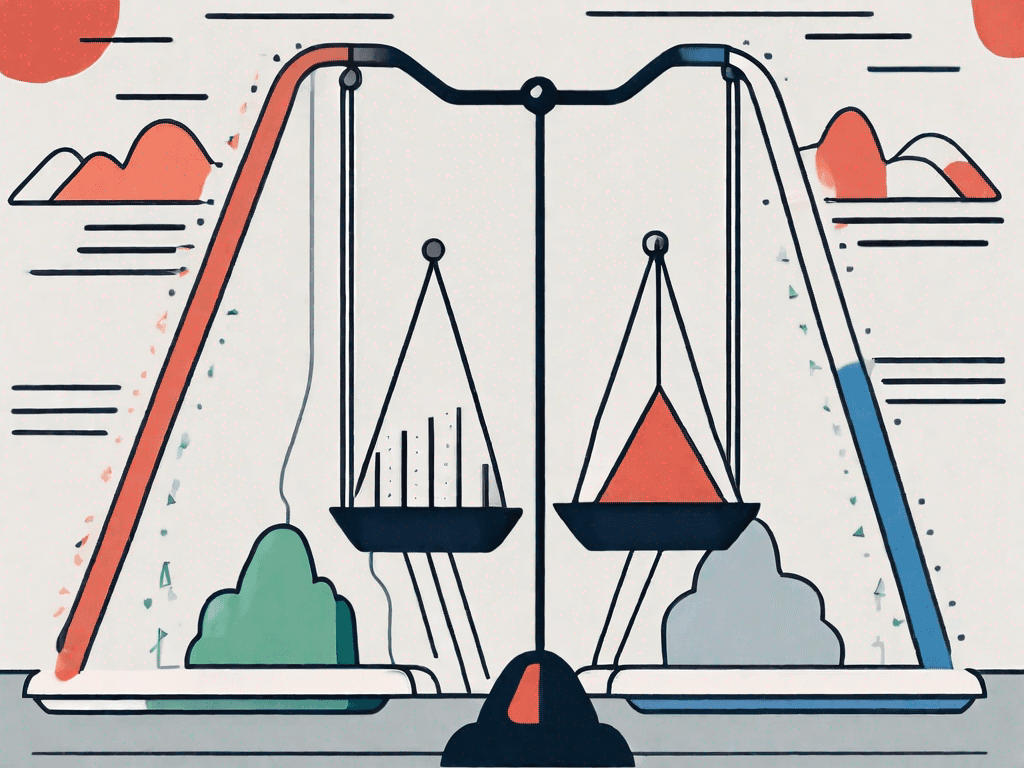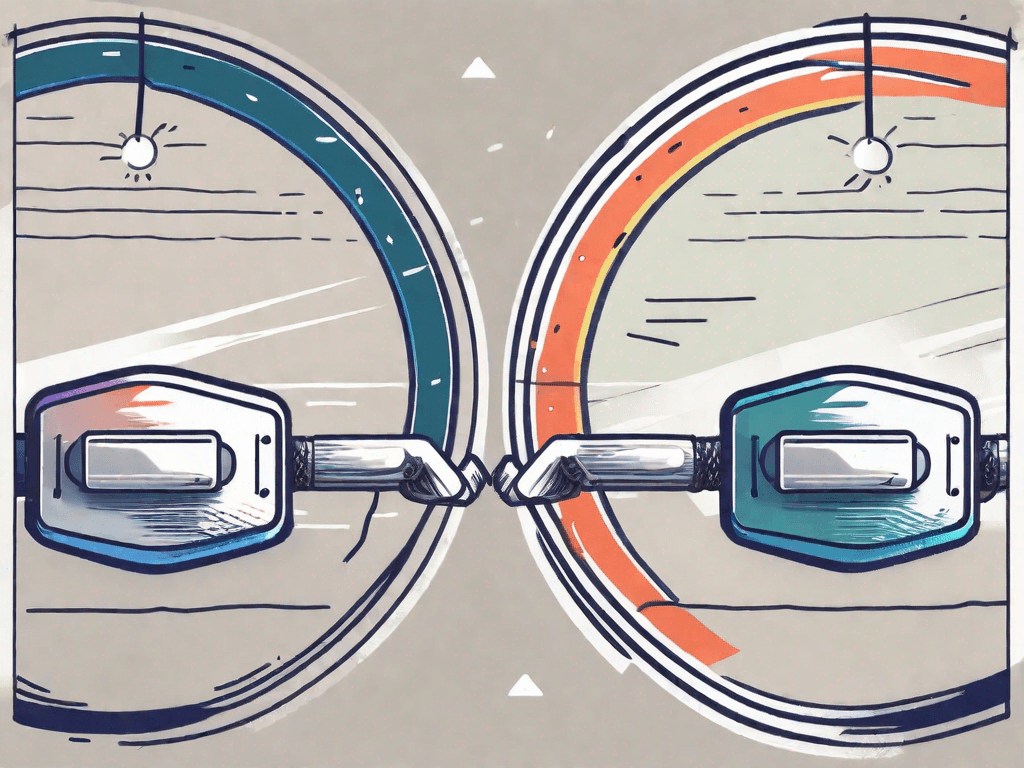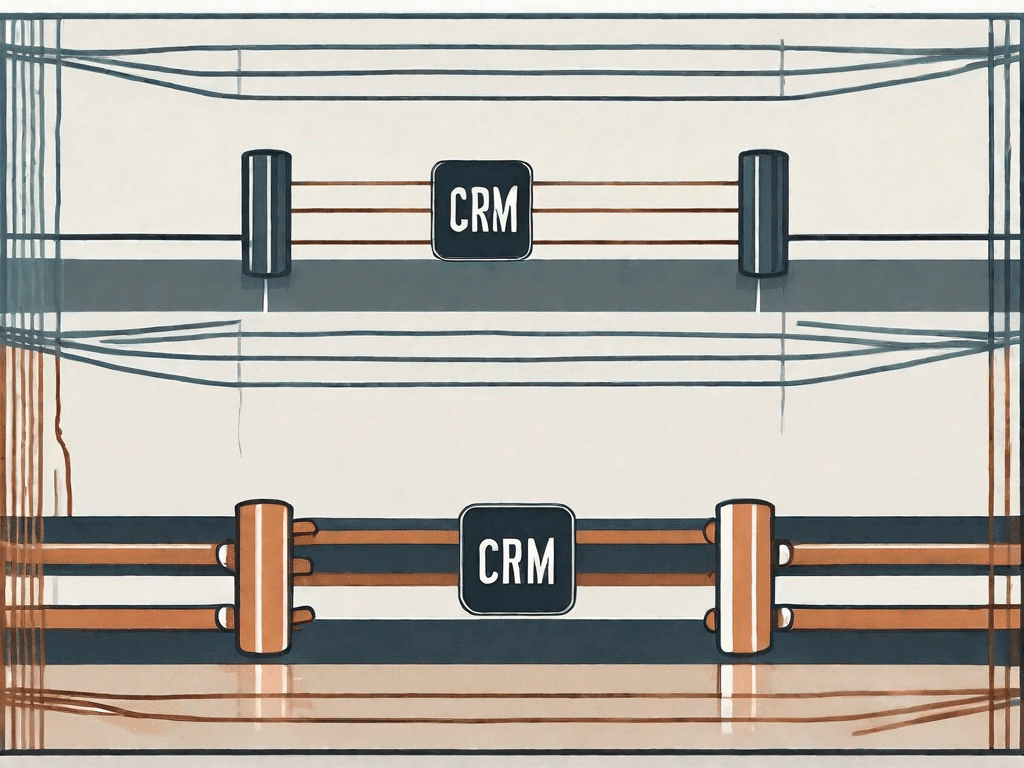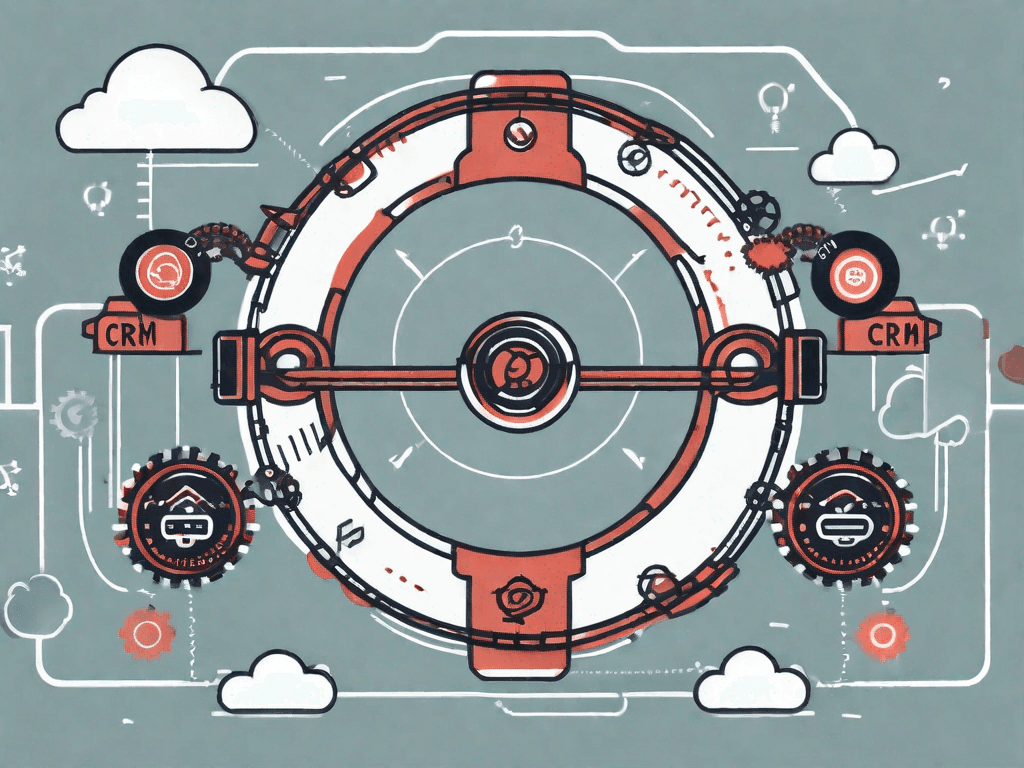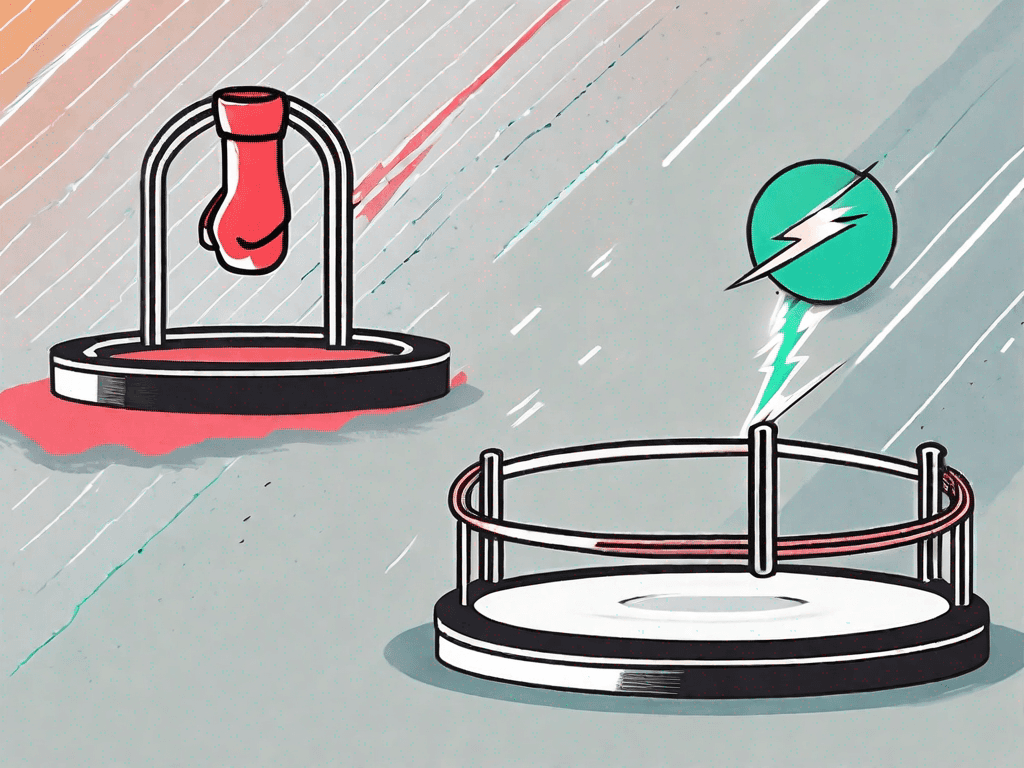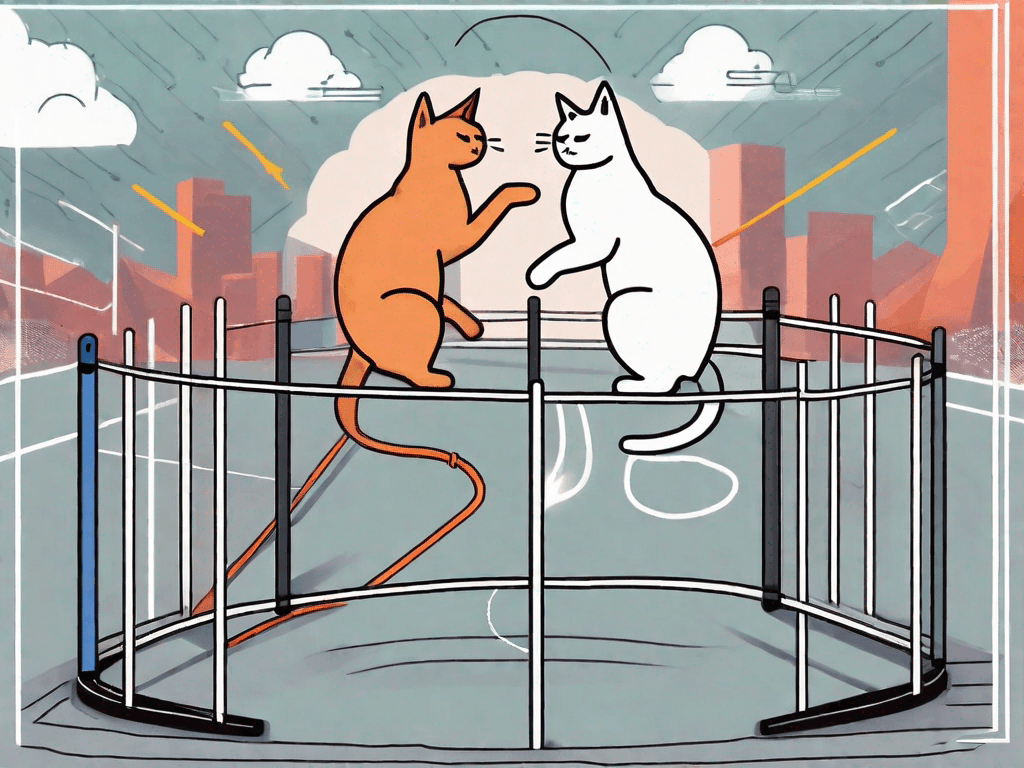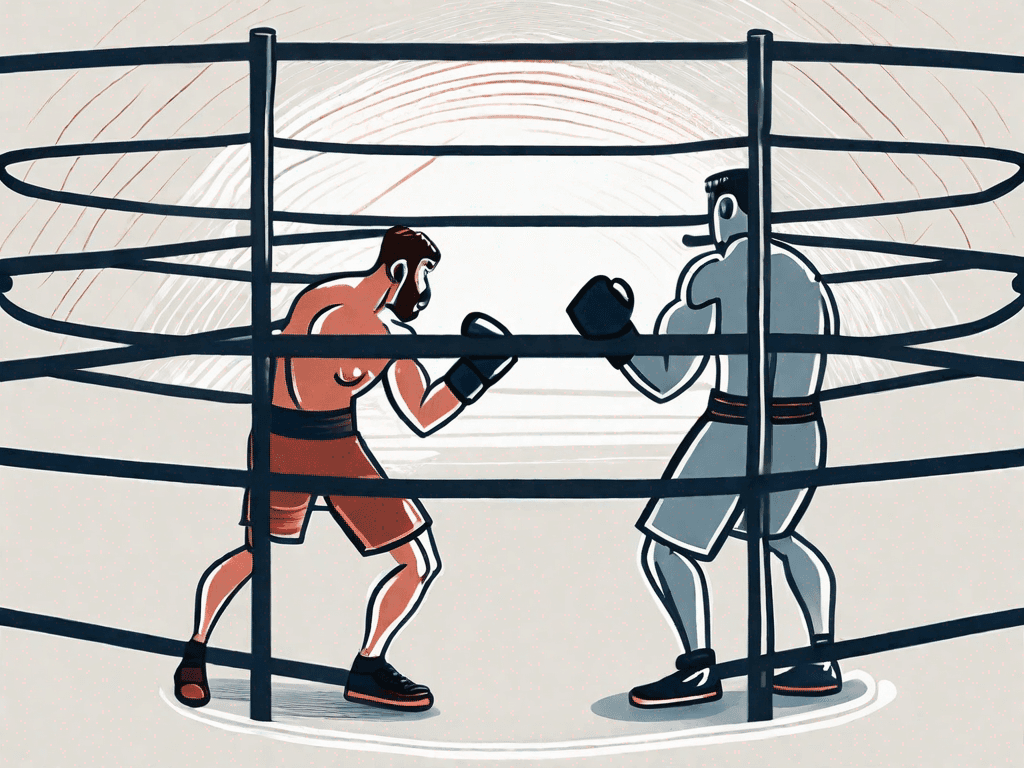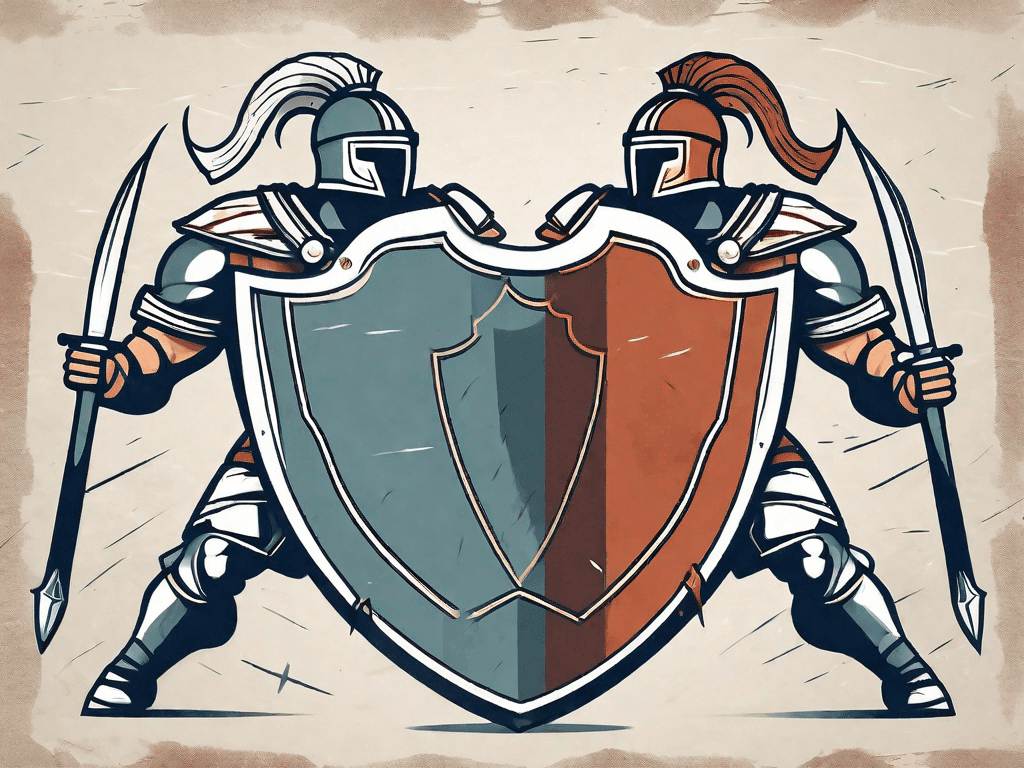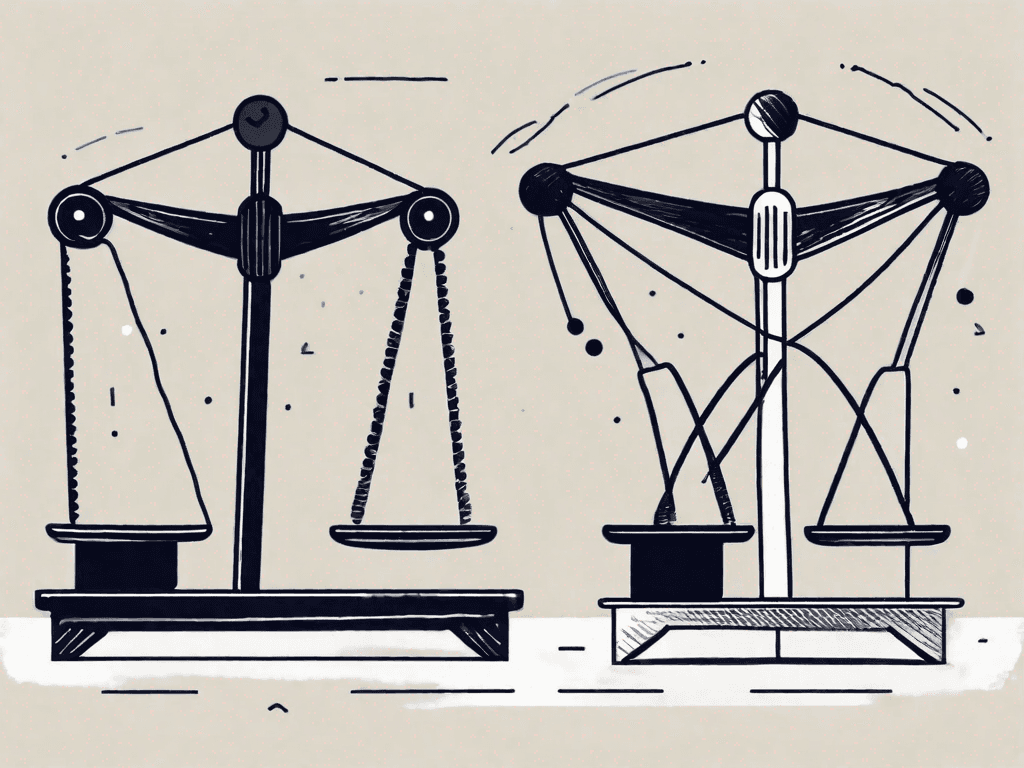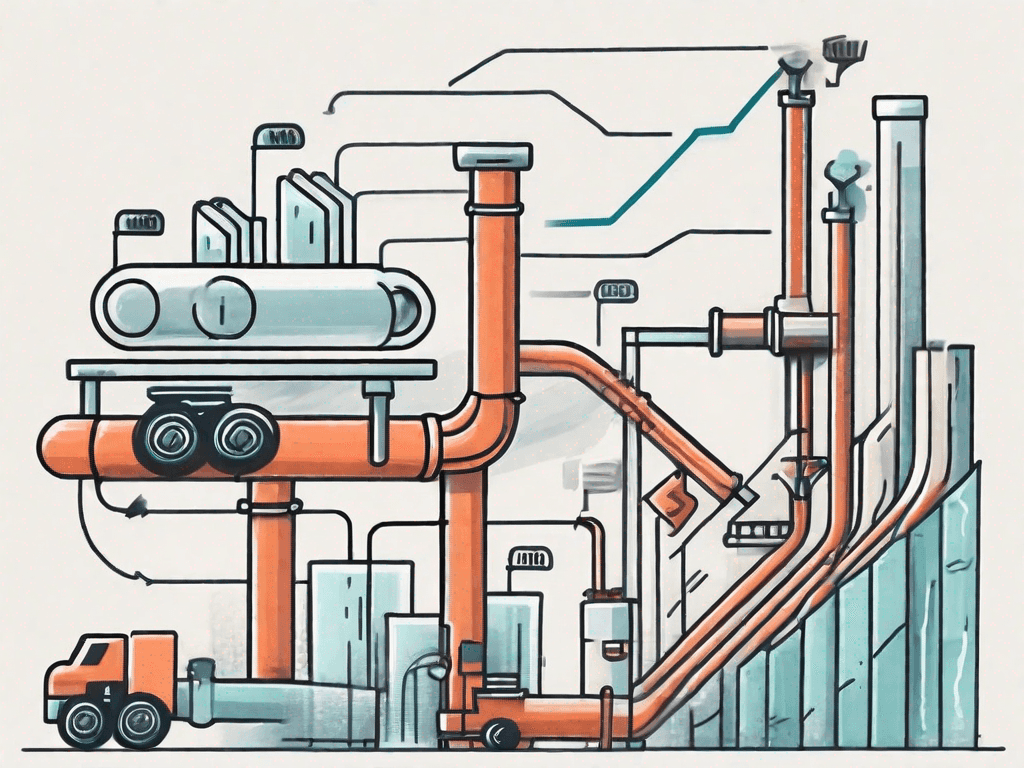
The Ideal Sales Pipeline Template for Direct Sales
In the competitive world of direct sales, having an efficient and effective sales pipeline is crucial. A well-designed sales pipeline can streamline your sales process, improve your conversion rates, and ultimately boost your revenue. In this article, we will explore the ideal sales pipeline template for direct sales and how it can benefit your business
The 7 Sales Pipeline Stages Direct Sales Should Have
Before diving into the specifics of the ideal sales pipeline template, let's take a look at the seven key stages that every direct sales pipeline should have:
Prospecting: This is the initial stage where you identify and target potential customers. It involves researching leads, reaching out to them, and collecting relevant information.During the prospecting stage, you utilize various strategies to find potential customers. This may include conducting market research to identify target demographics, utilizing social media platforms to engage with potential leads, and attending industry events to network and build connections. By investing time and effort into prospecting, you lay the foundation for a successful sales pipeline.
Qualification: In this stage, you evaluate the leads you have gathered to determine their potential as customers. You assess factors such as their needs, budget, and decision-making power.Qualification is a crucial step in the sales pipeline as it allows you to prioritize your efforts and focus on leads that have the highest likelihood of converting into customers. During this stage, you may conduct in-depth interviews, send out questionnaires, or analyze data to gain a deeper understanding of each lead's potential value to your business.
Needs Assessment: Once you have qualified a lead, you dive deeper to understand their specific needs and pain points. This stage involves active listening, asking probing questions, and gathering essential details.Needs assessment is all about understanding the unique challenges and goals of your potential customers. By actively listening to their concerns and asking relevant questions, you can gather valuable insights that will help you tailor your product or service to meet their specific needs. This stage requires empathy, effective communication, and the ability to uncover hidden pain points.
Product Presentation: At this stage, you present your product or service to the potential customer, highlighting how it can address their needs and solve their problems. This is an opportunity to showcase the value and benefits of your offering.The product presentation stage is where you demonstrate the value proposition of your product or service. You showcase its features, explain how it works, and highlight the benefits it can bring to the customer's life or business. This stage requires effective communication skills, persuasive storytelling, and the ability to connect the features of your offering to the specific needs of the customer.
Objection Handling: It's common for prospects to raise objections or express concerns during the sales process. In this stage, you address these objections head-on and provide persuasive responses to overcome any hesitations or doubts.Objections are a natural part of the sales process and should be seen as an opportunity to address any concerns that potential customers may have. By actively listening to objections and providing well-thought-out responses, you can build trust and credibility with your prospects. This stage requires empathy, product knowledge, and the ability to handle objections in a confident and persuasive manner.
Closing: This is the stage where you ask for the sale or commitment from the prospect. It involves negotiation, handling any remaining objections, and finalizing the terms and conditions.The closing stage is where all your efforts culminate in asking the prospect to make a decision. This may involve negotiating the terms of the sale, addressing any final objections or concerns, and finalizing the agreement. This stage requires strong negotiation skills, the ability to handle objections with finesse, and a clear understanding of the terms and conditions of the sale.
Follow-up: Even after closing the sale, your job isn't done. Follow-up is crucial for maintaining customer relationships, addressing any post-sale concerns, and seeking opportunities for upselling or referrals.Follow-up is an essential stage in the sales pipeline as it allows you to nurture the customer relationship and ensure customer satisfaction. By staying in touch with your customers, addressing any post-sale concerns, and seeking opportunities for upselling or referrals, you can maximize the lifetime value of each customer. This stage requires excellent customer service skills, relationship-building abilities, and a proactive approach to maintaining long-term customer loyalty.
These seven stages form the backbone of a well-structured direct sales pipeline. Each stage plays a vital role in guiding your prospects through the buying journey, from initial contact to closing the deal.
Example of the Customer Journey in a Sales Pipeline for Direct Sales Step-by-Step
Now that we have an understanding of the key stages, let's delve into an example of how a customer might progress through a sales pipeline for direct sales. Keep in mind that the actual customer journey can vary depending on your industry, target audience, and specific sales process.
Prospecting: You identify a potential customer through various channels, such as networking events or online platforms.
Qualification: You gather basic information about the prospect and determine if they meet your ideal customer criteria.
Needs Assessment: You conduct a discovery call or meeting with the prospect to understand their pain points and specific requirements.
Product Presentation: Armed with the insights from the needs assessment, you tailor your product presentation to address the prospect's specific needs.
Objection Handling: The prospect expresses concerns about the price, implementation process, or competitor offerings. You address these concerns and provide compelling arguments to ease their worries.
Closing: After several rounds of negotiations and adjustments, both parties reach an agreement, and the prospect becomes a customer.
Follow-up: You maintain regular communication with the customer, ensuring their satisfaction, addressing any issues, and exploring opportunities for repeat business or referrals.
This step-by-step example highlights how each stage of the sales pipeline contributes to guiding a prospect from initial contact to a closed deal. By following a structured approach, you can increase your chances of converting prospects into satisfied customers.
Why Direct Sales Need This Sales Pipeline Template?
Having a well-defined sales pipeline template tailored to direct sales can bring numerous benefits to your business. Let's explore two key advantages:
1. You'll save time in direct sales activities.
By following a standardized sales pipeline template, you can streamline your sales activities and eliminate unnecessary steps or inefficiencies. The template provides a clear roadmap for your sales team to follow, ensuring consistent and effective execution. The result is a more efficient sales process that optimizes your team's time and maximizes their productivity.
2. You'll grow revenues faster by excelling in direct sales.
A well-structured sales pipeline allows you to identify and address potential bottlenecks or areas for improvement in your sales process. By continuously analyzing and refining your pipeline, you can optimize each stage to enhance customer engagement, increase conversion rates, and accelerate sales cycles. This ultimately leads to faster revenue growth and a competitive edge in the direct sales industry.
Implementing the ideal sales pipeline template for direct sales can make a significant difference in your business's success. By understanding the seven key stages, visualizing the customer journey, and leveraging the advantages of a structured pipeline, you can drive higher conversion rates, boost revenue, and excel in the world of direct sales.



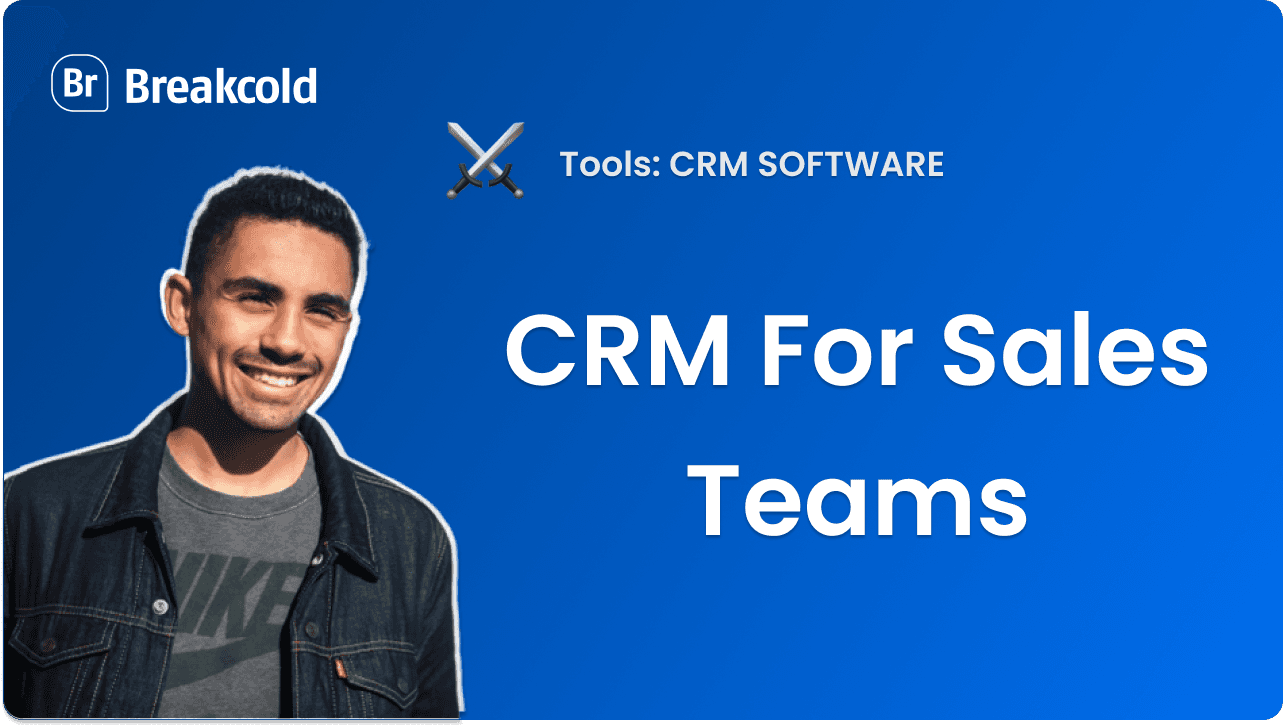
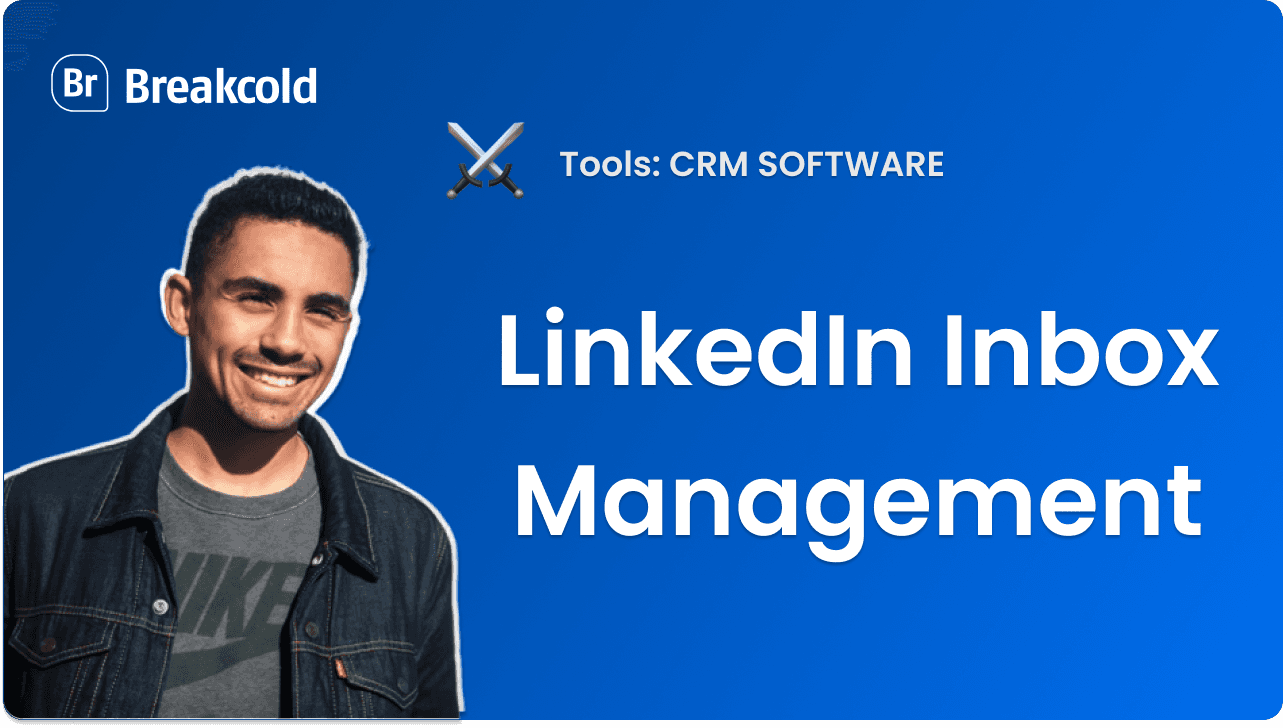



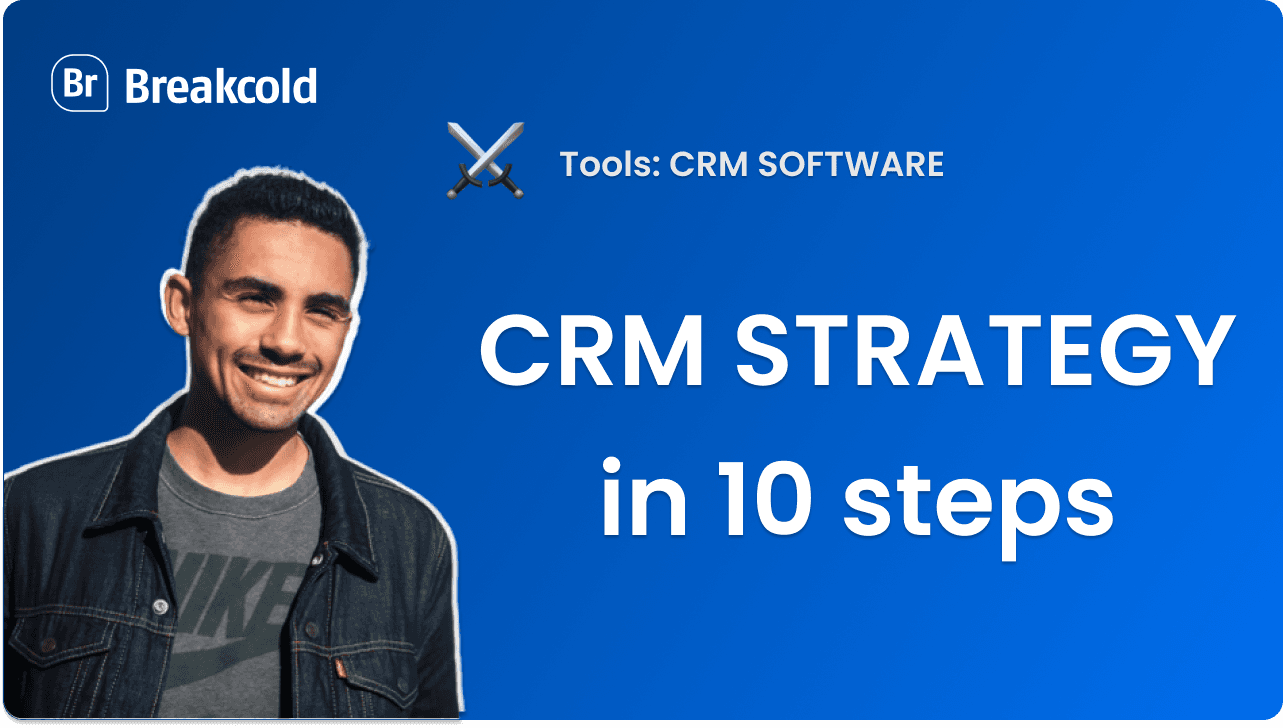
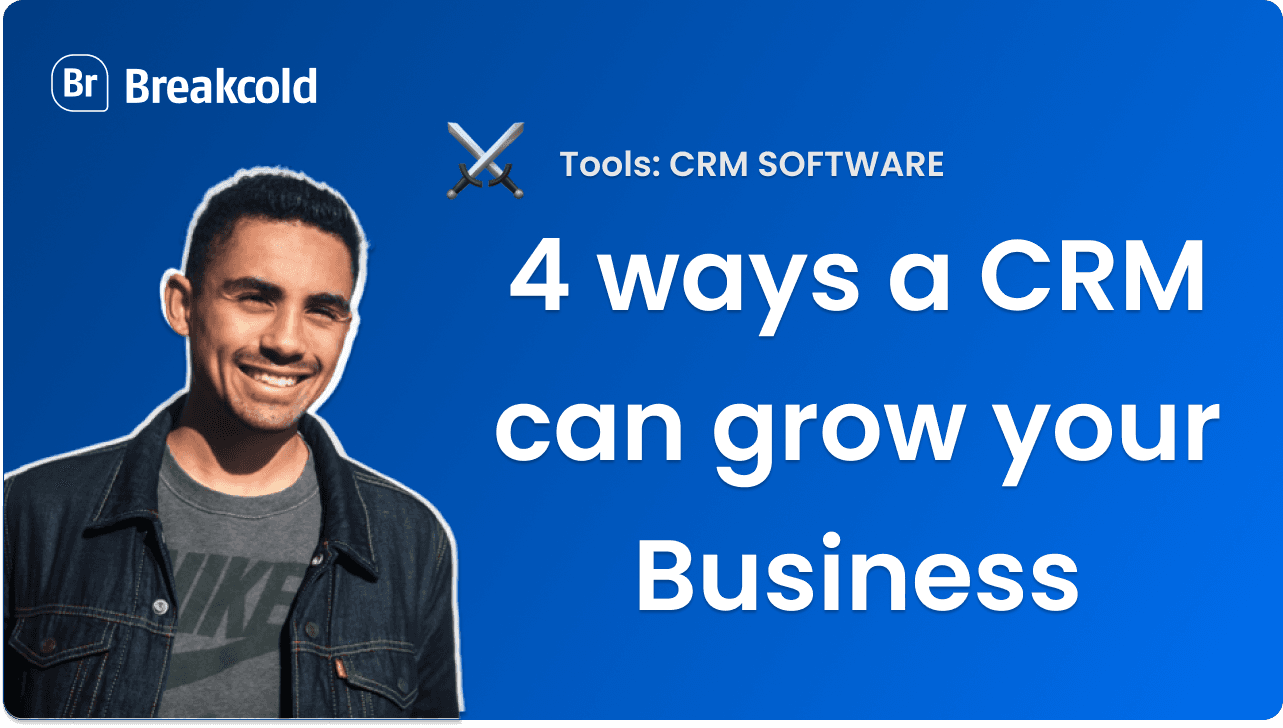

![The 8 Best Social CRM Software in 2025 [Comparison]](https://framerusercontent.com/images/RYHyYapdgIi83BEWtMdX418.png)
![The 6 Best LinkedIn CRM in 2025 [Comparison]](https://framerusercontent.com/images/Luywfni7ZKjb19yghbhNPy4I4qQ.png)
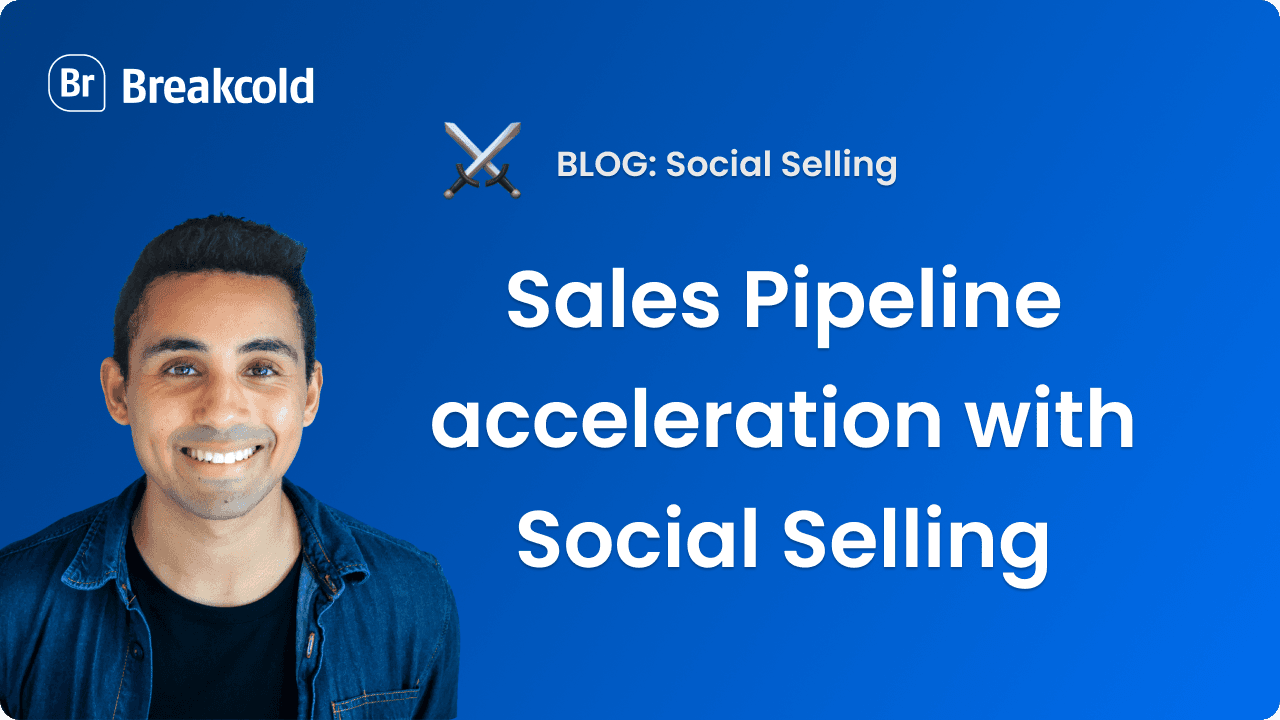

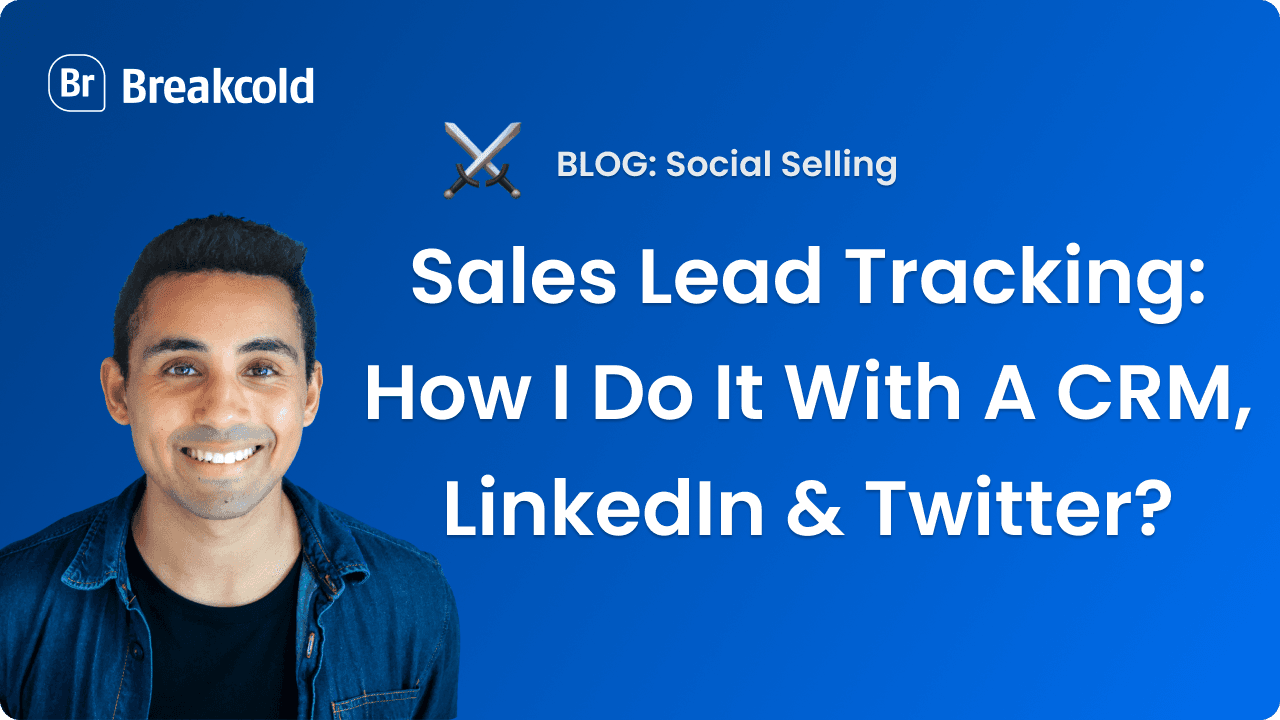

![The 5 Best Twitter CRM [Comparison]](https://framerusercontent.com/images/EWcbvYnVZglJLO8jp3OlHkTvsHo.png)

